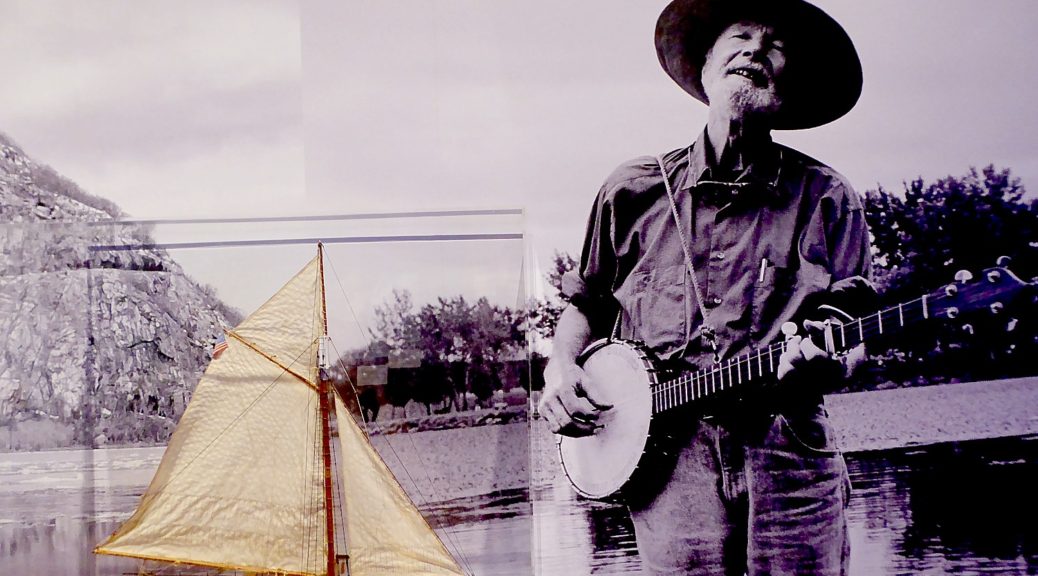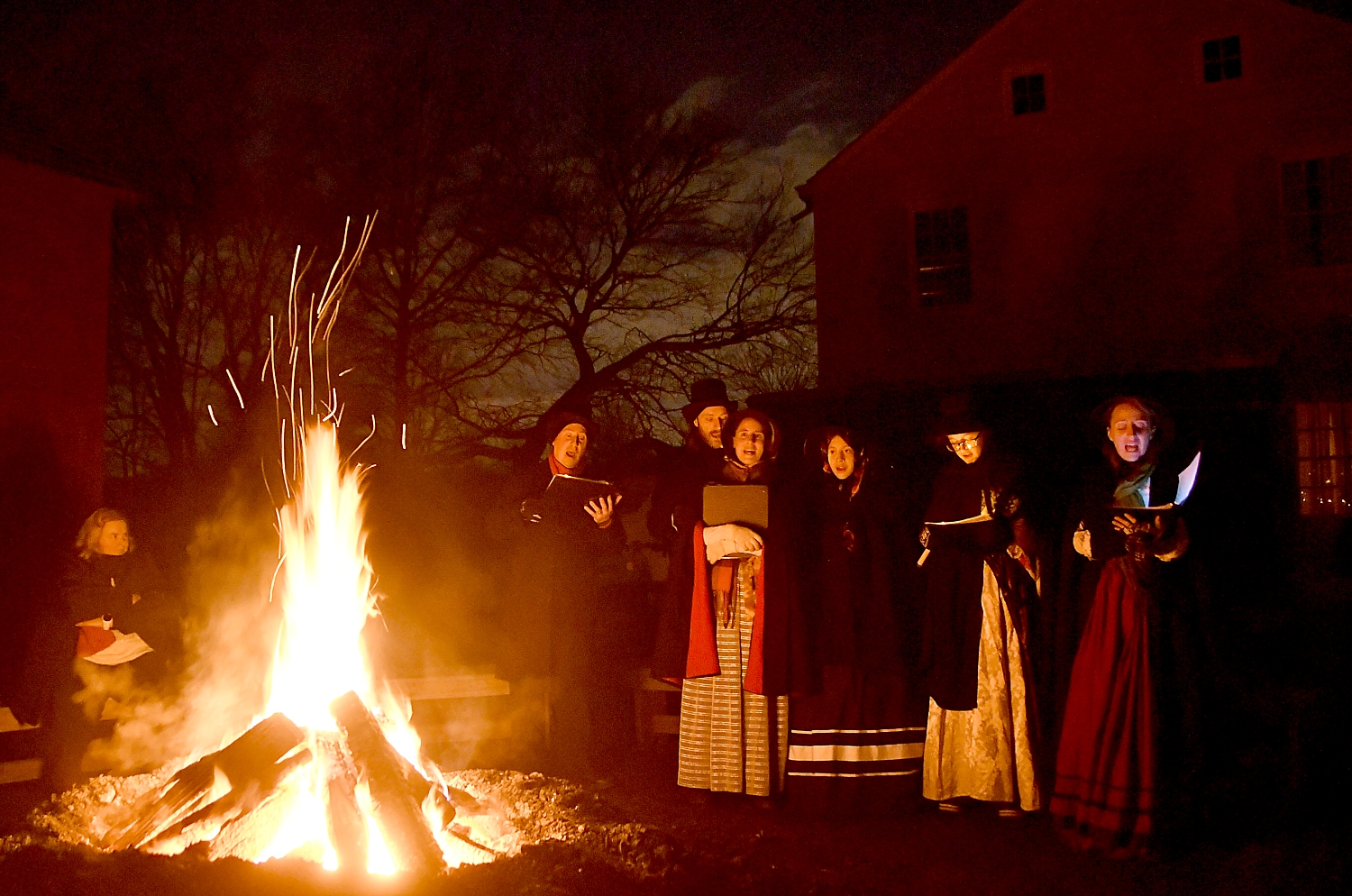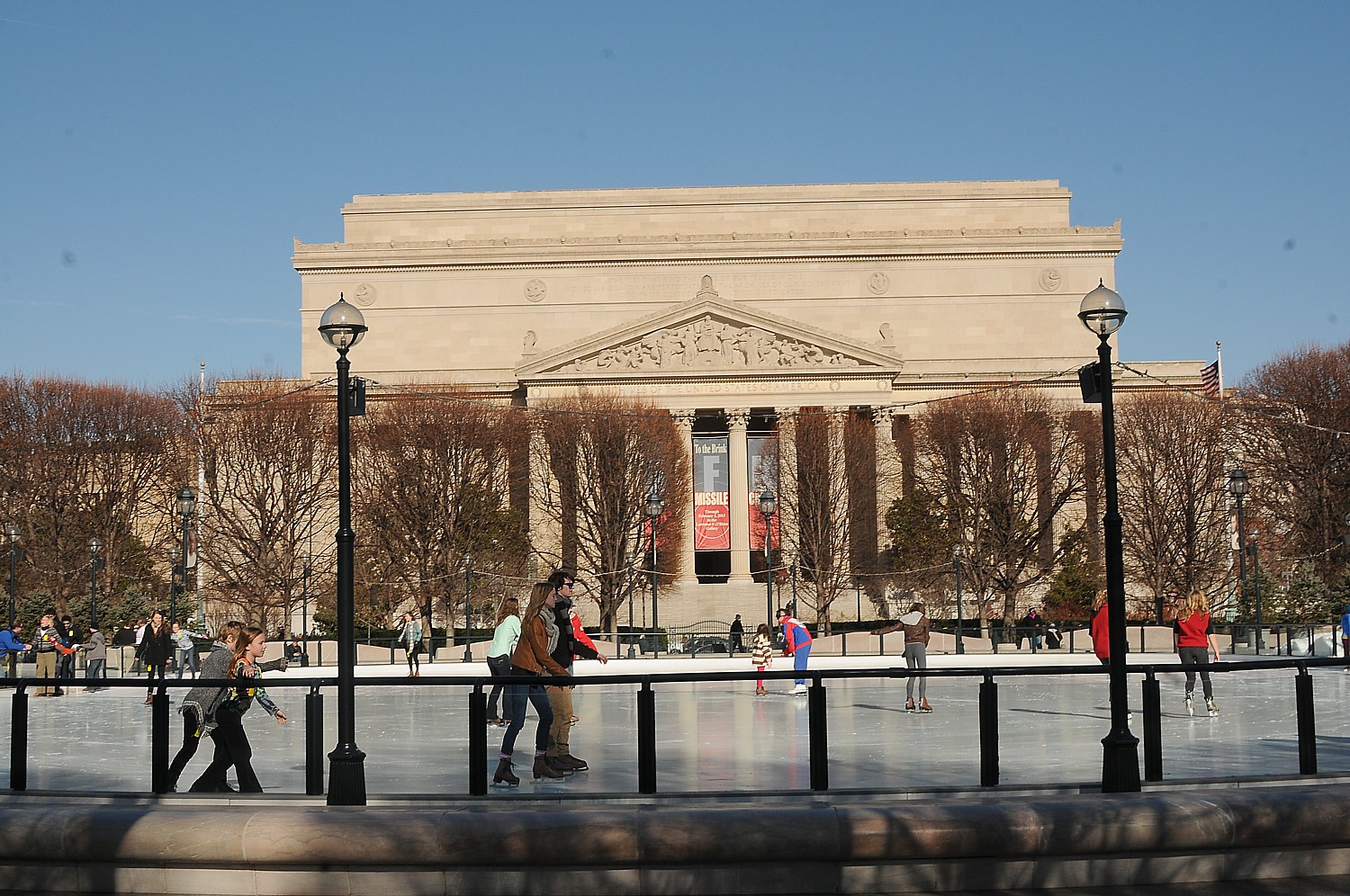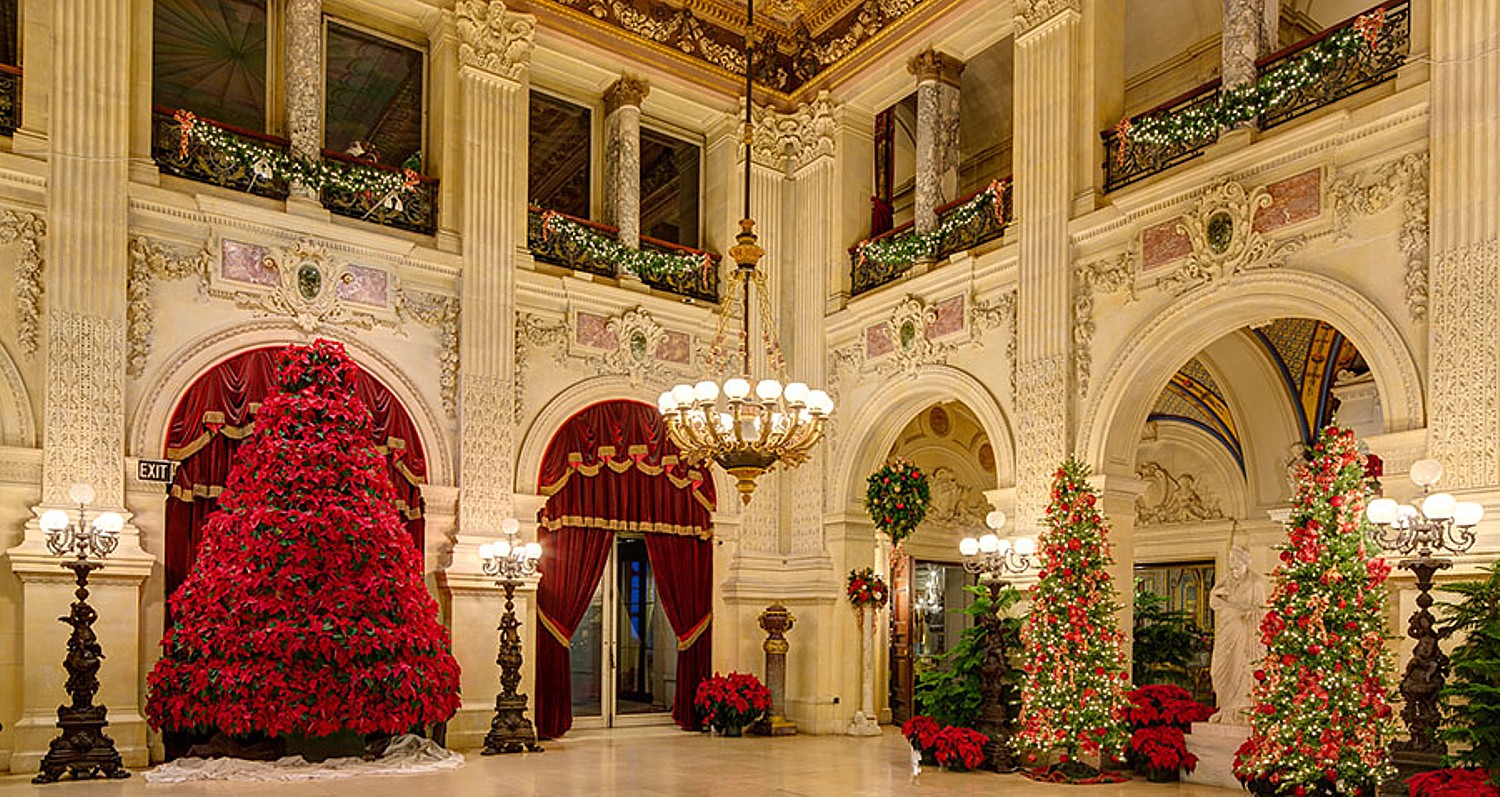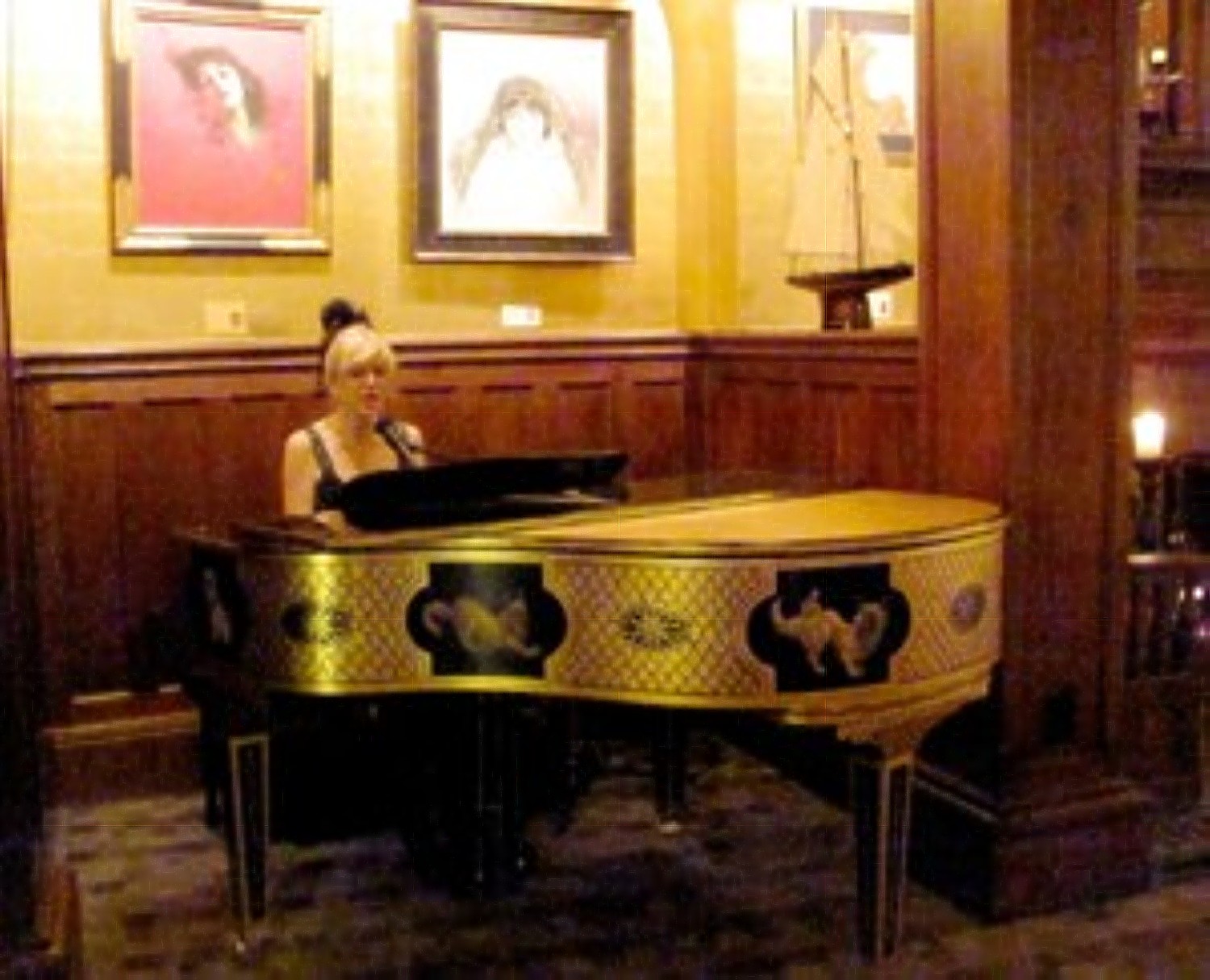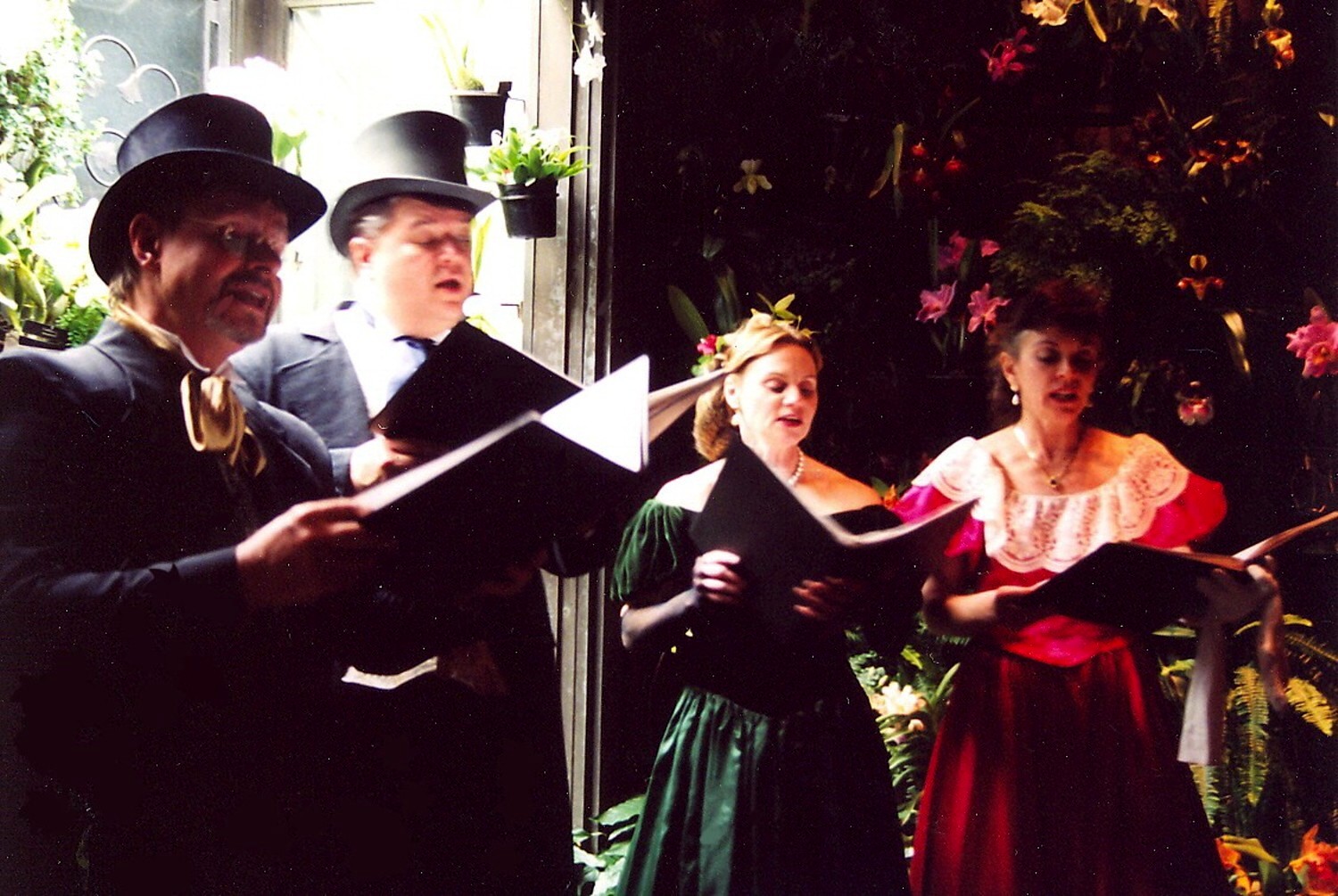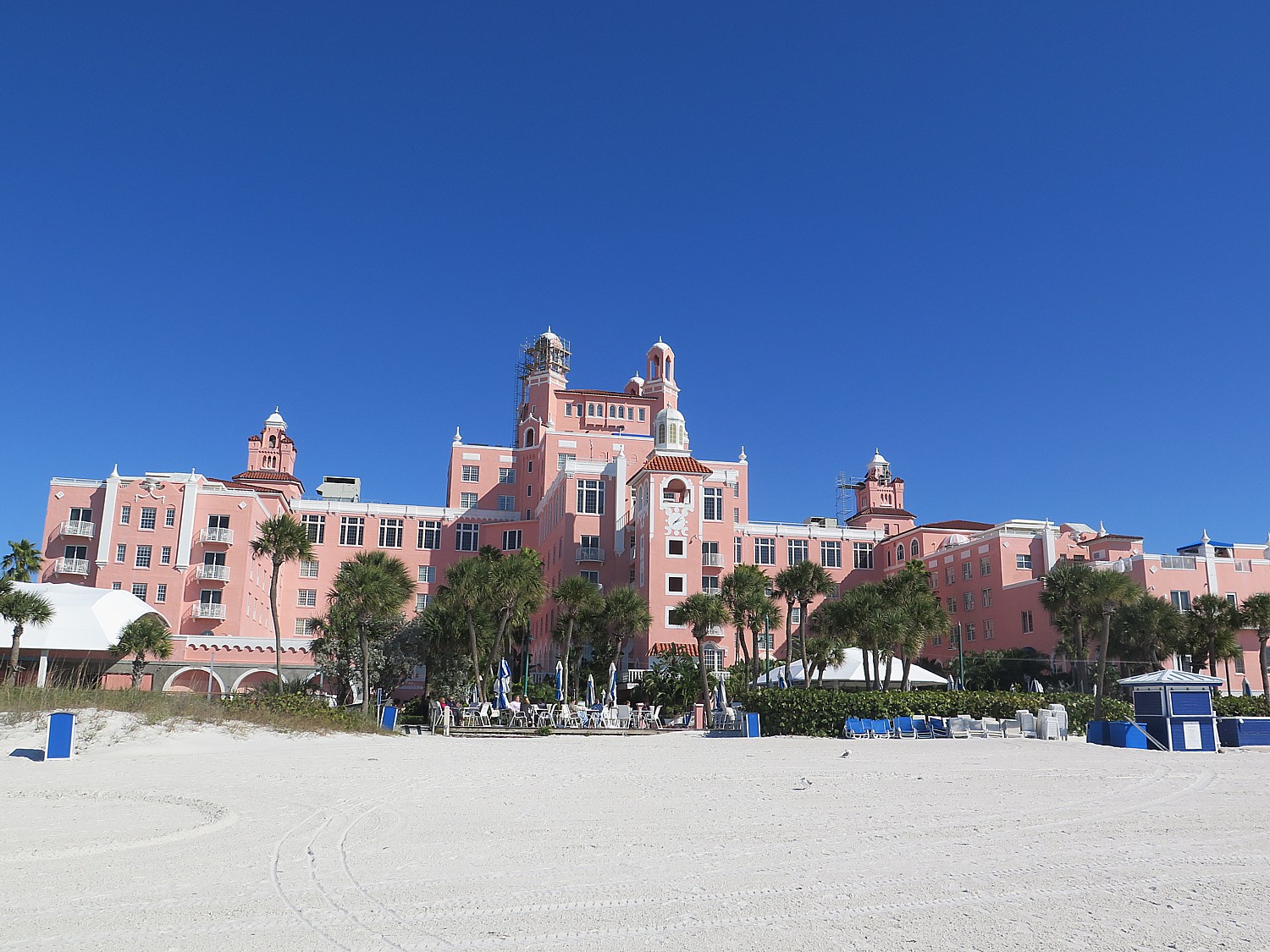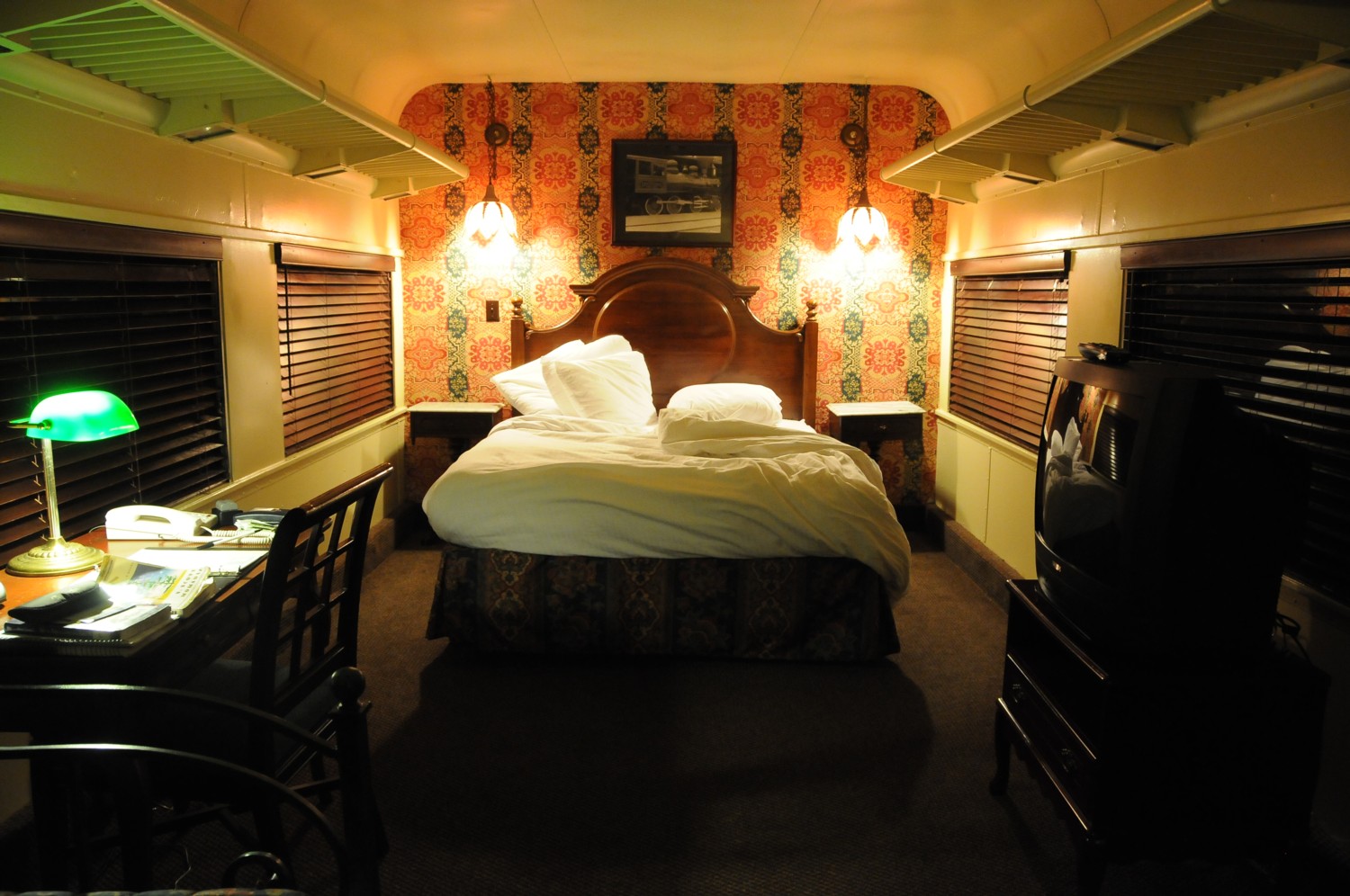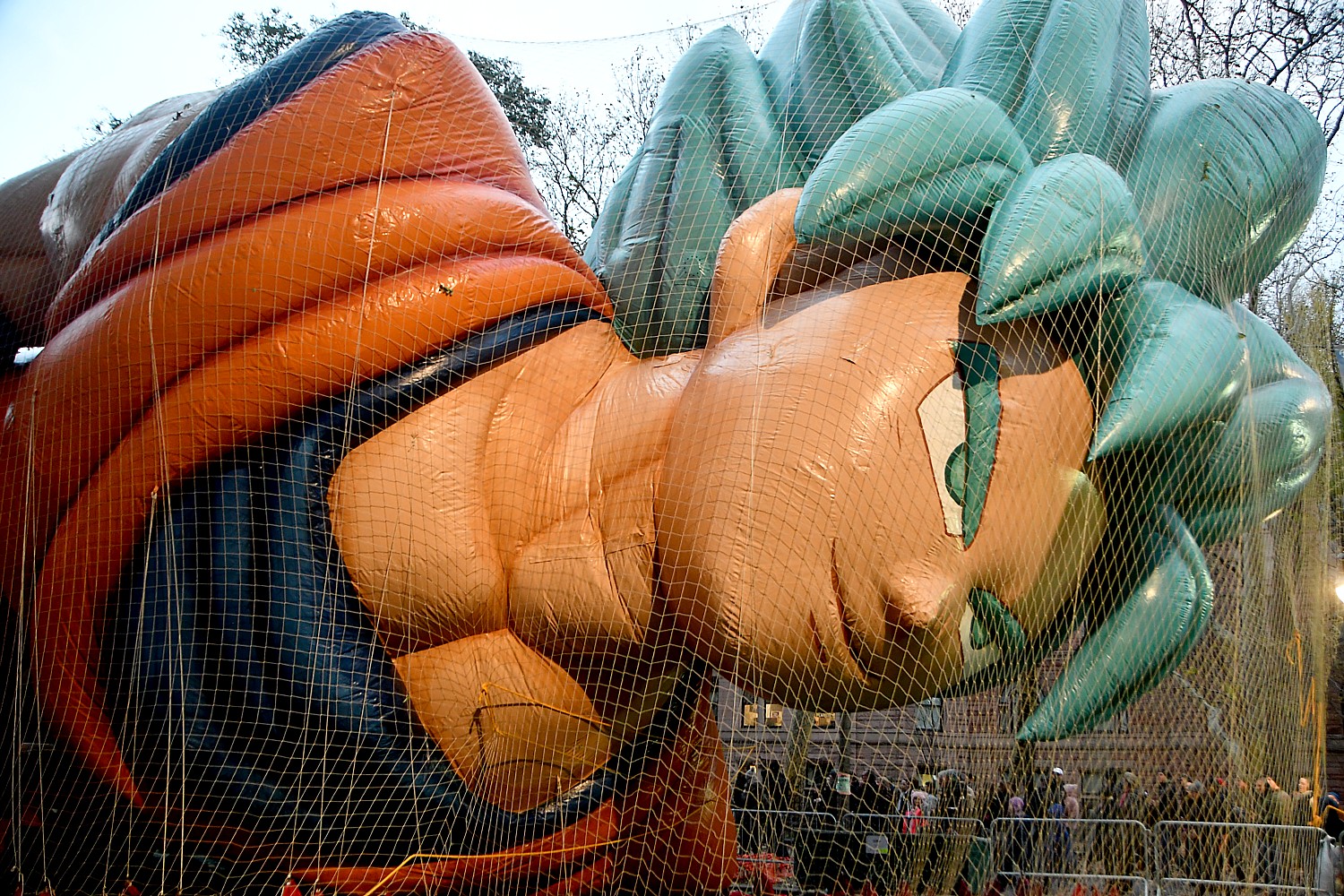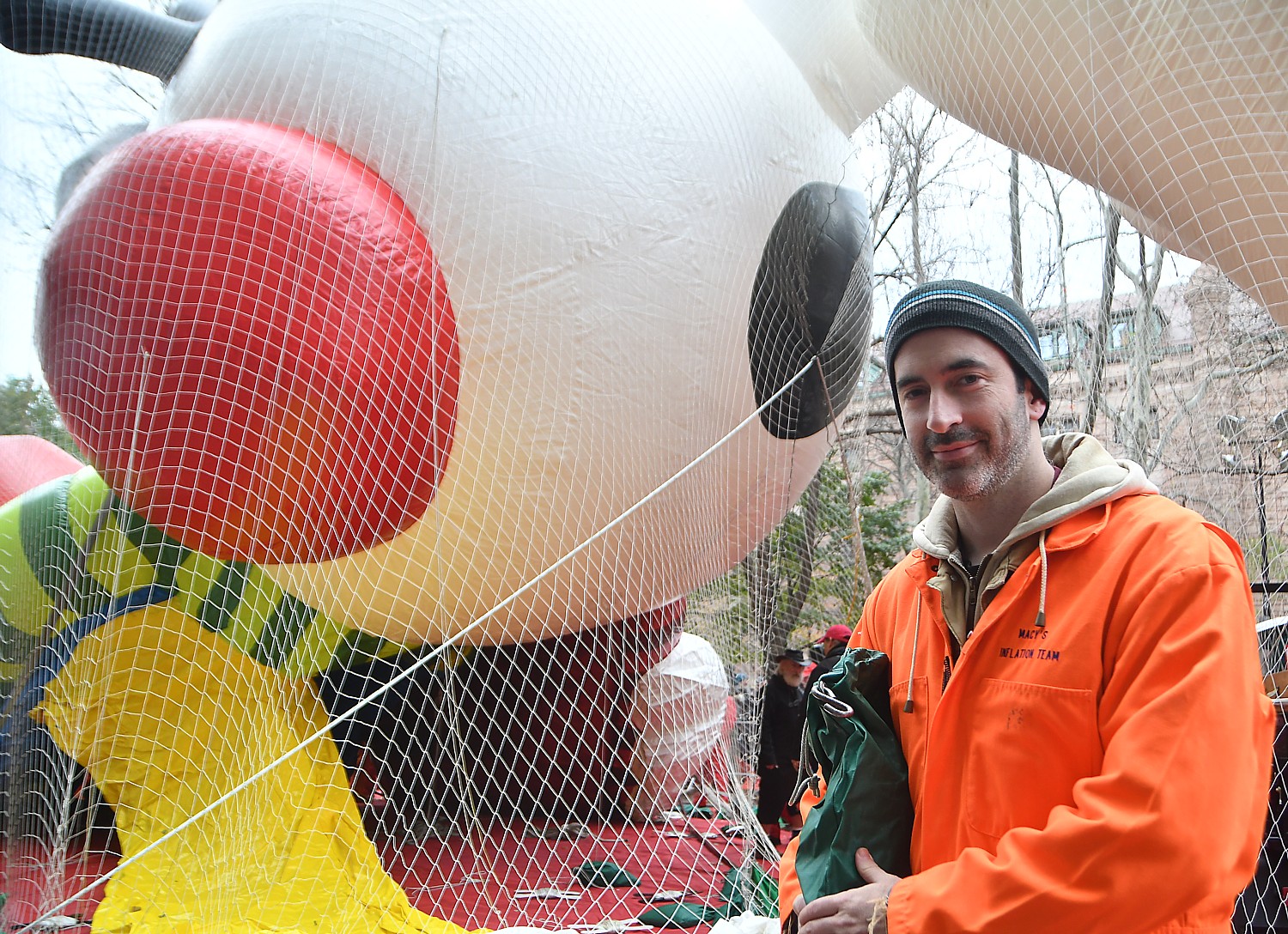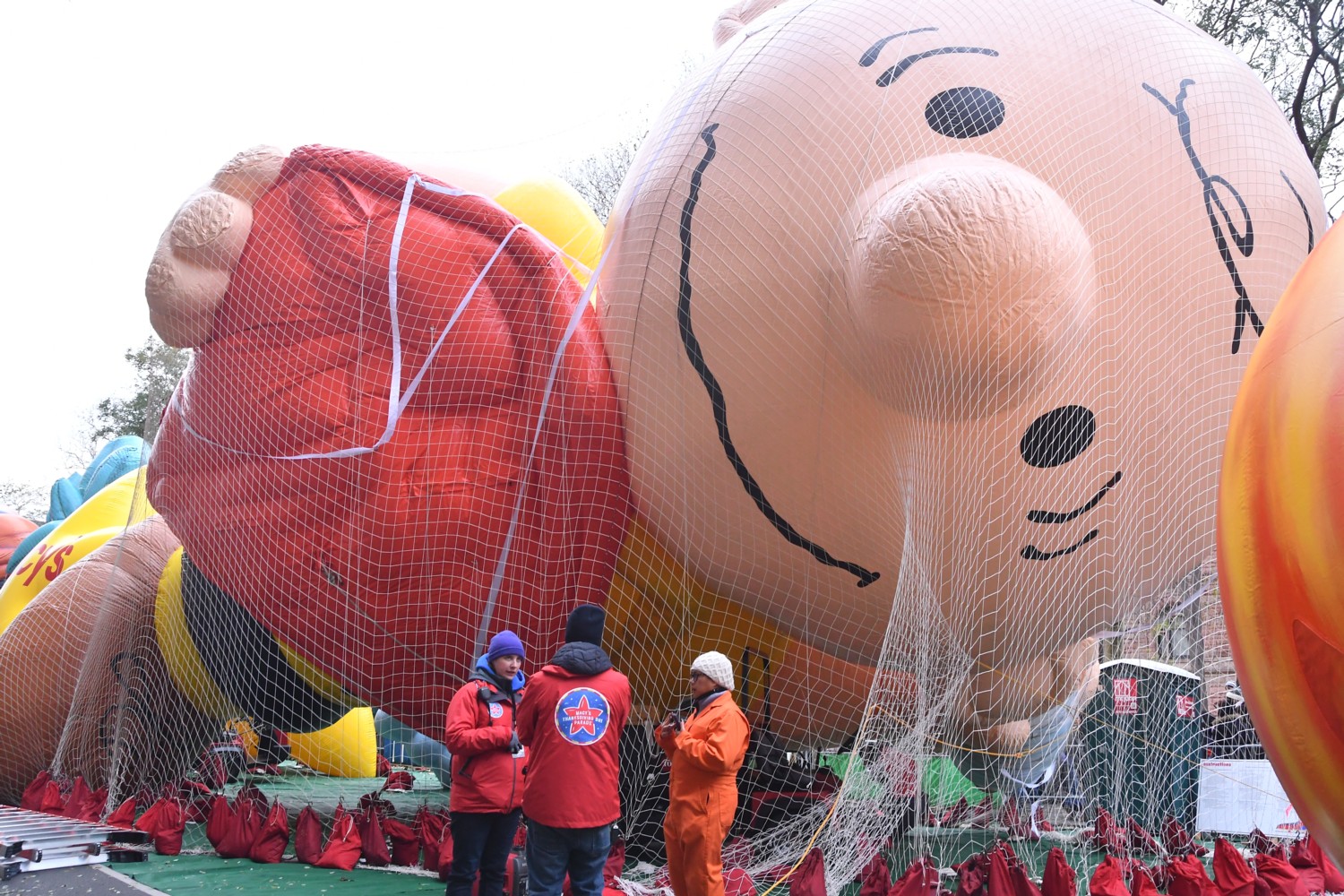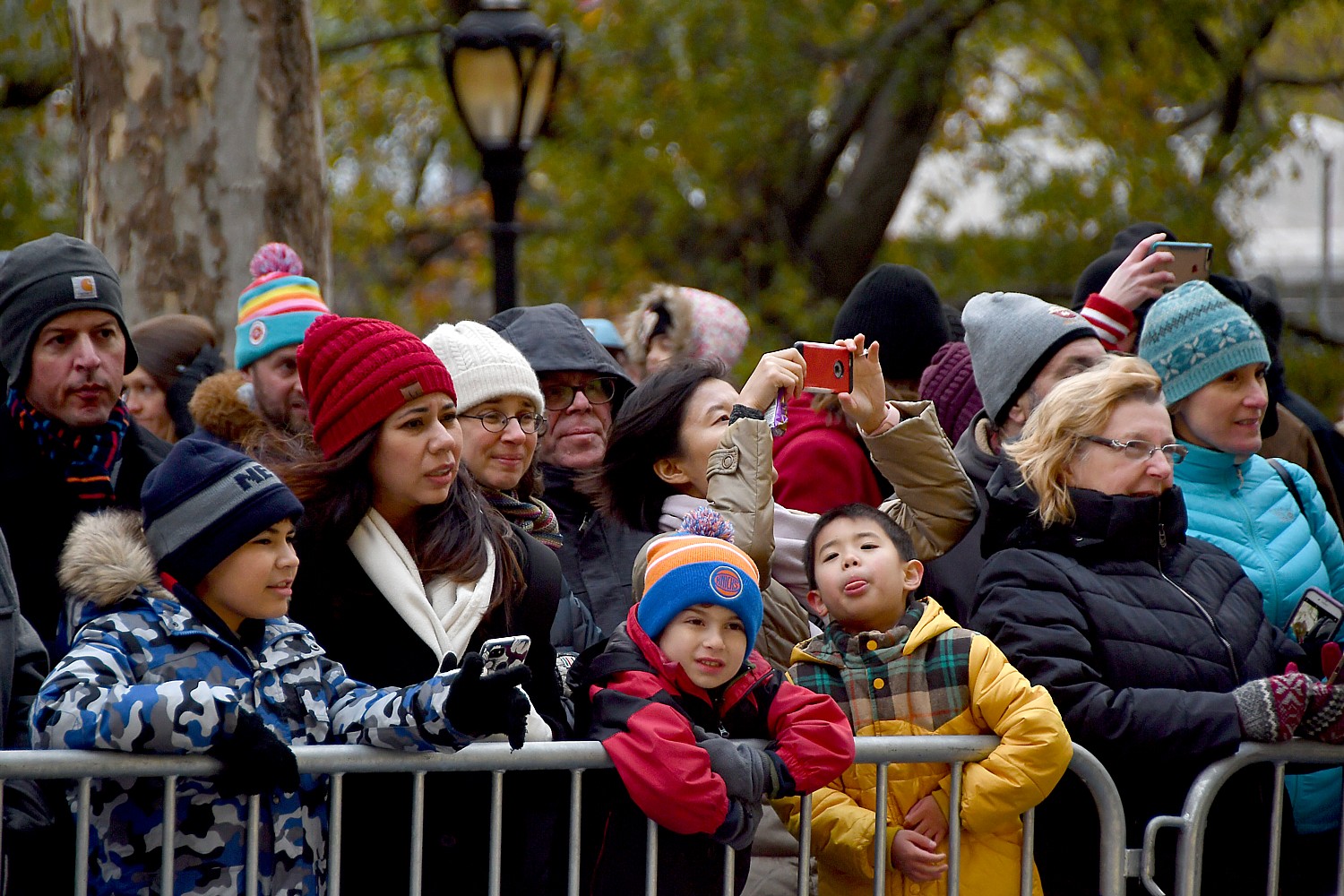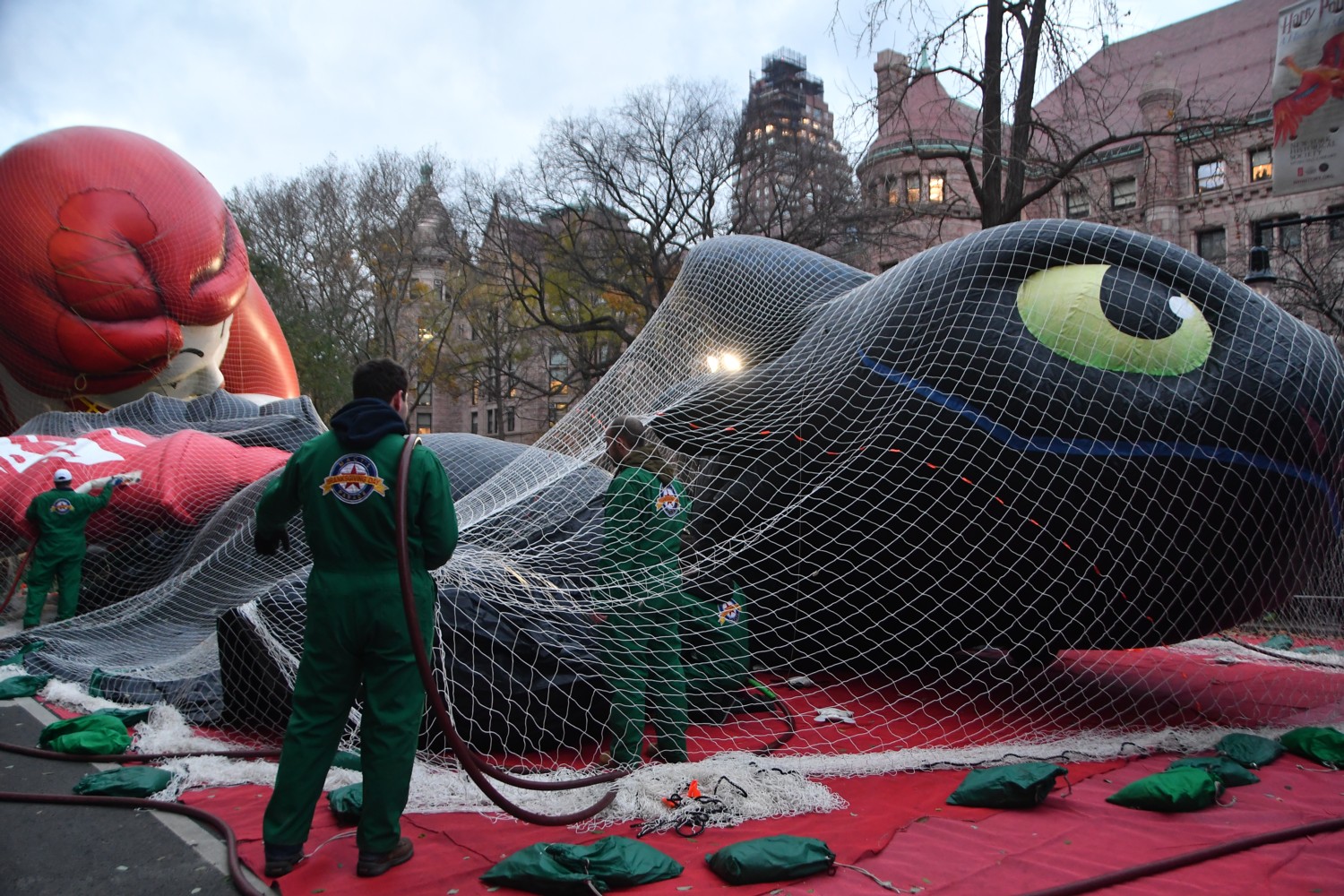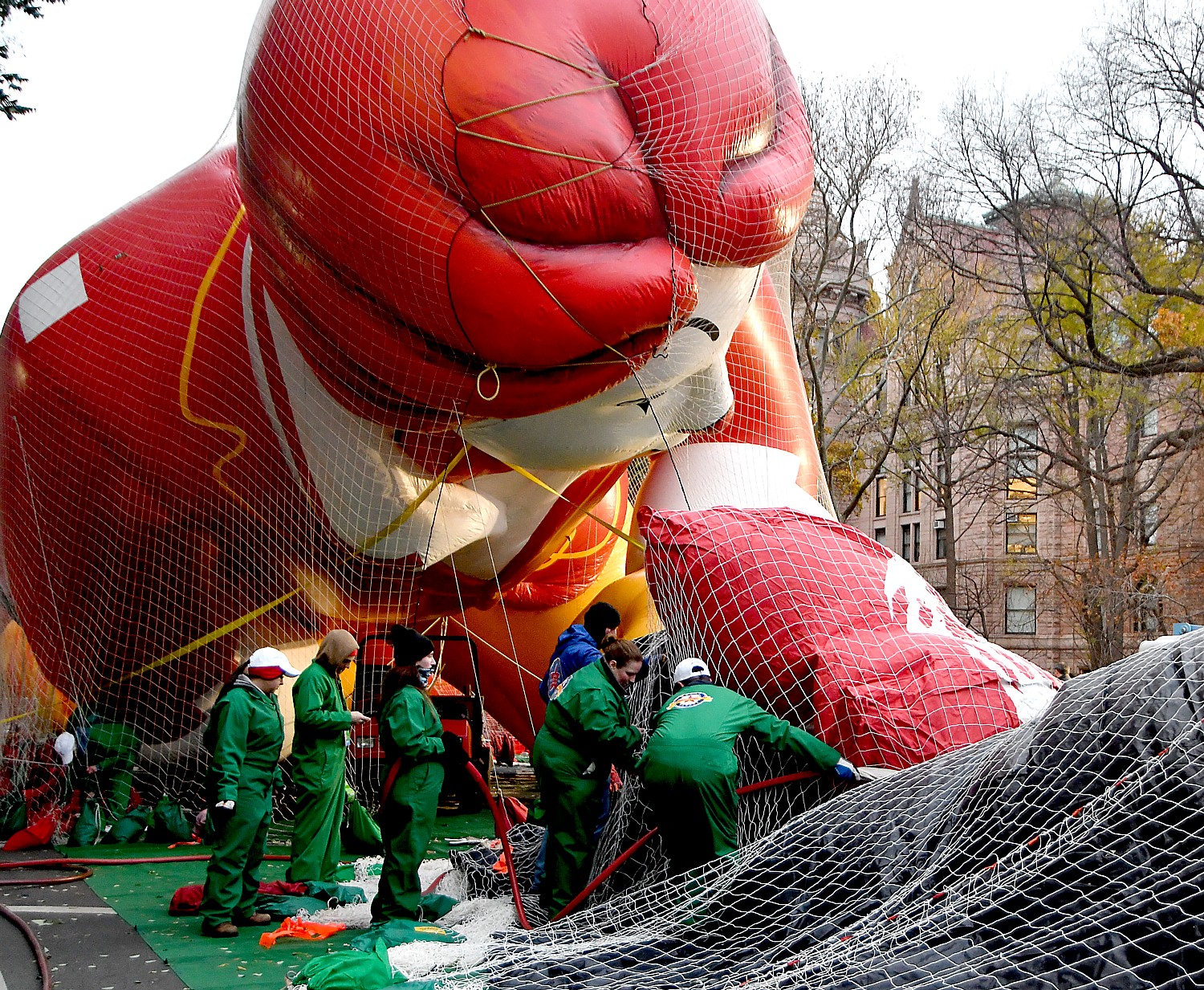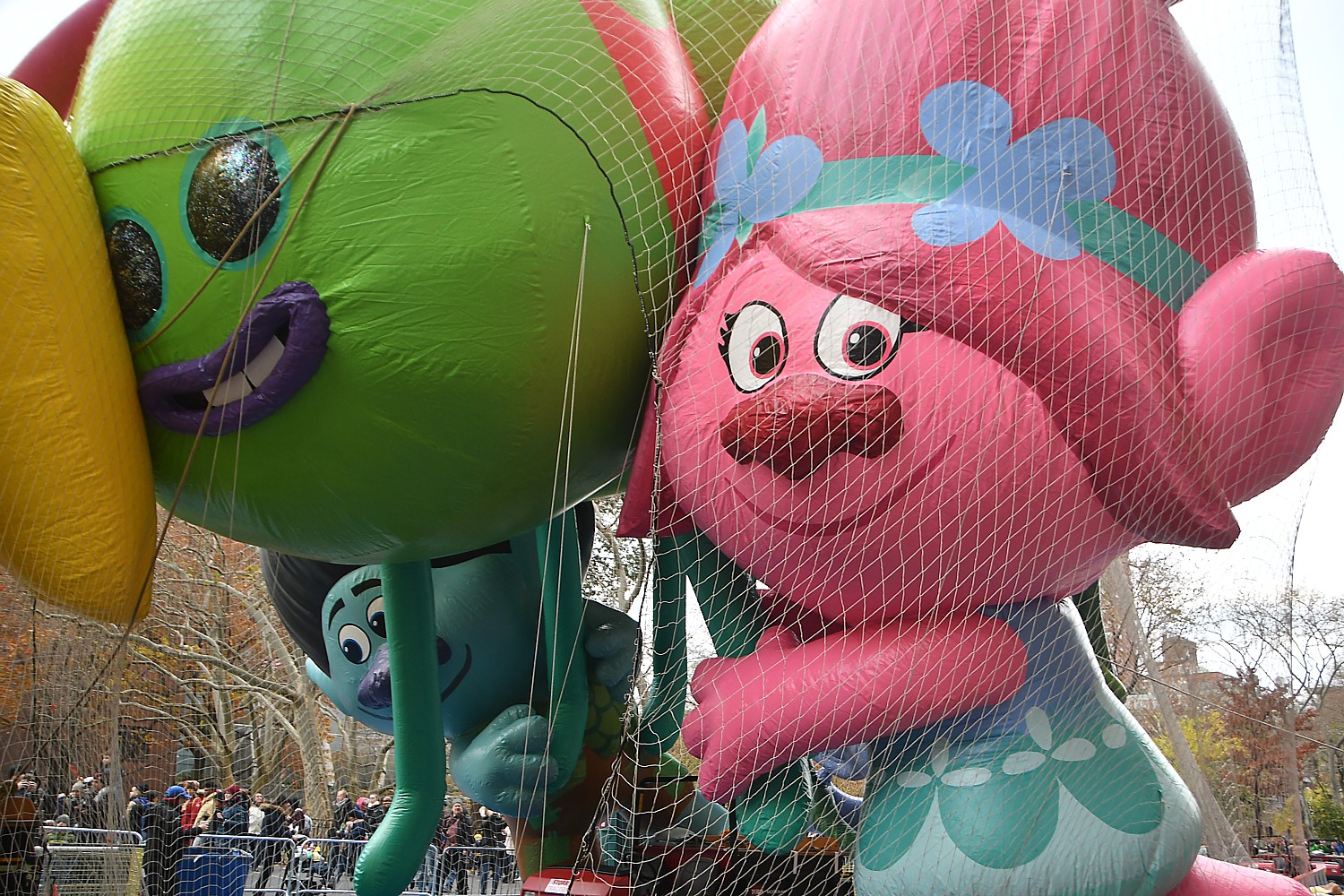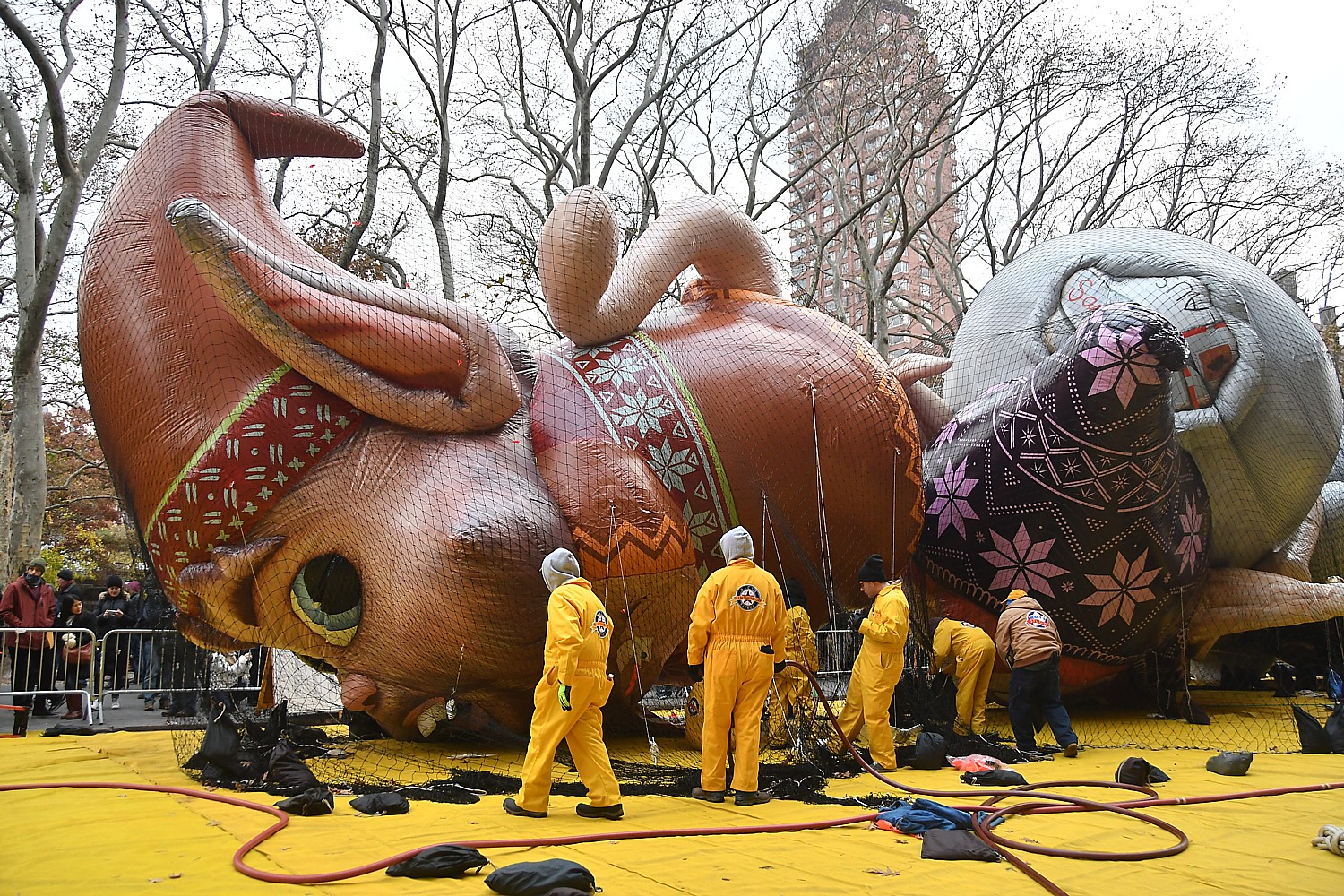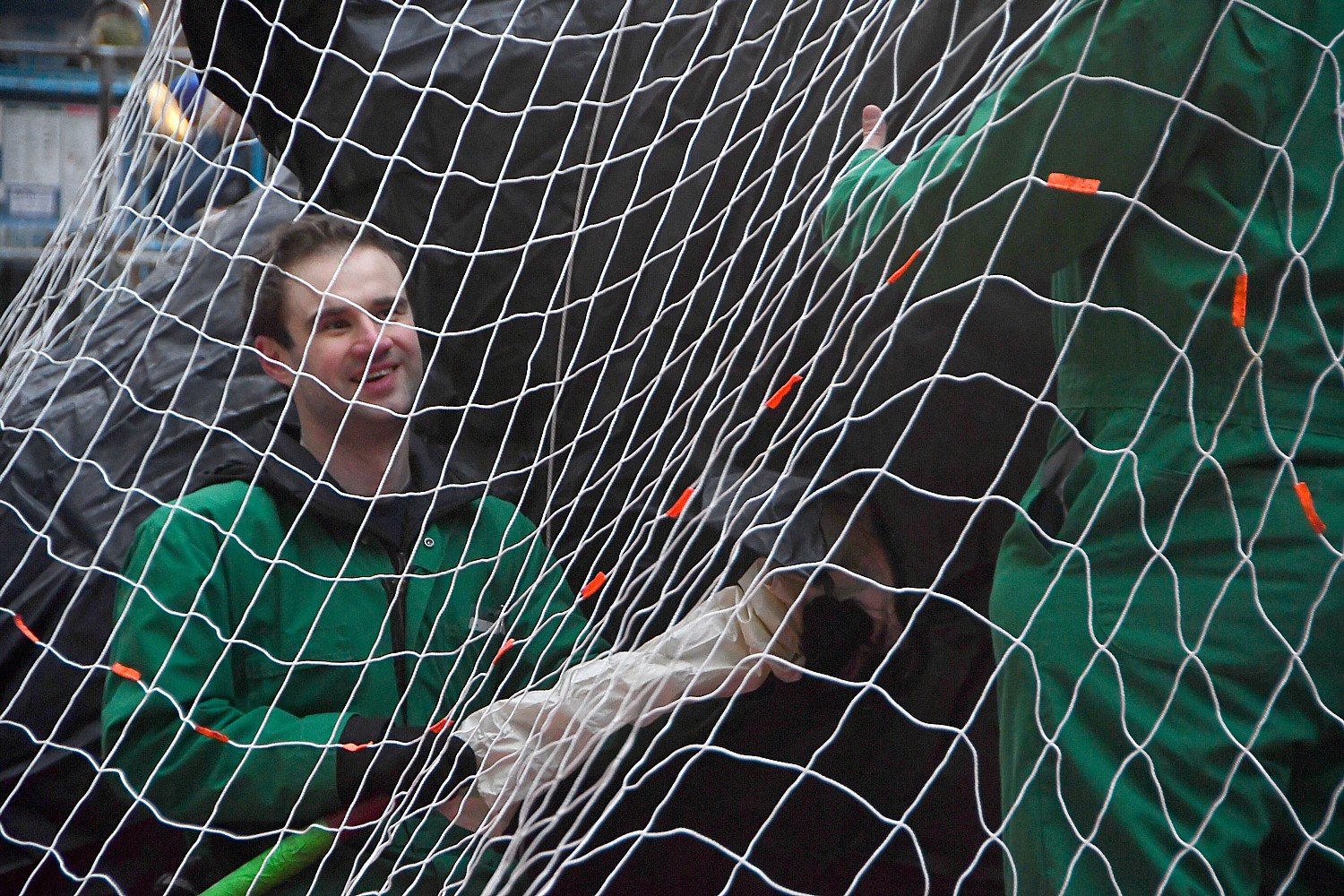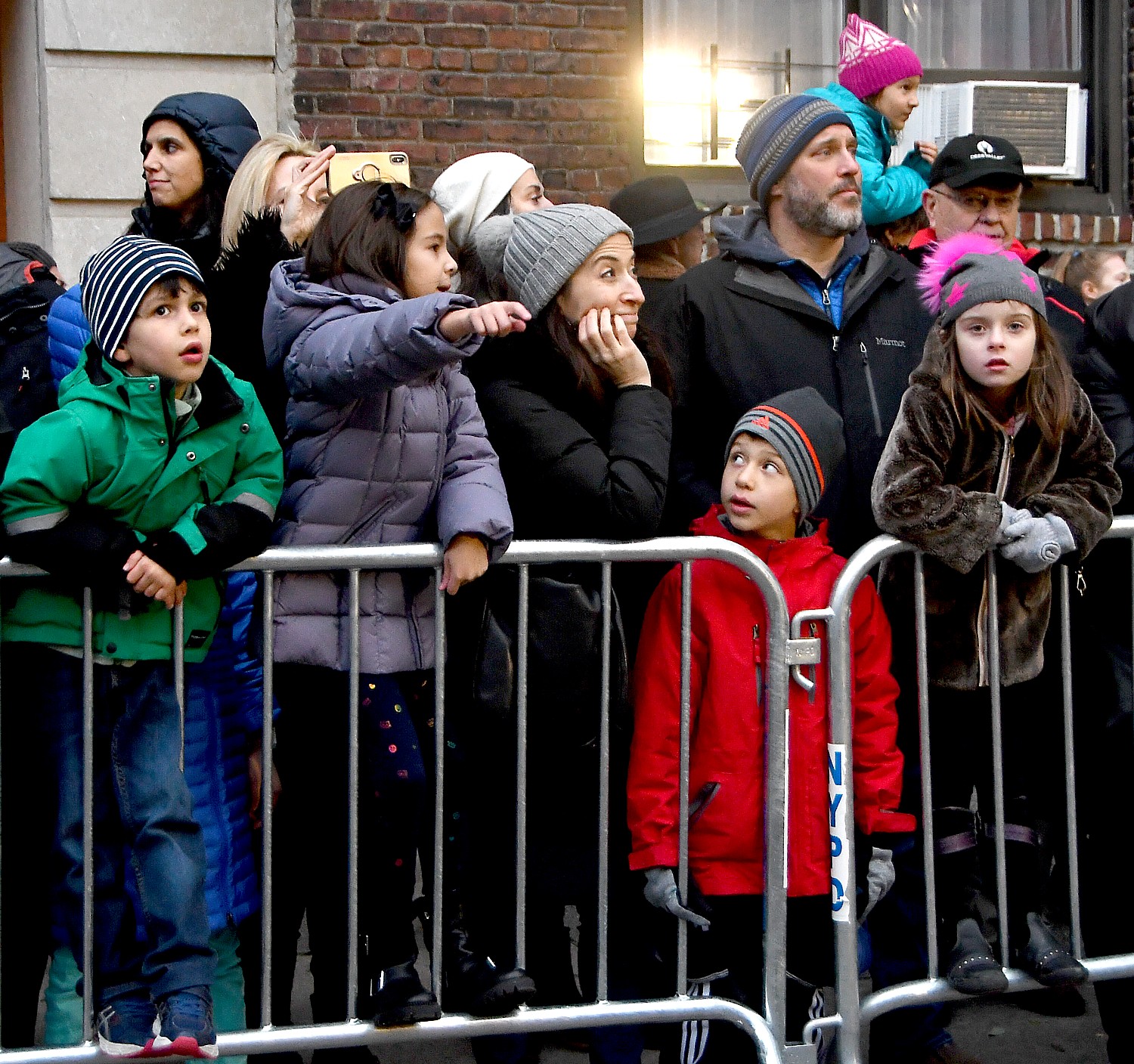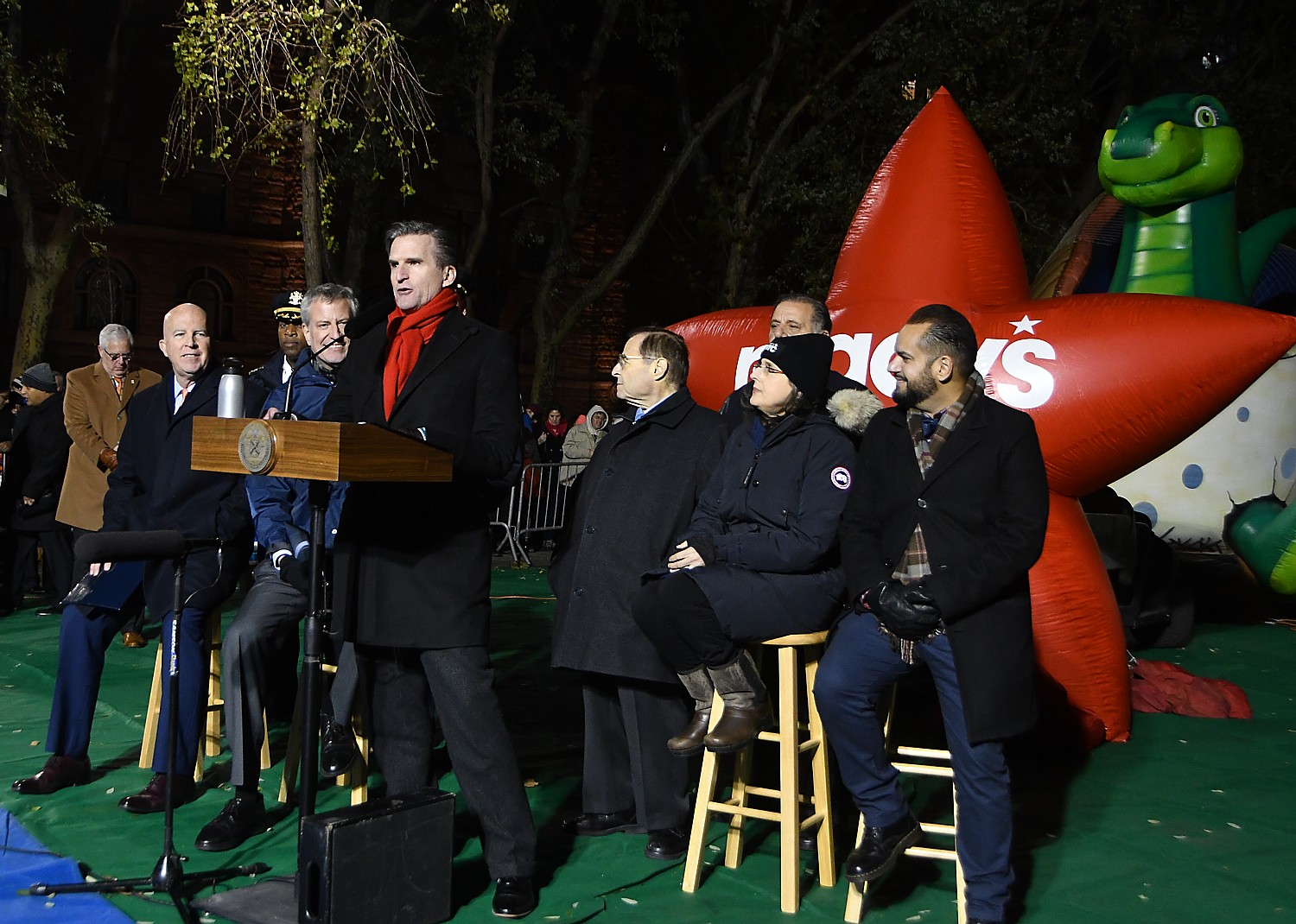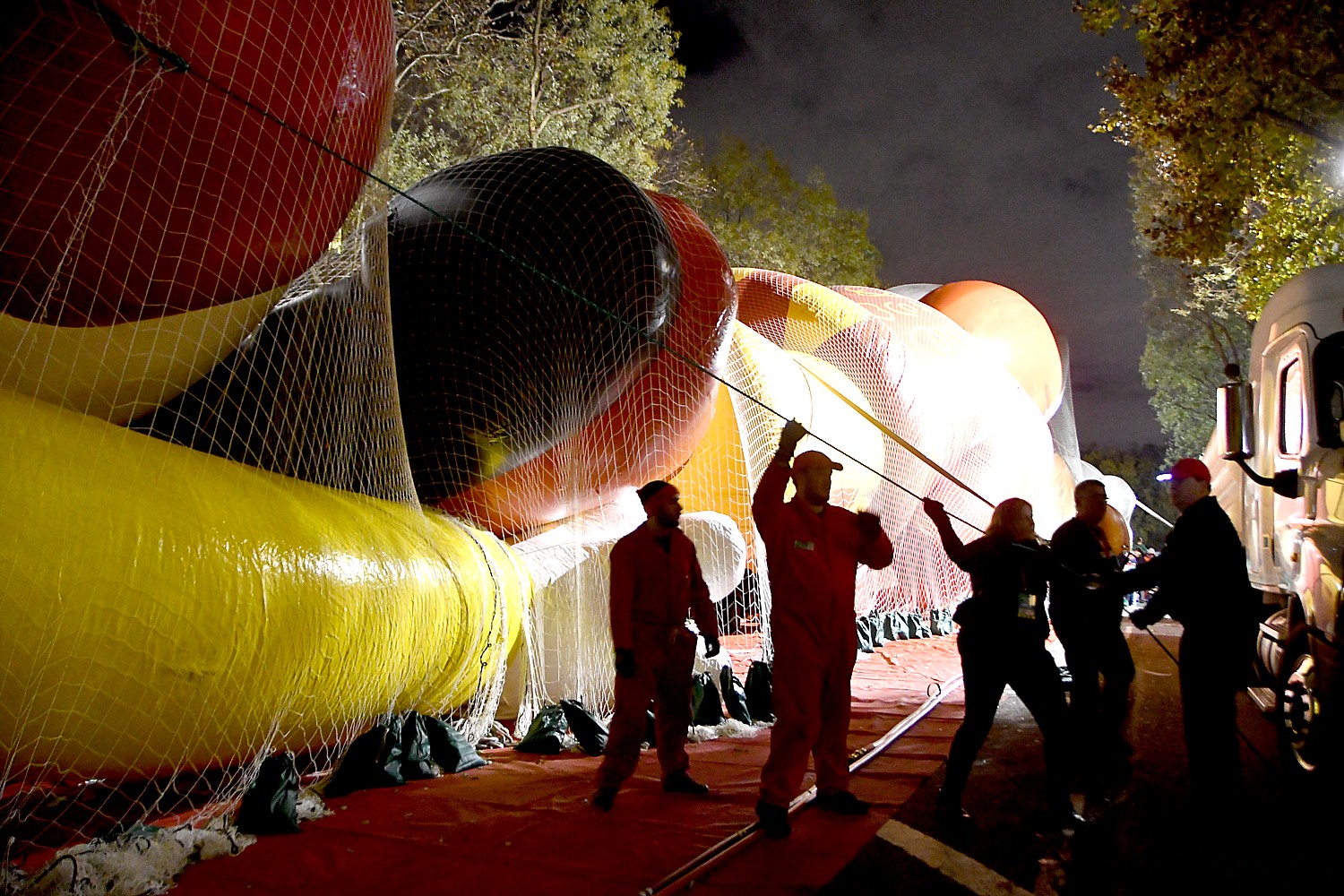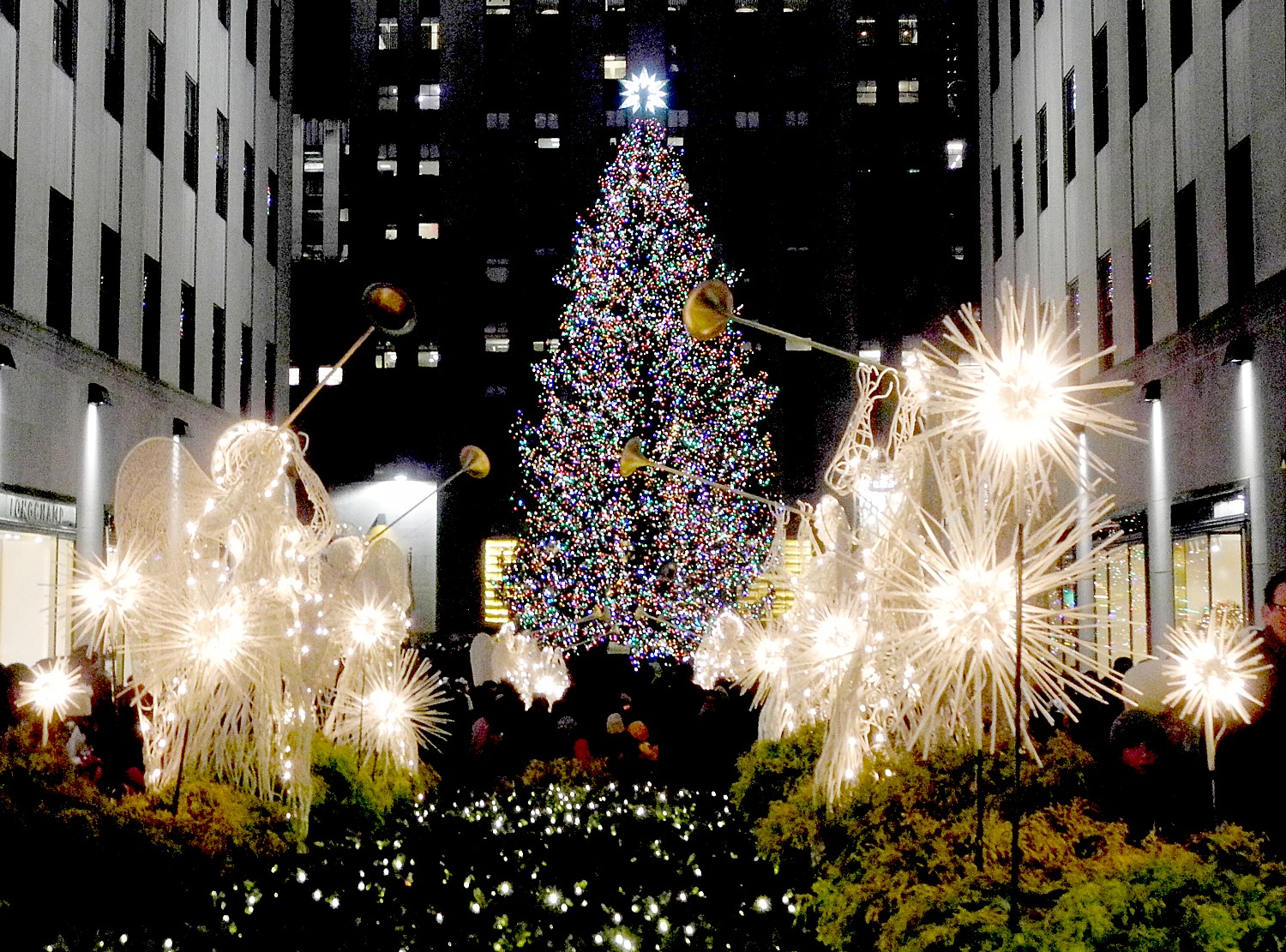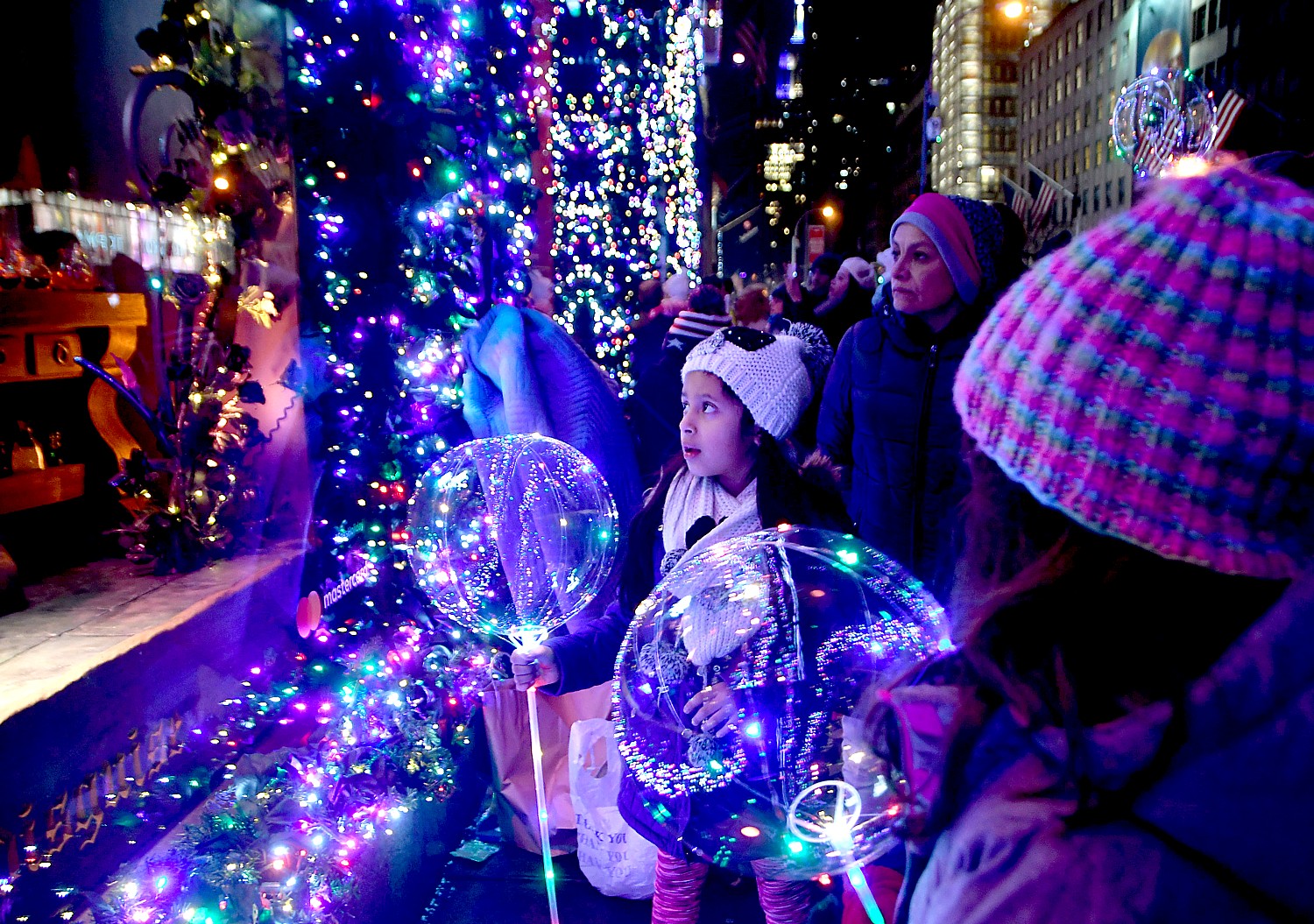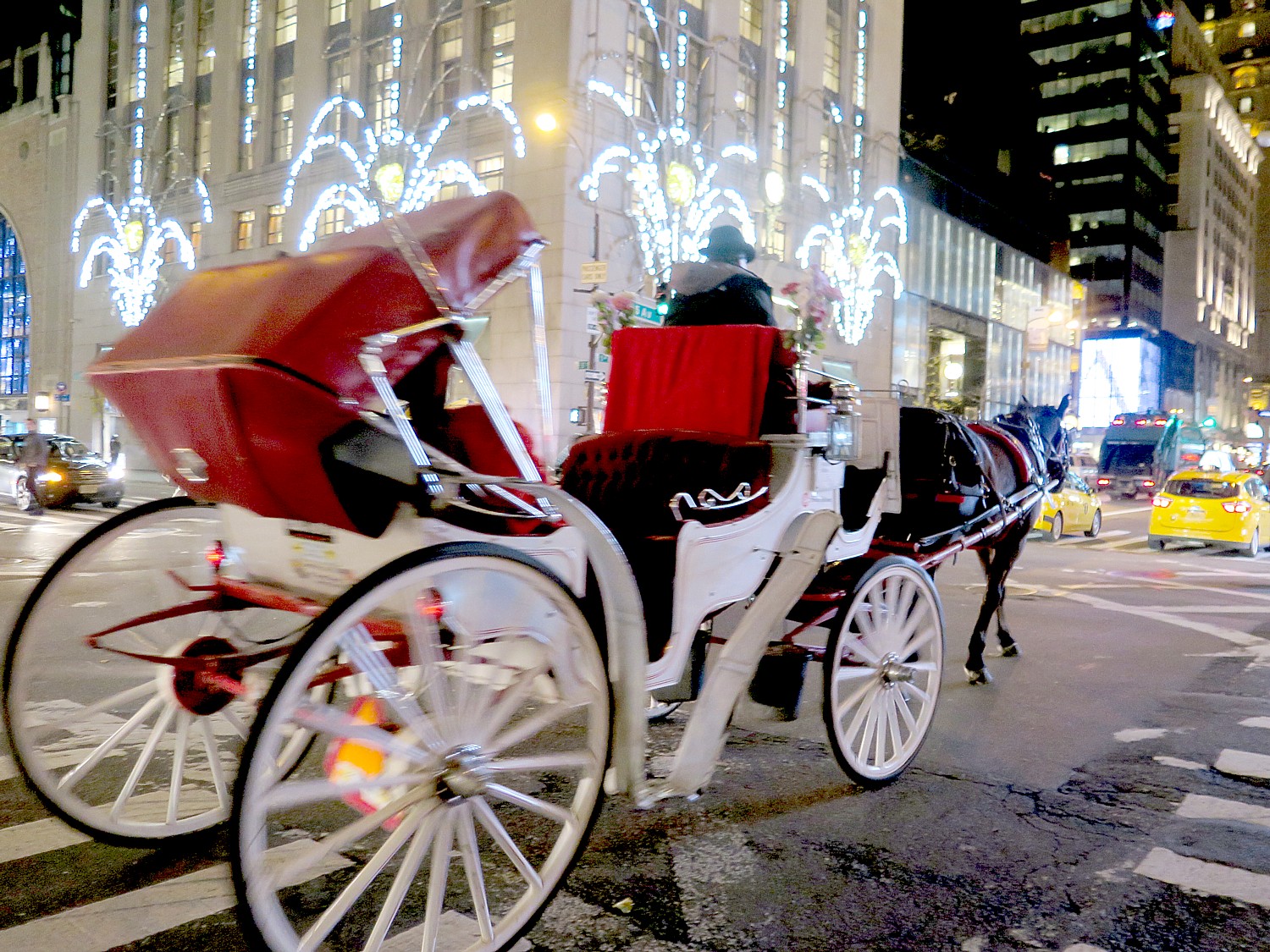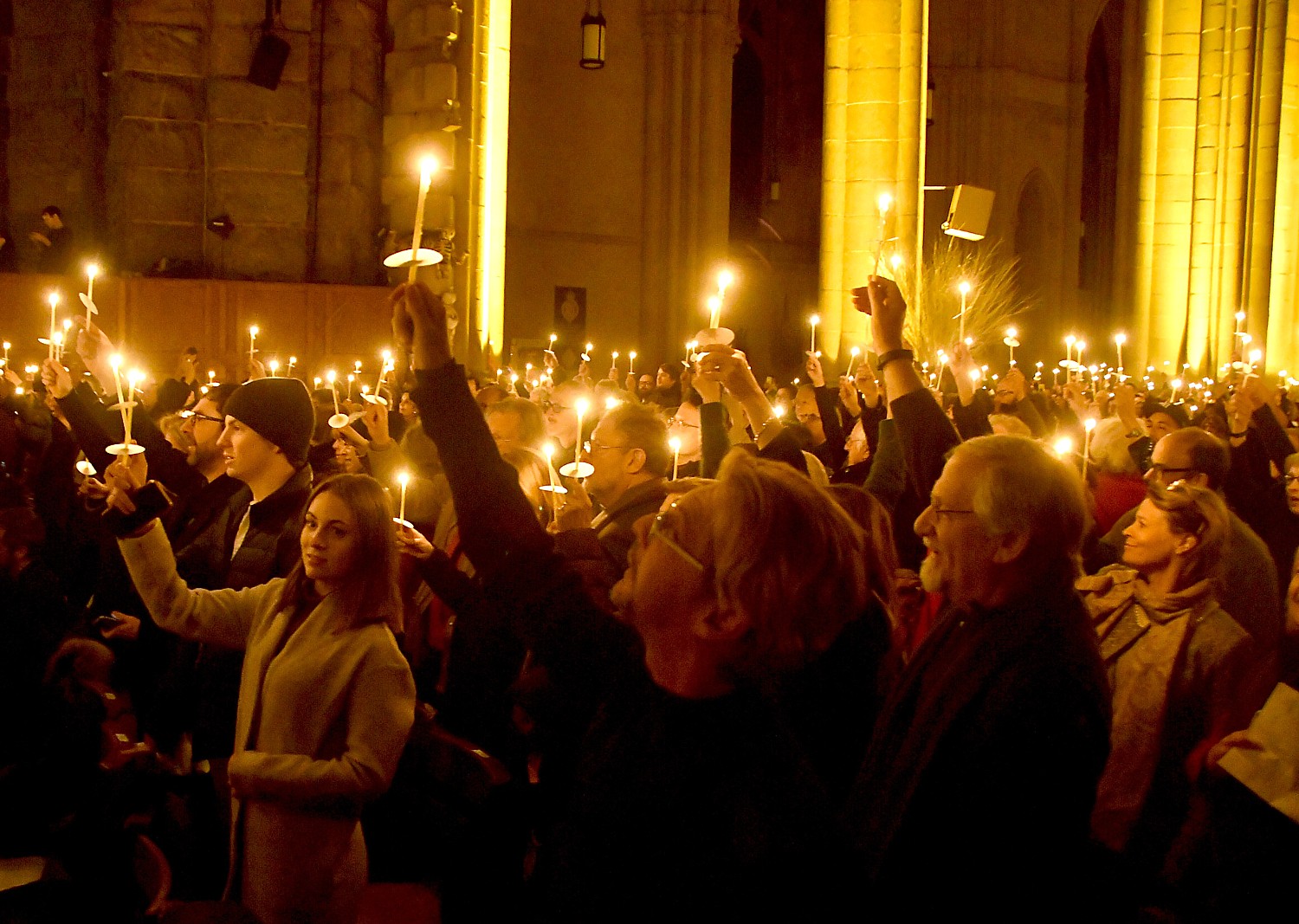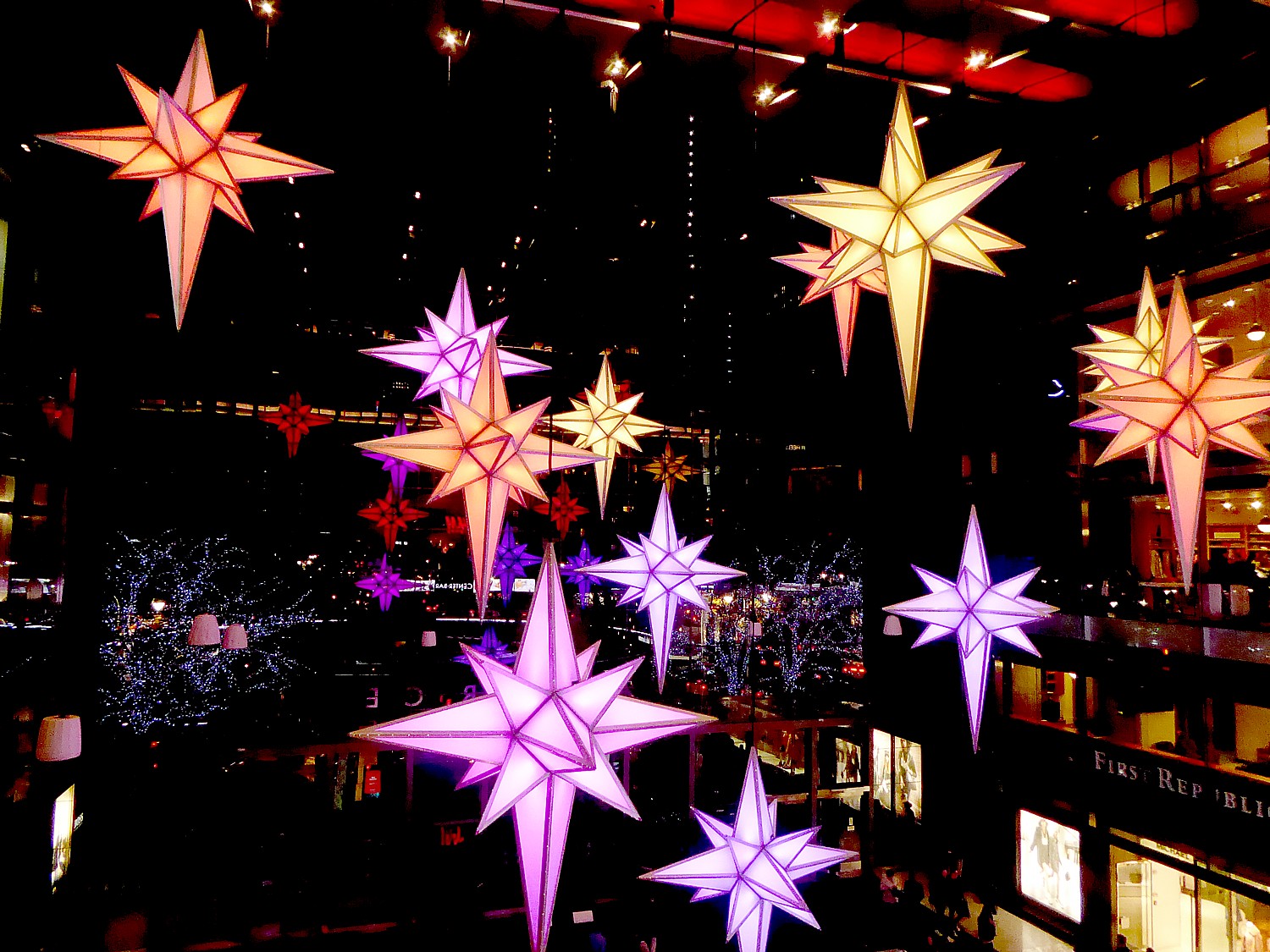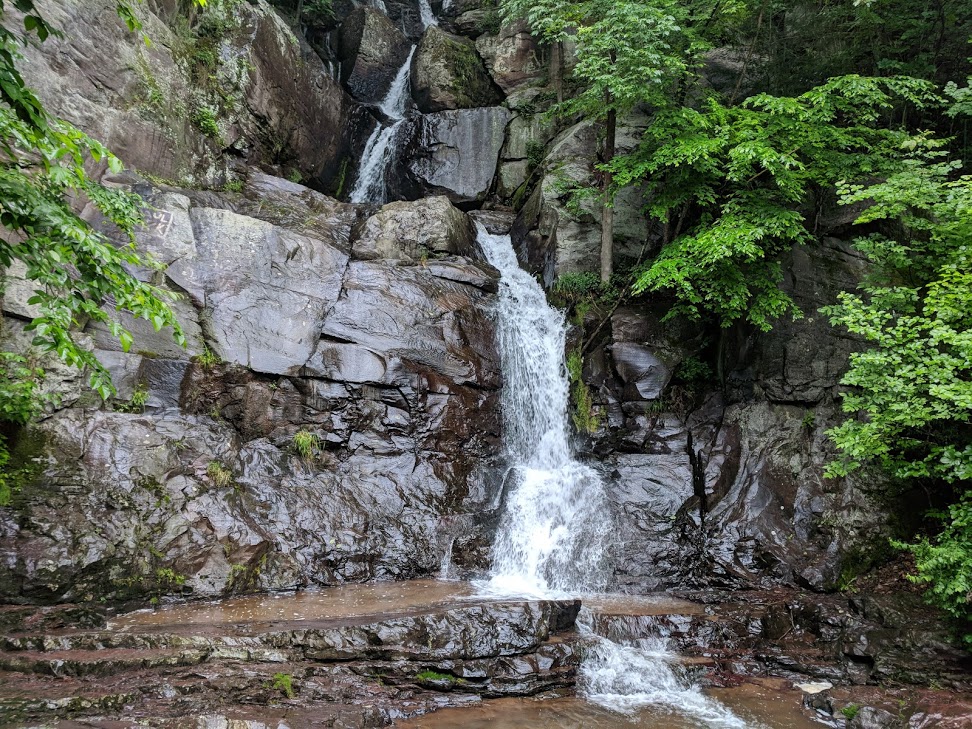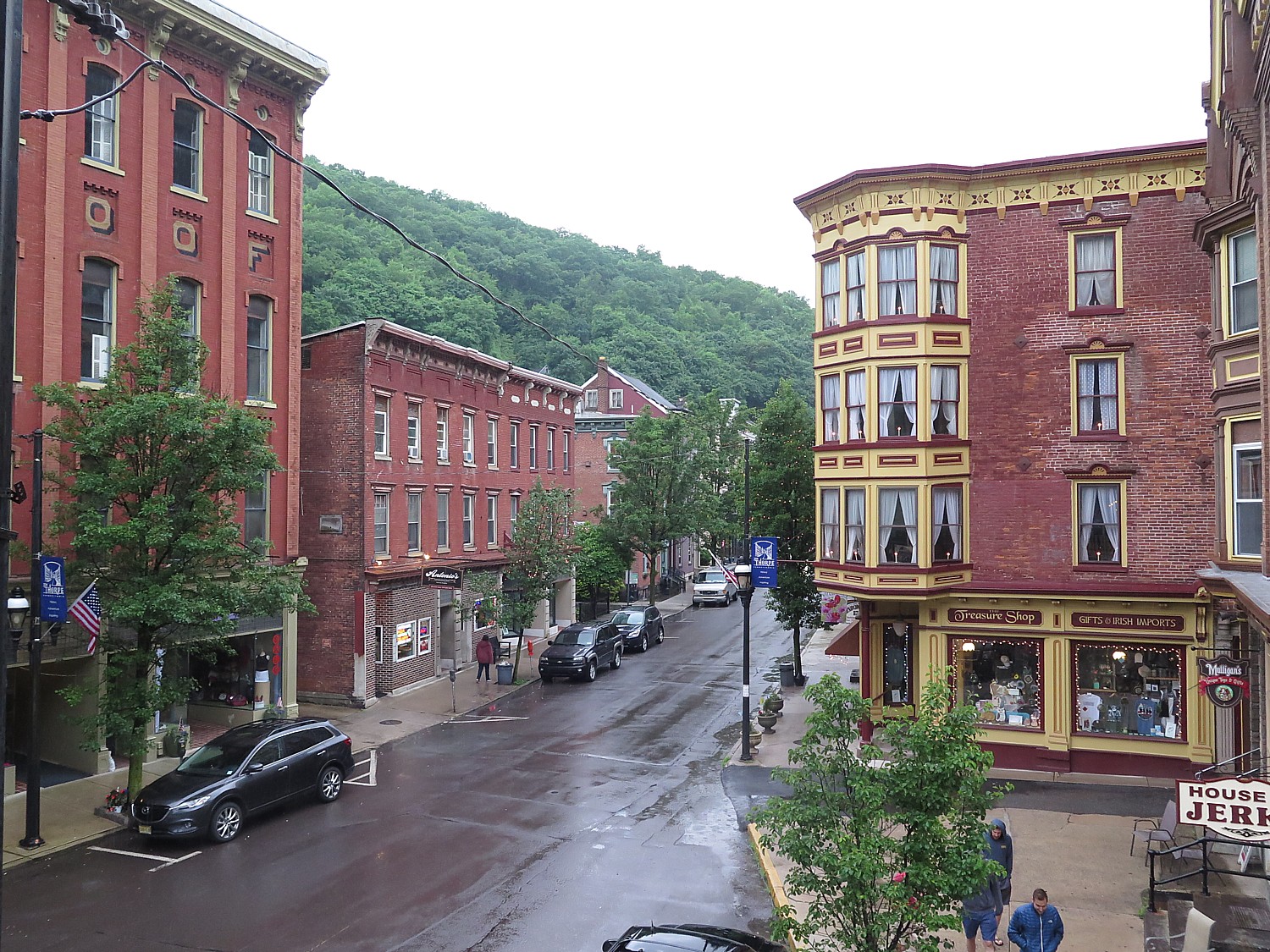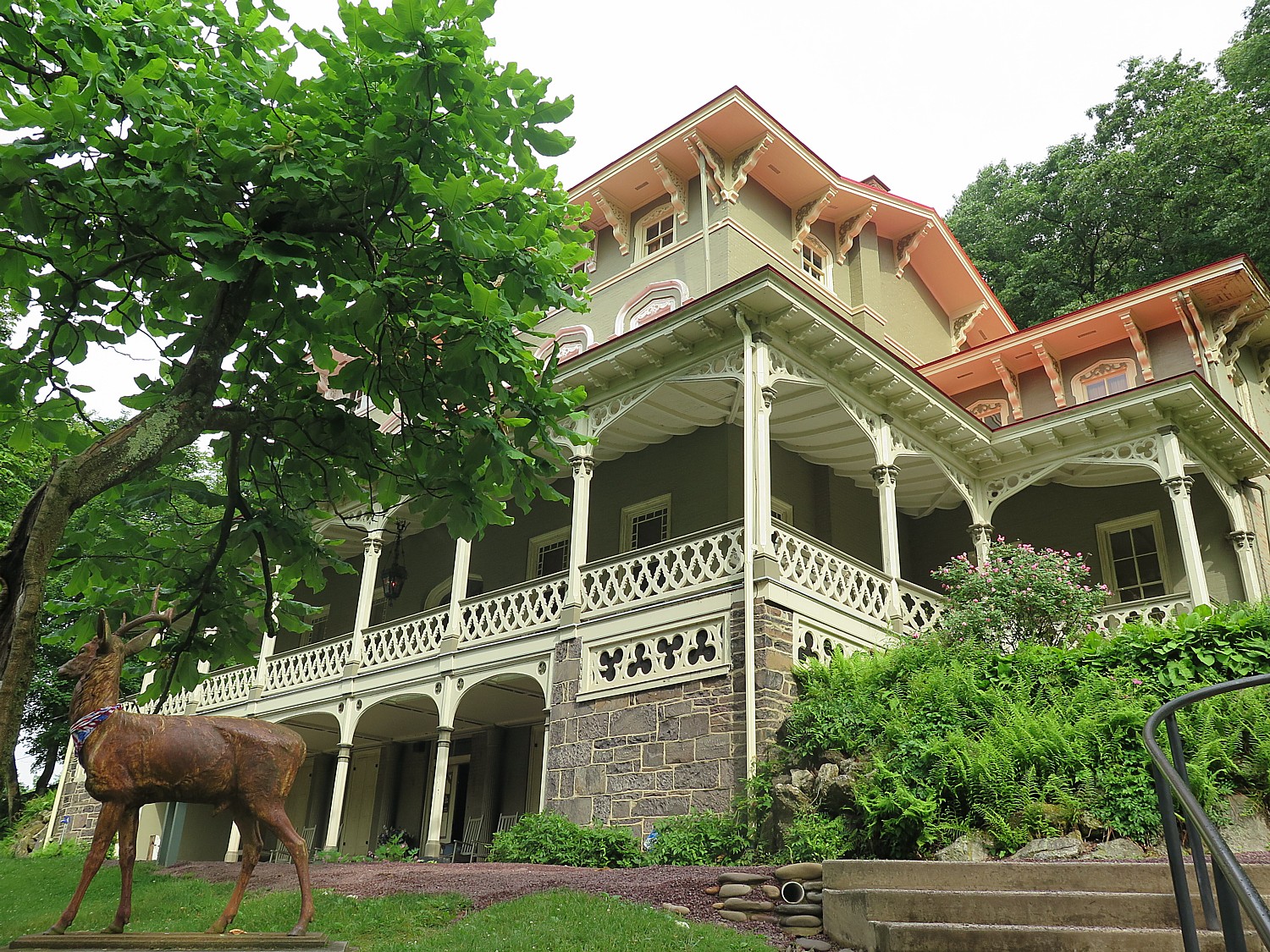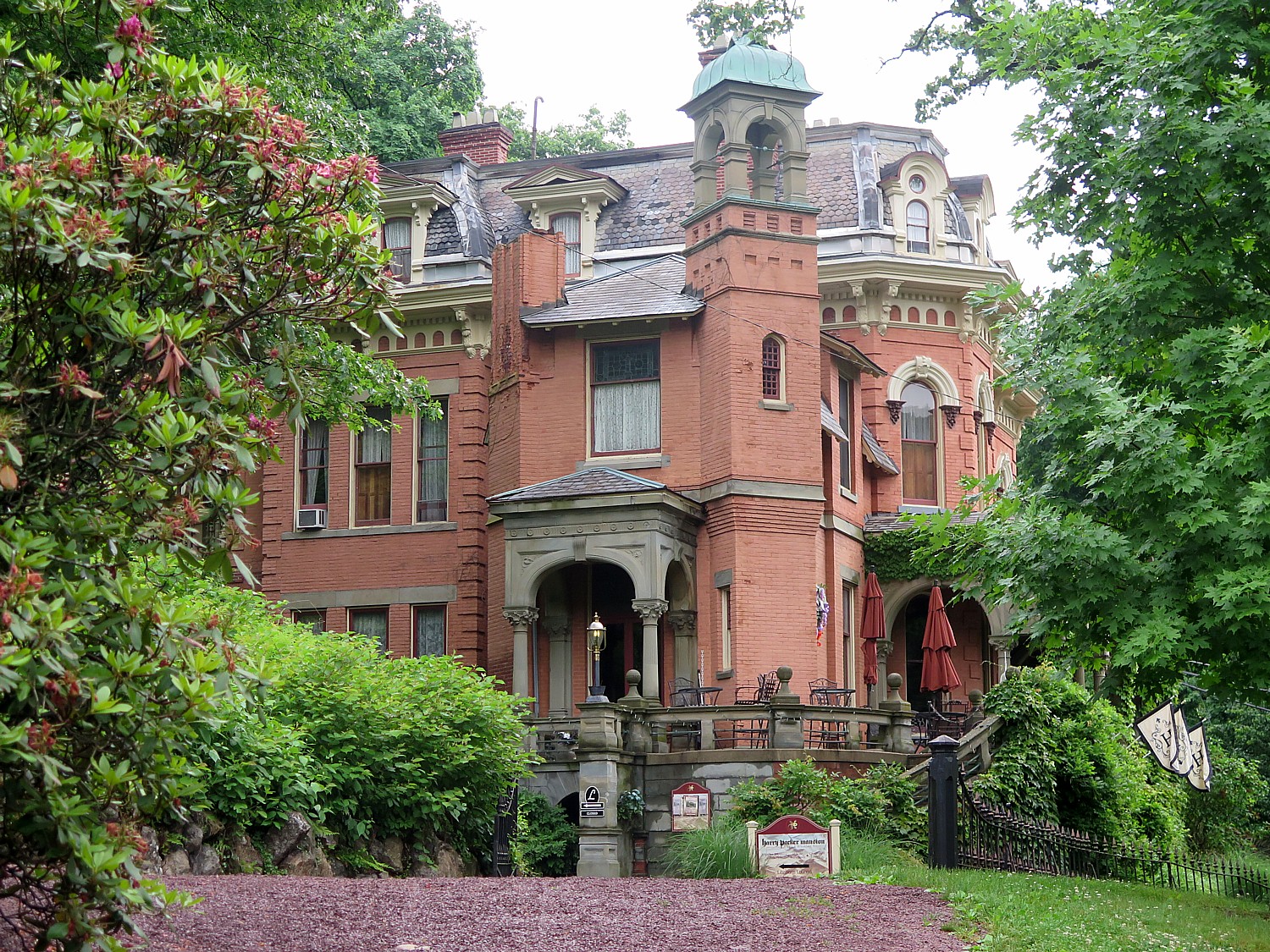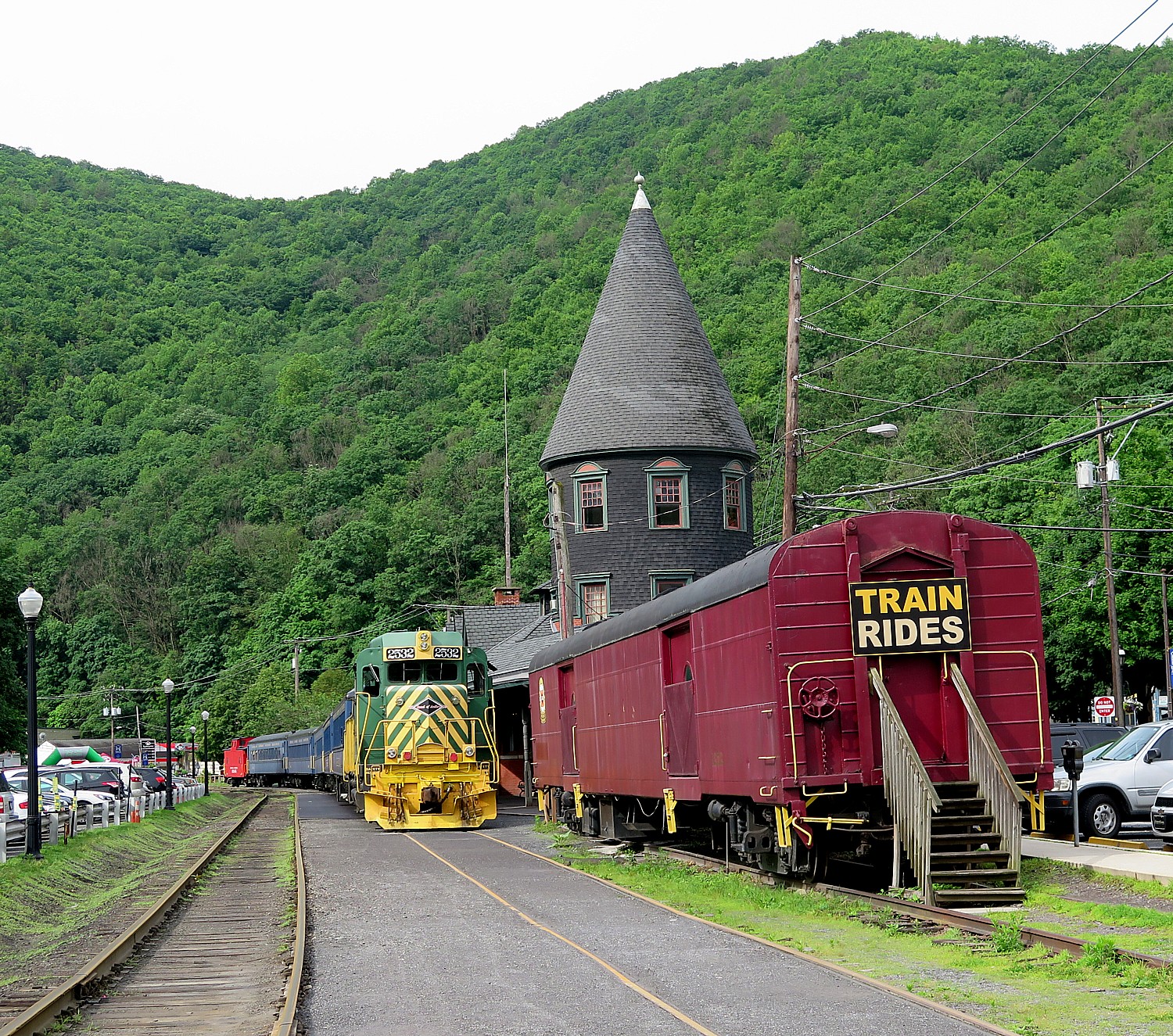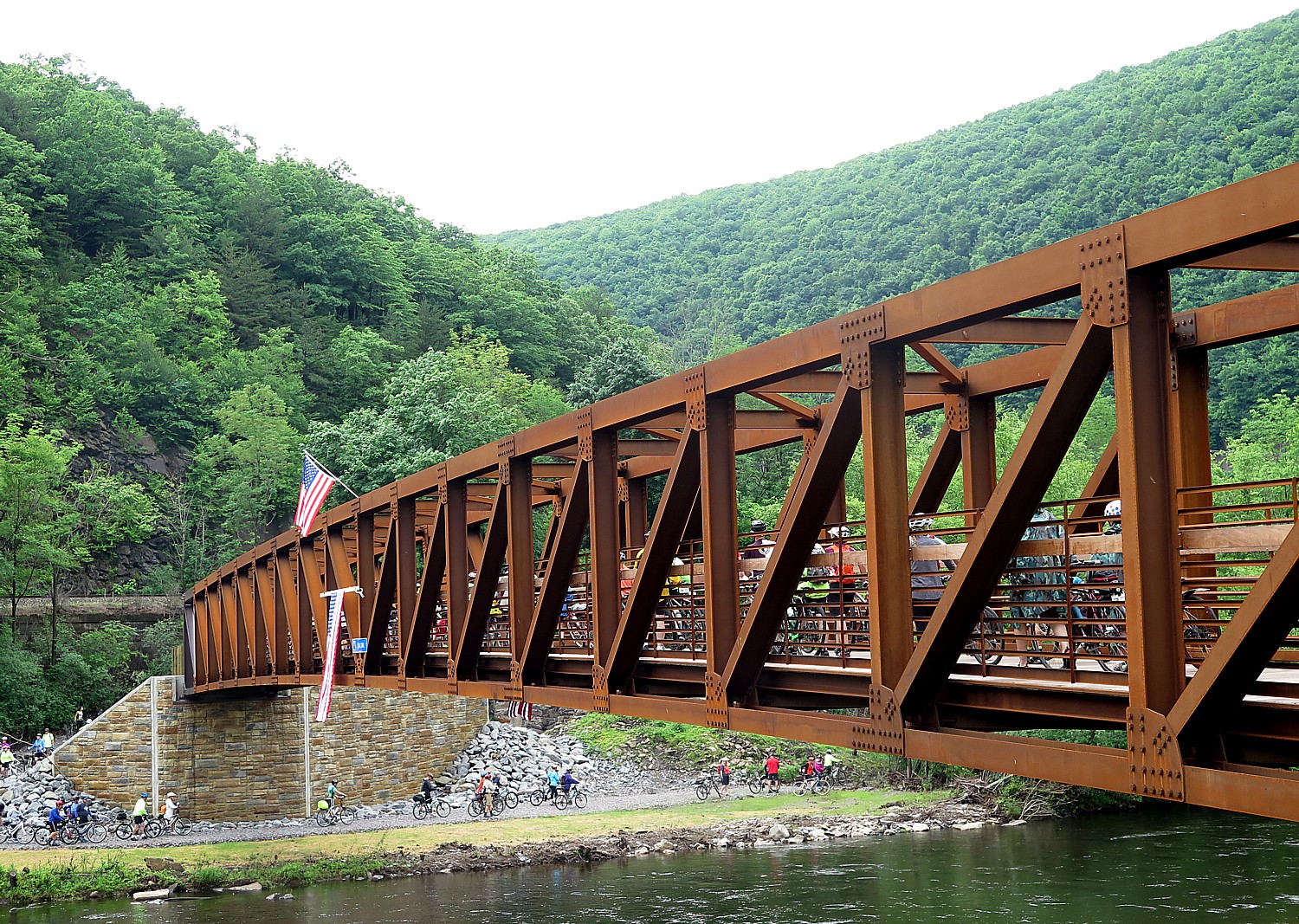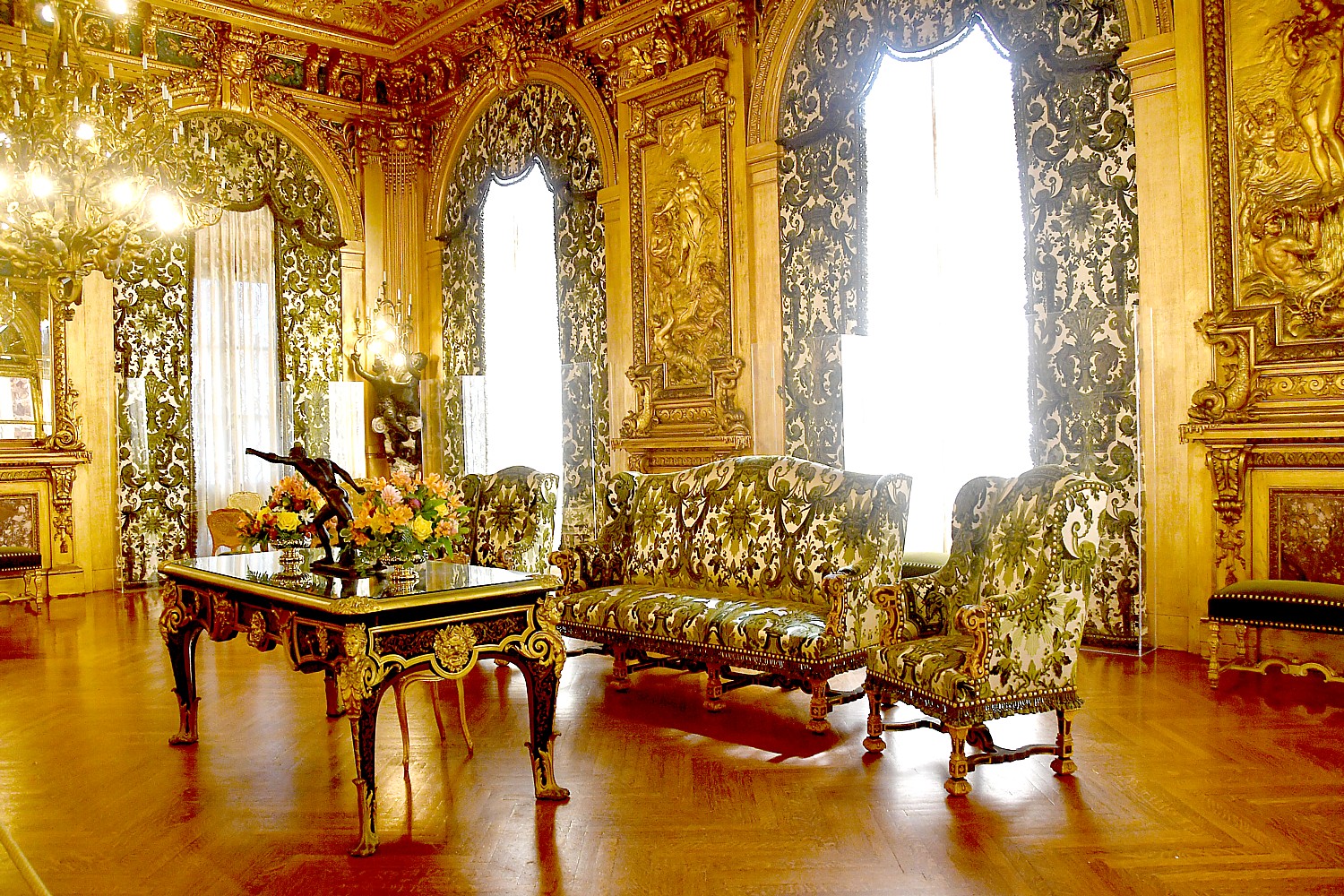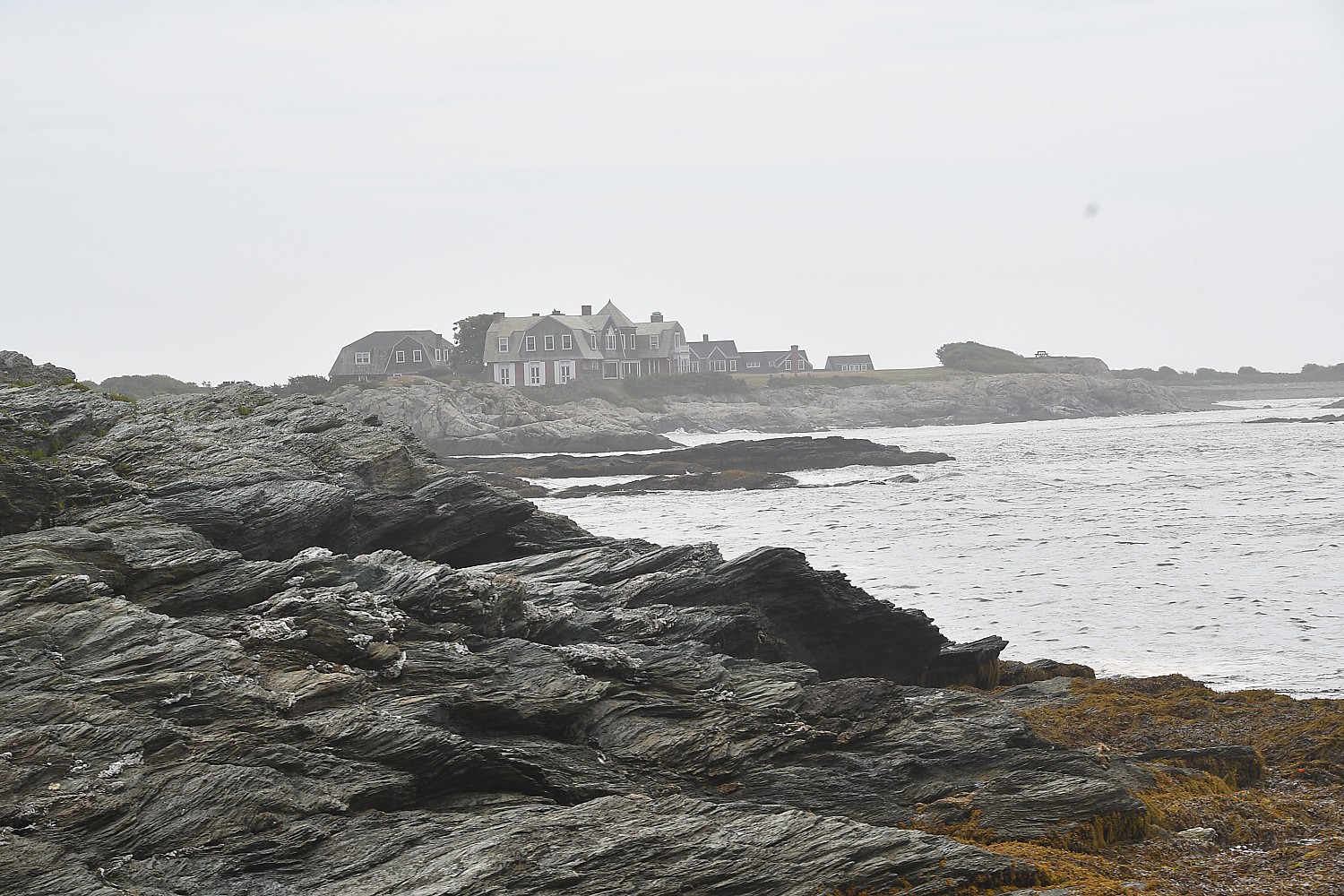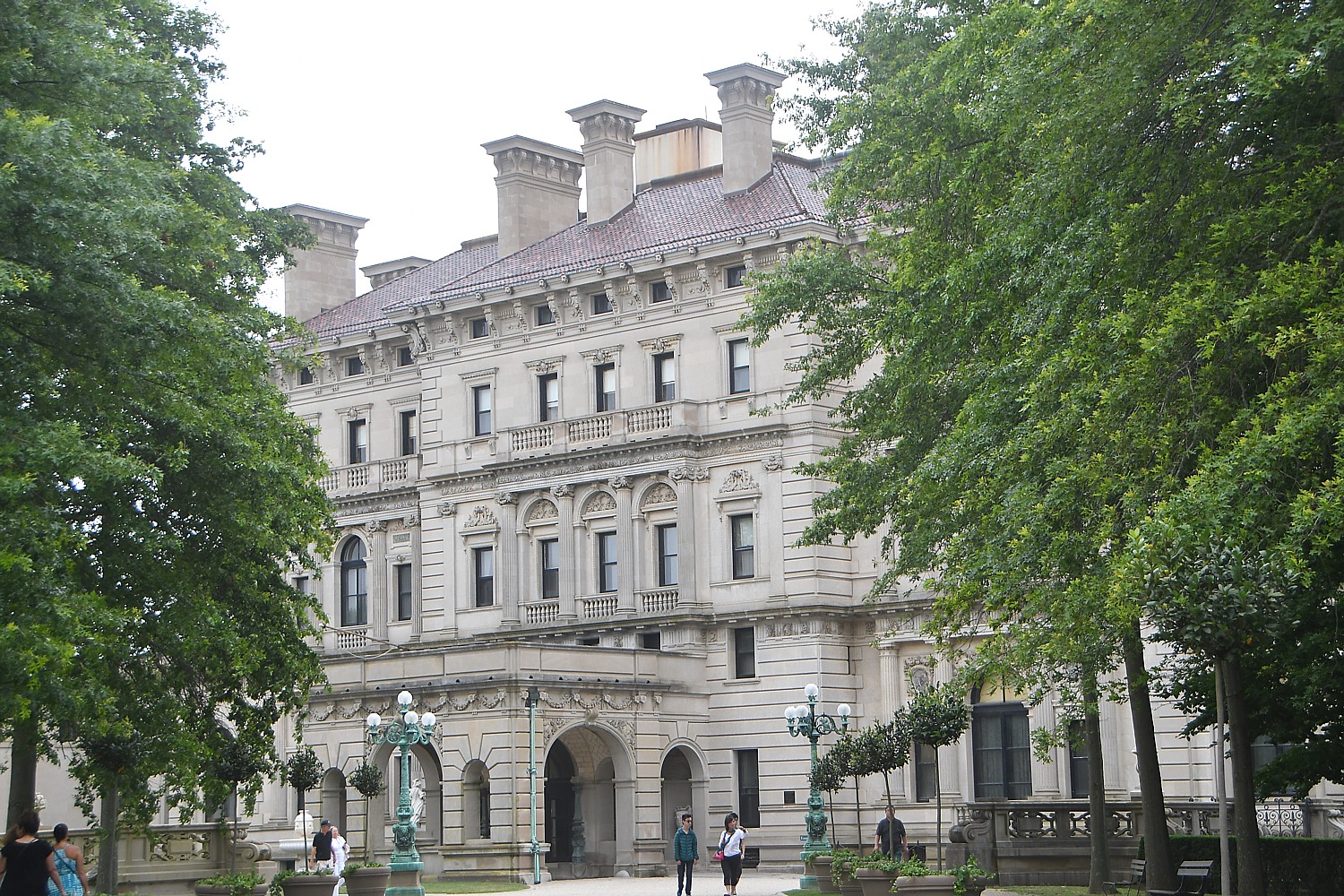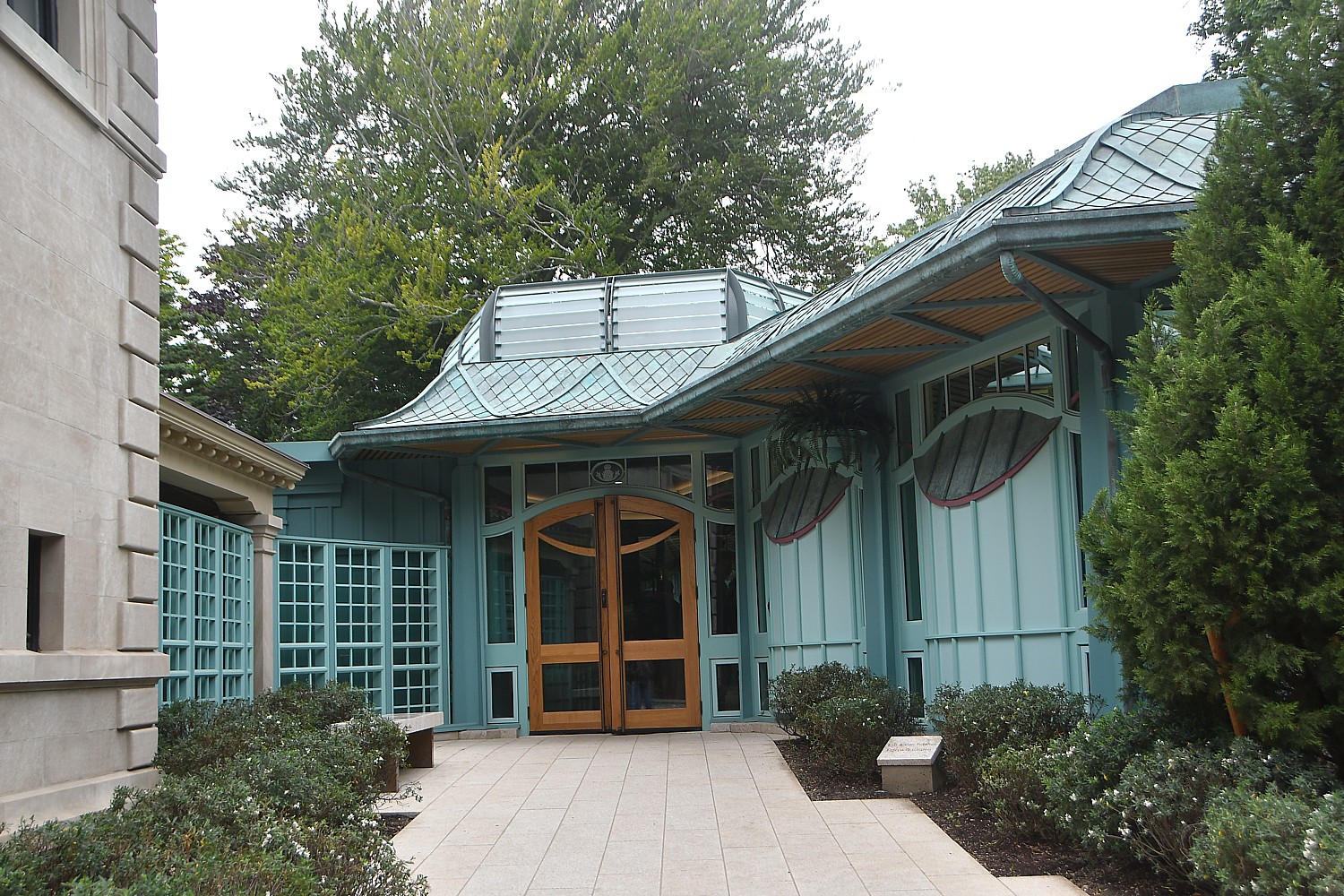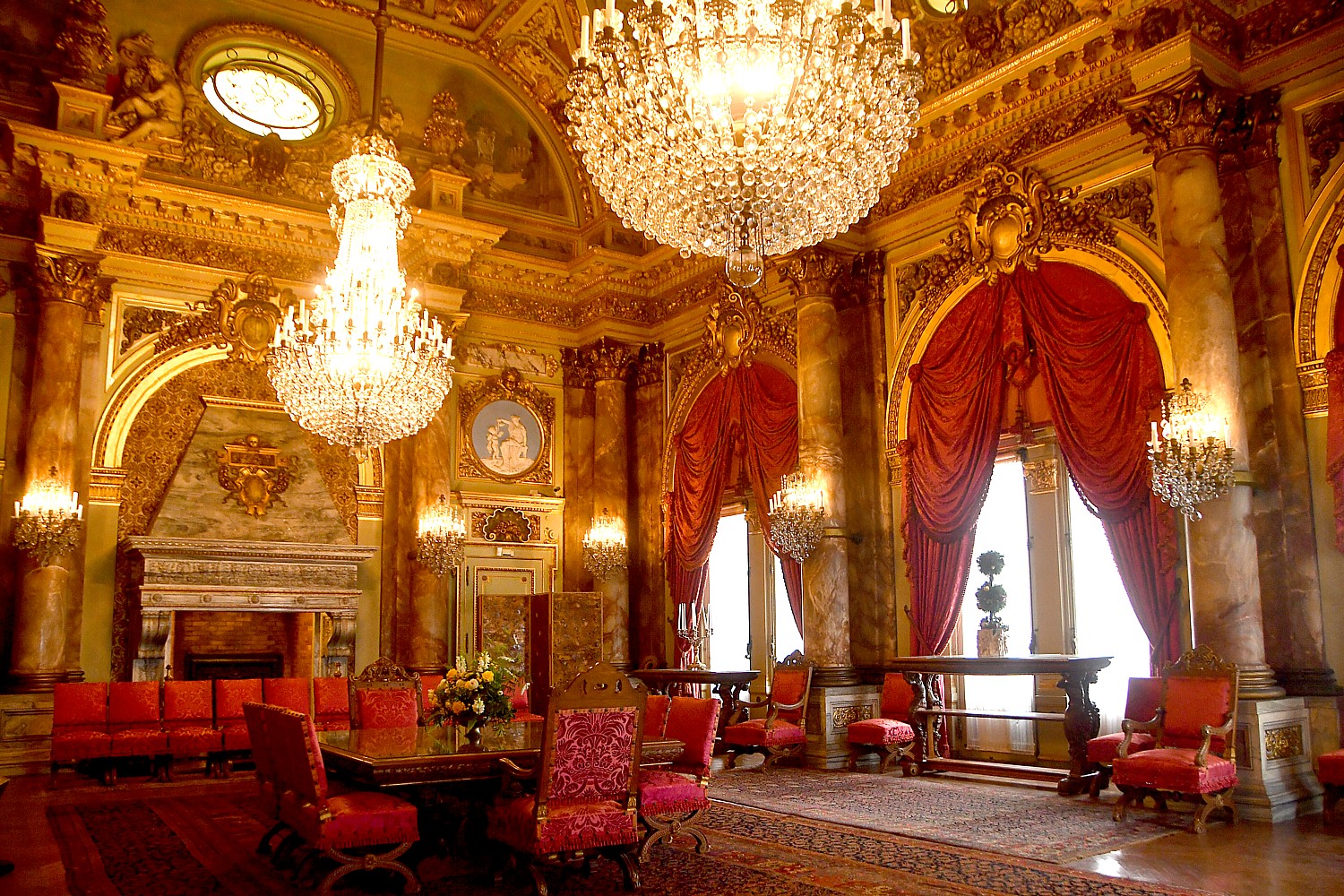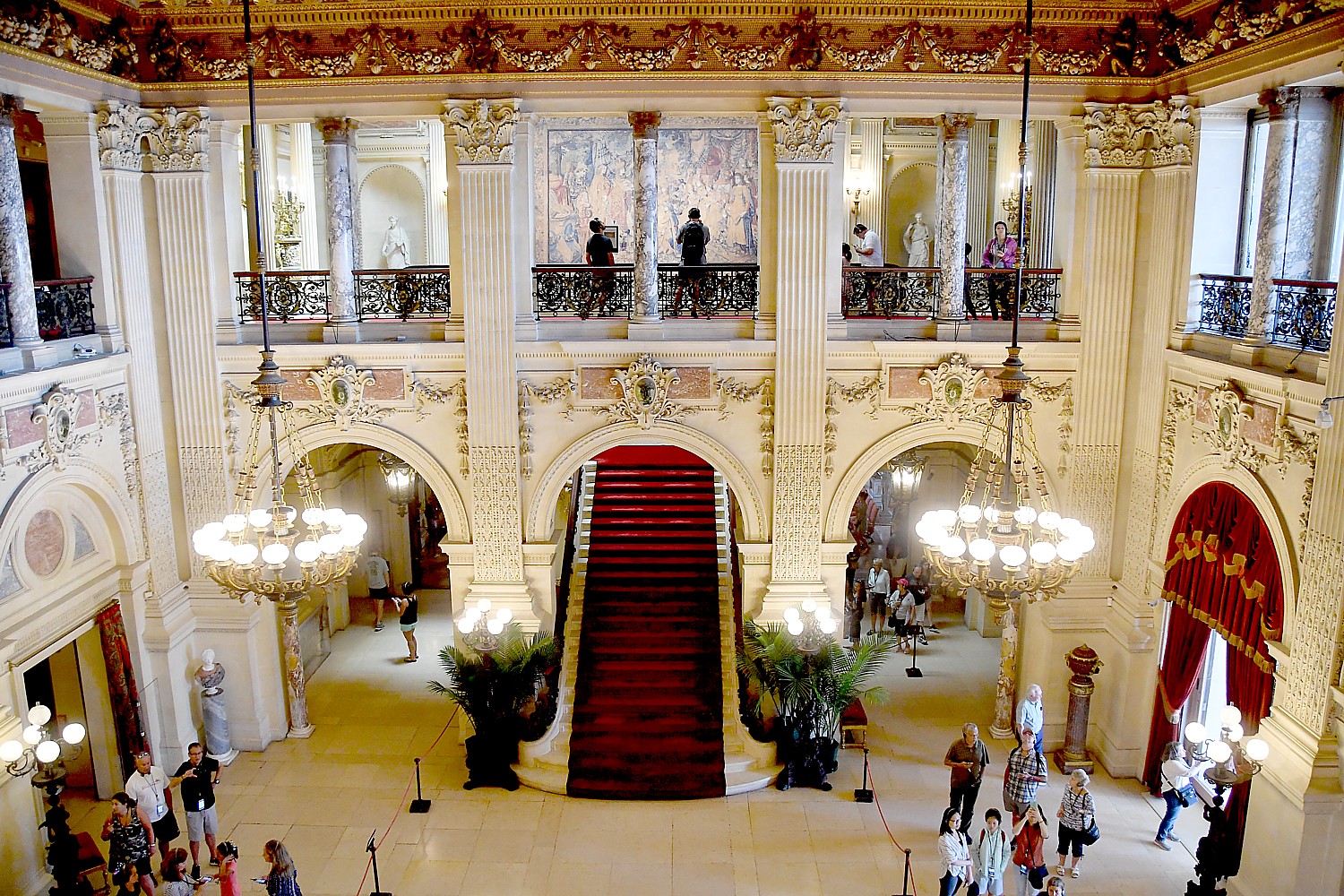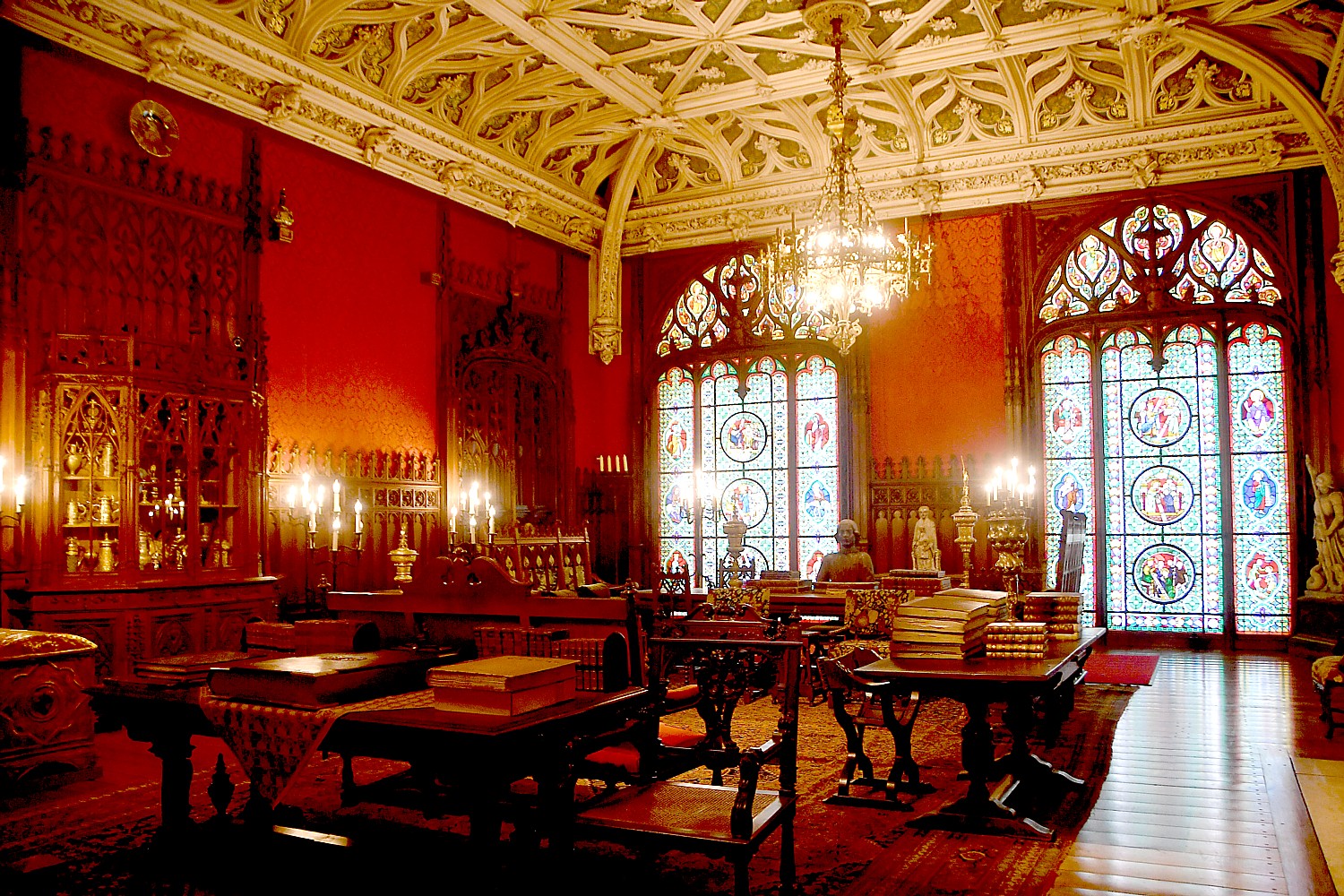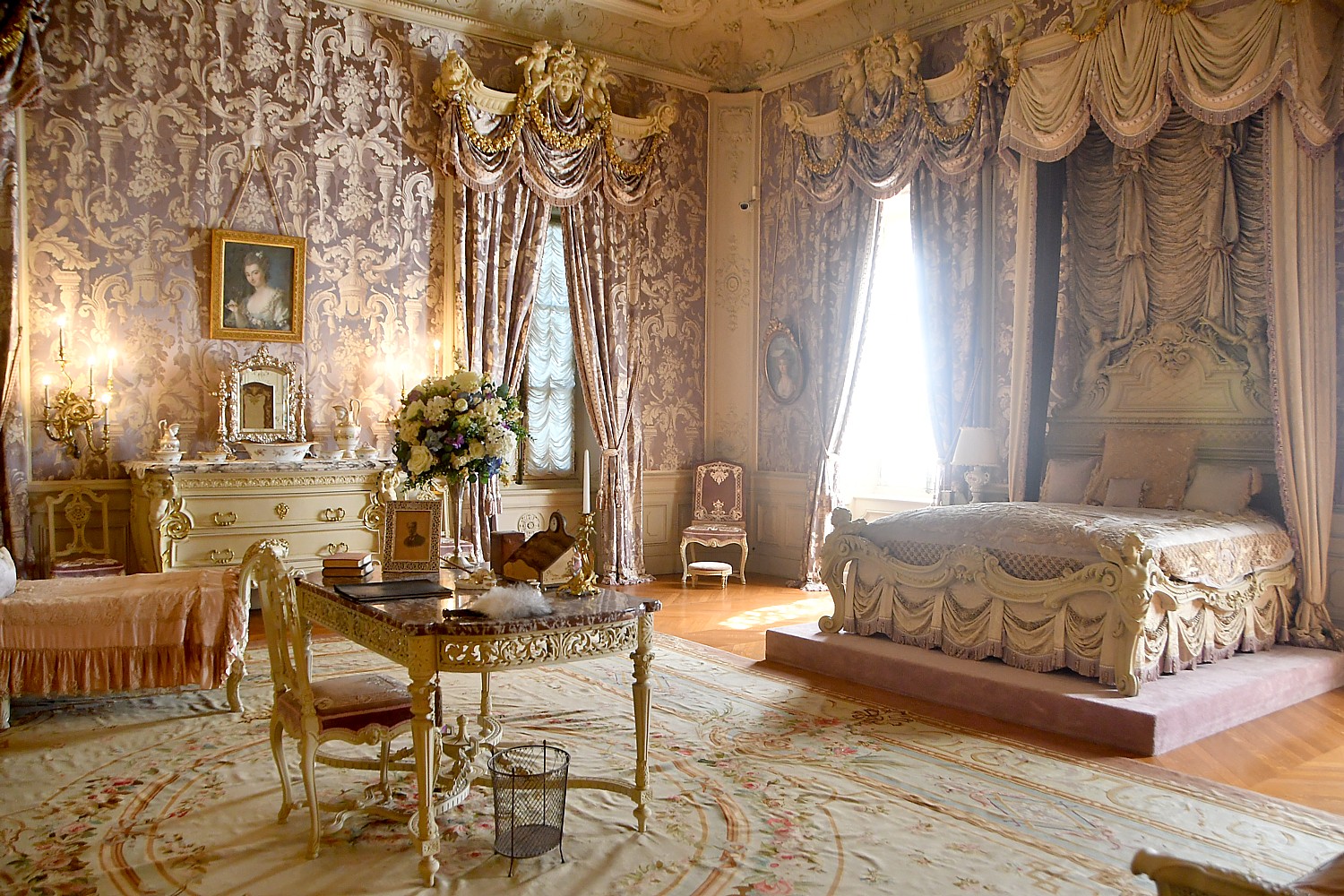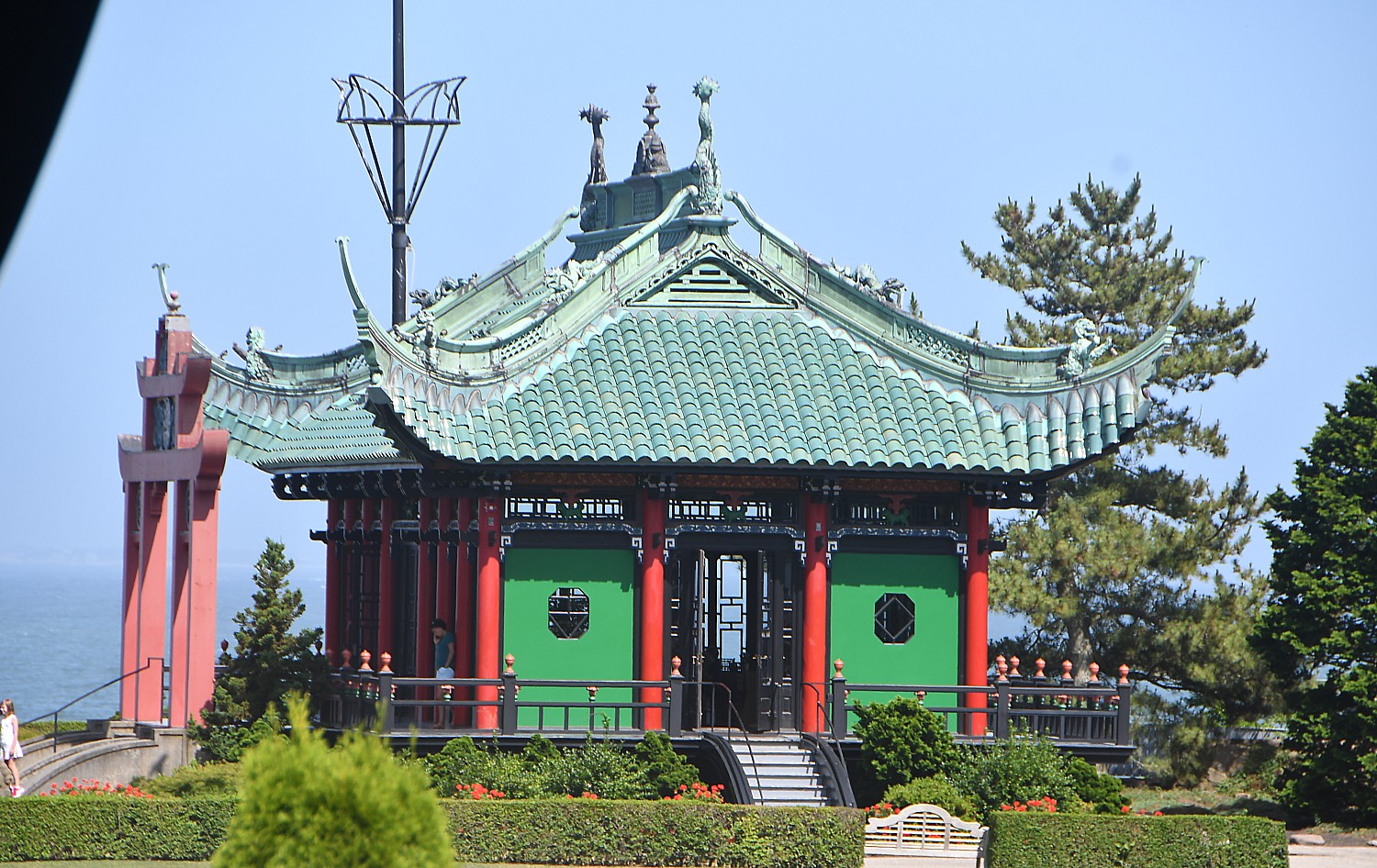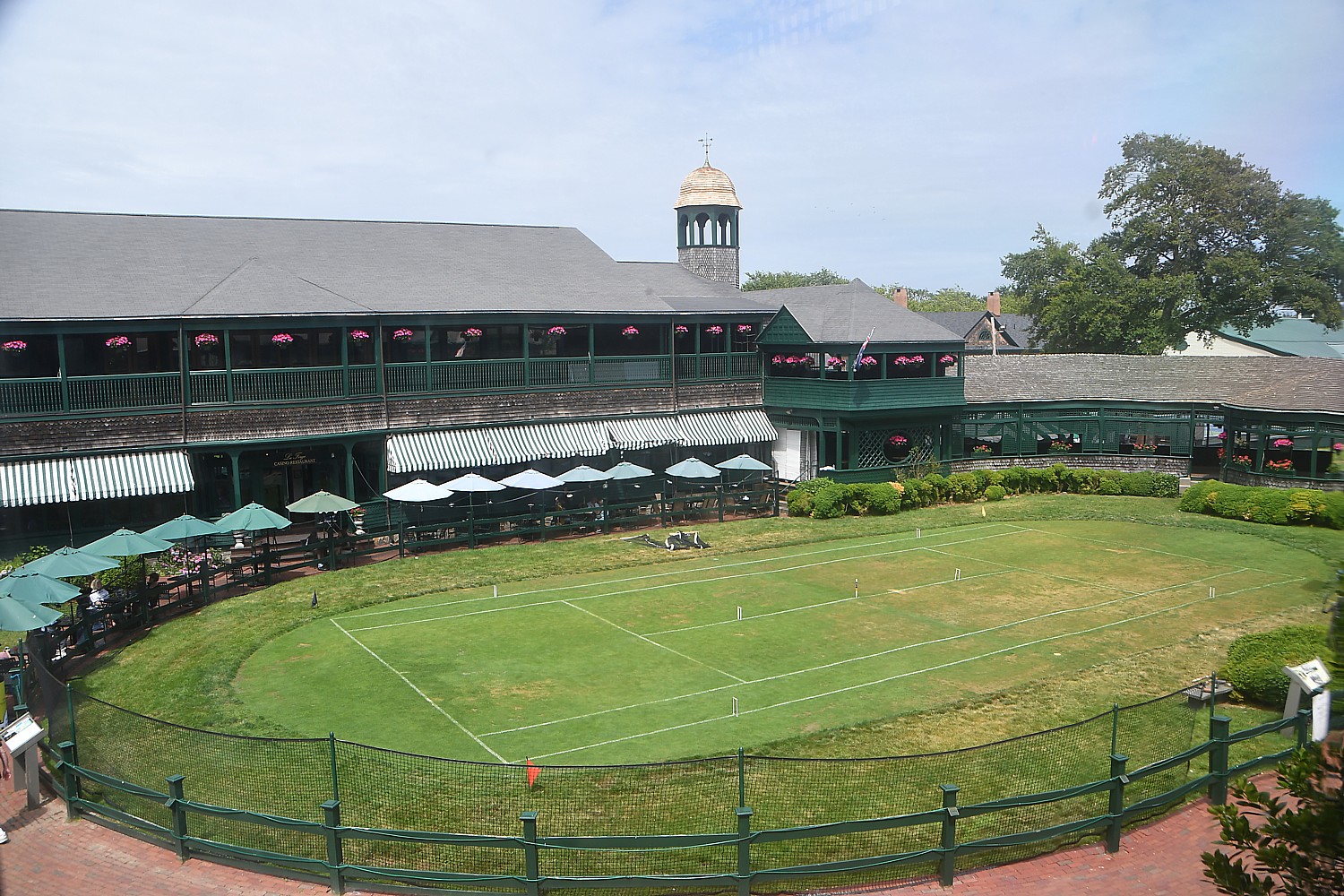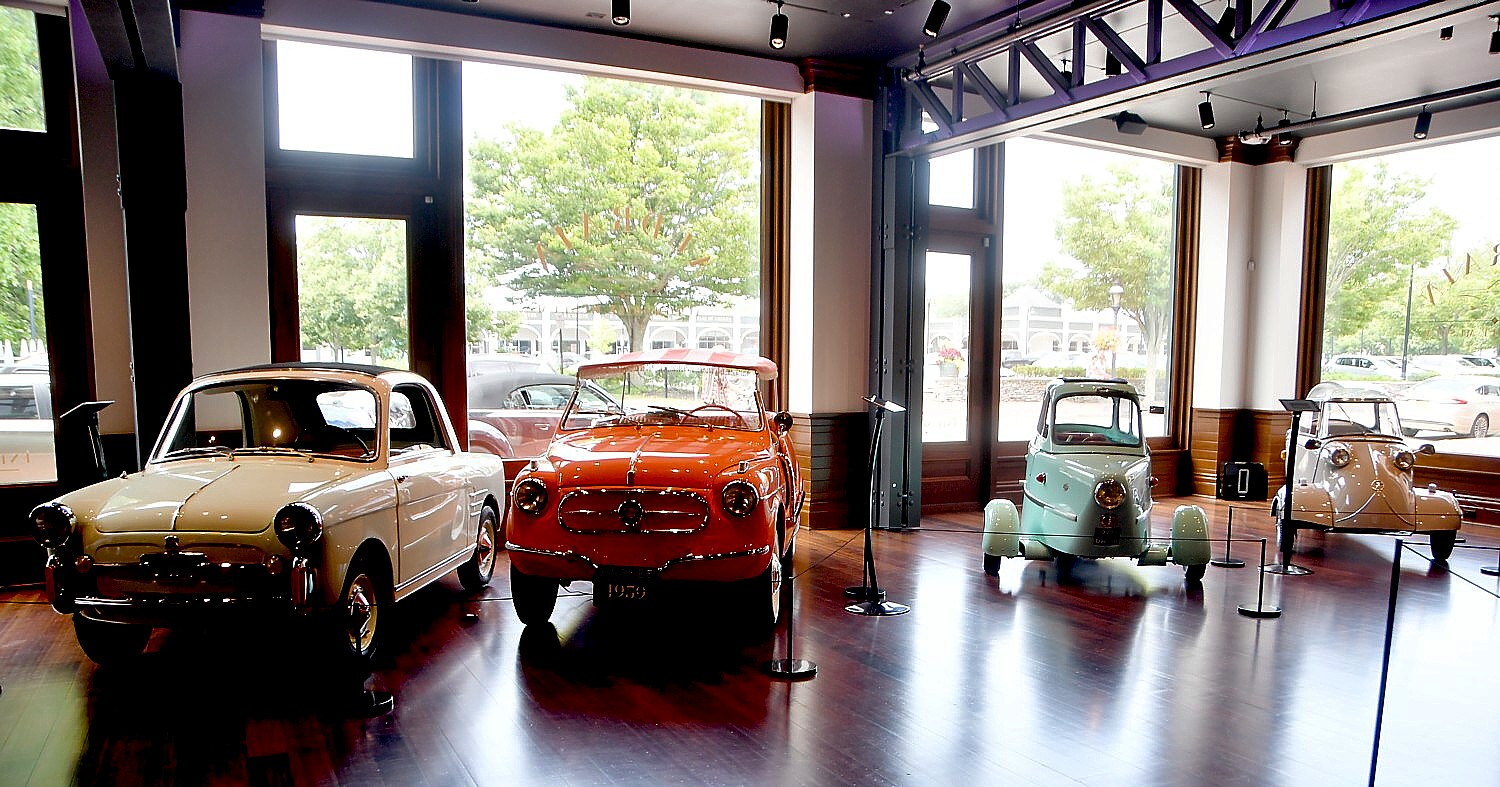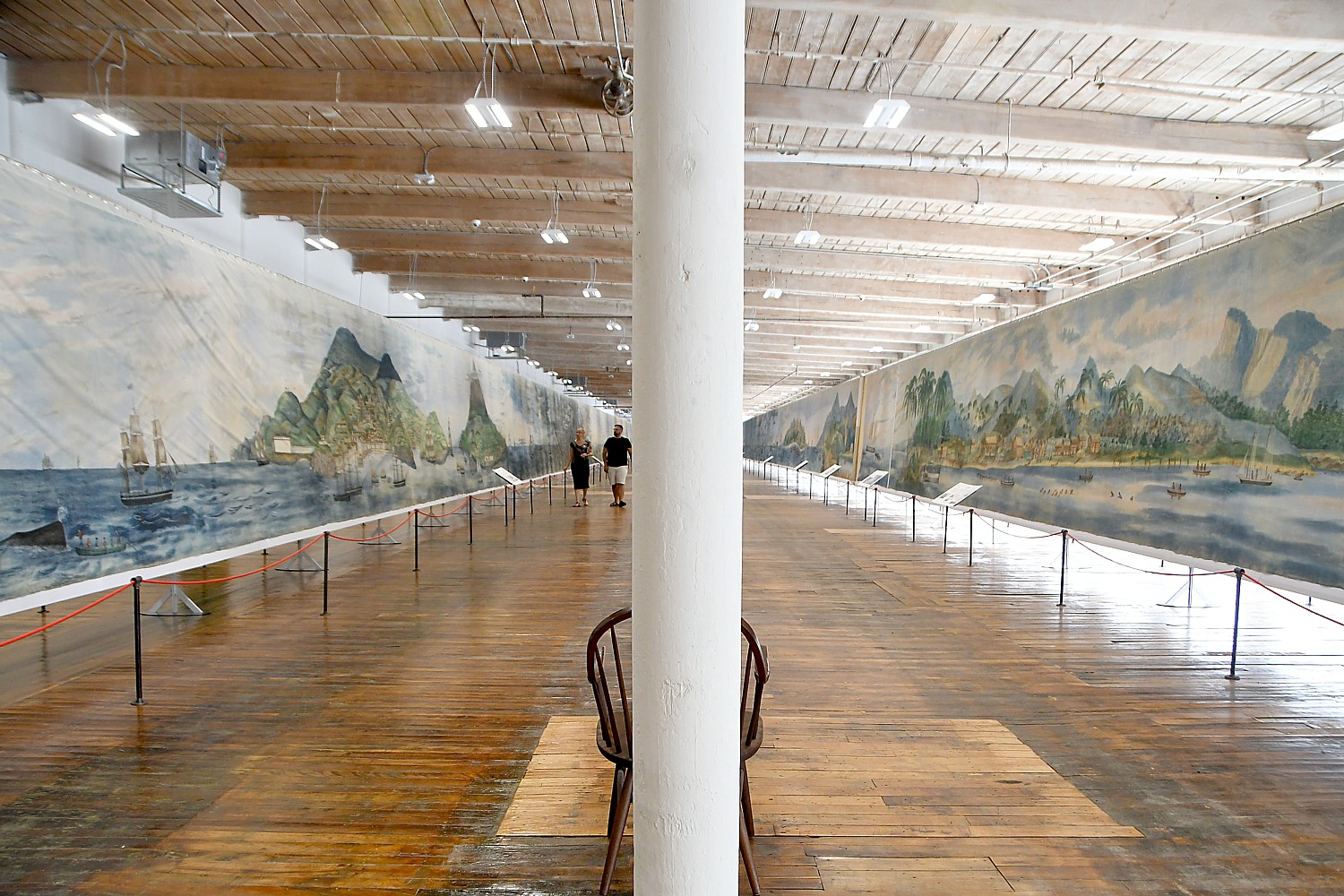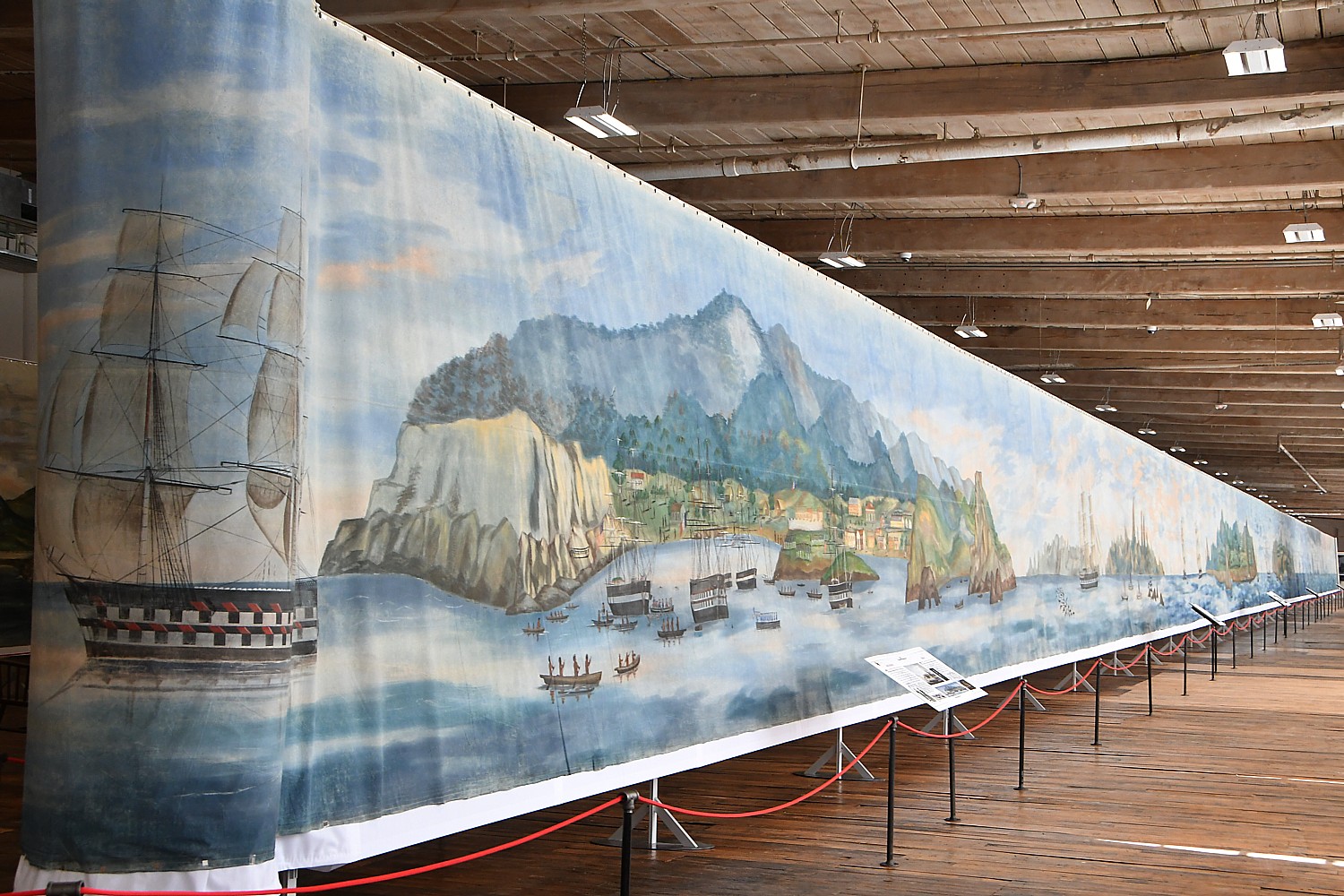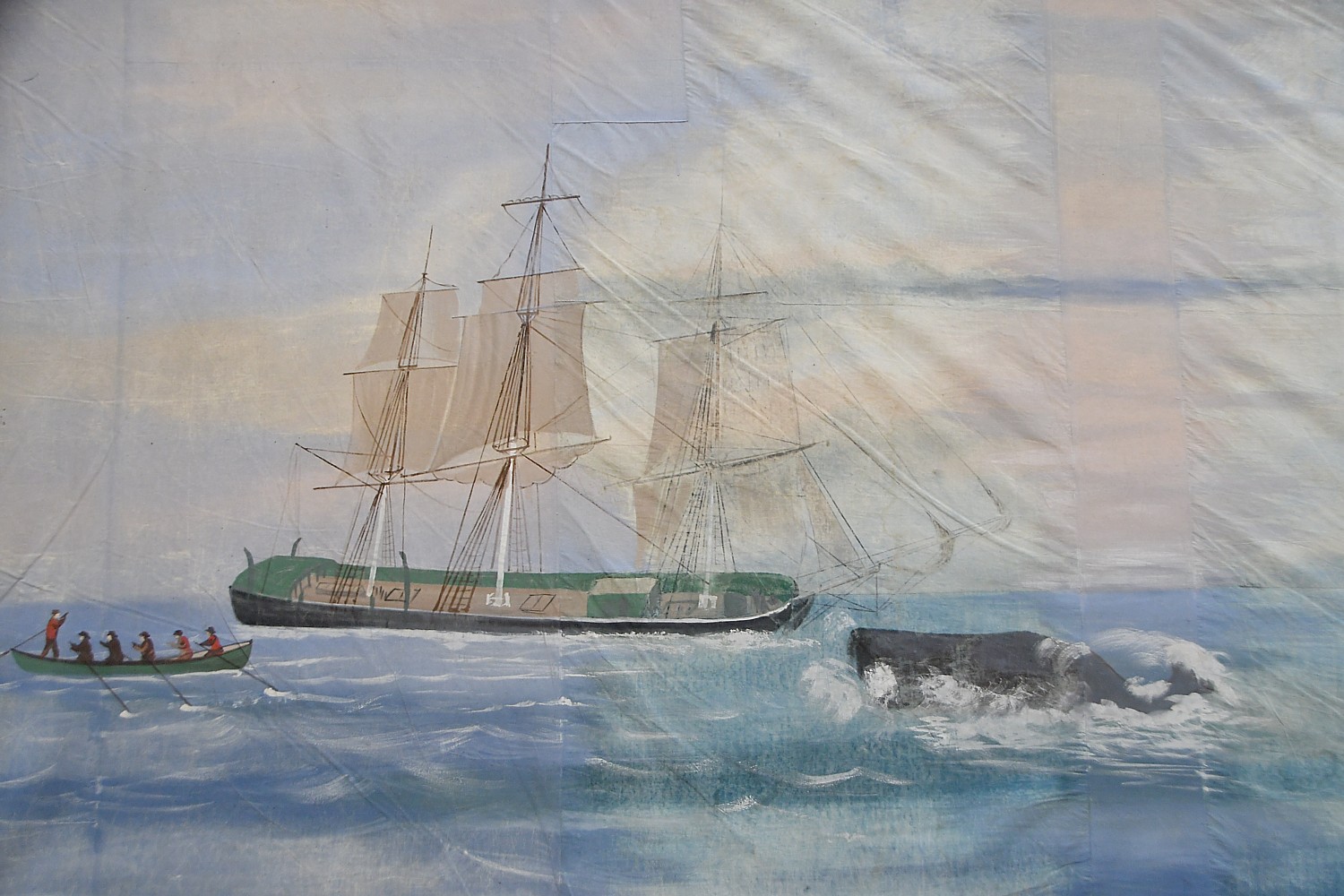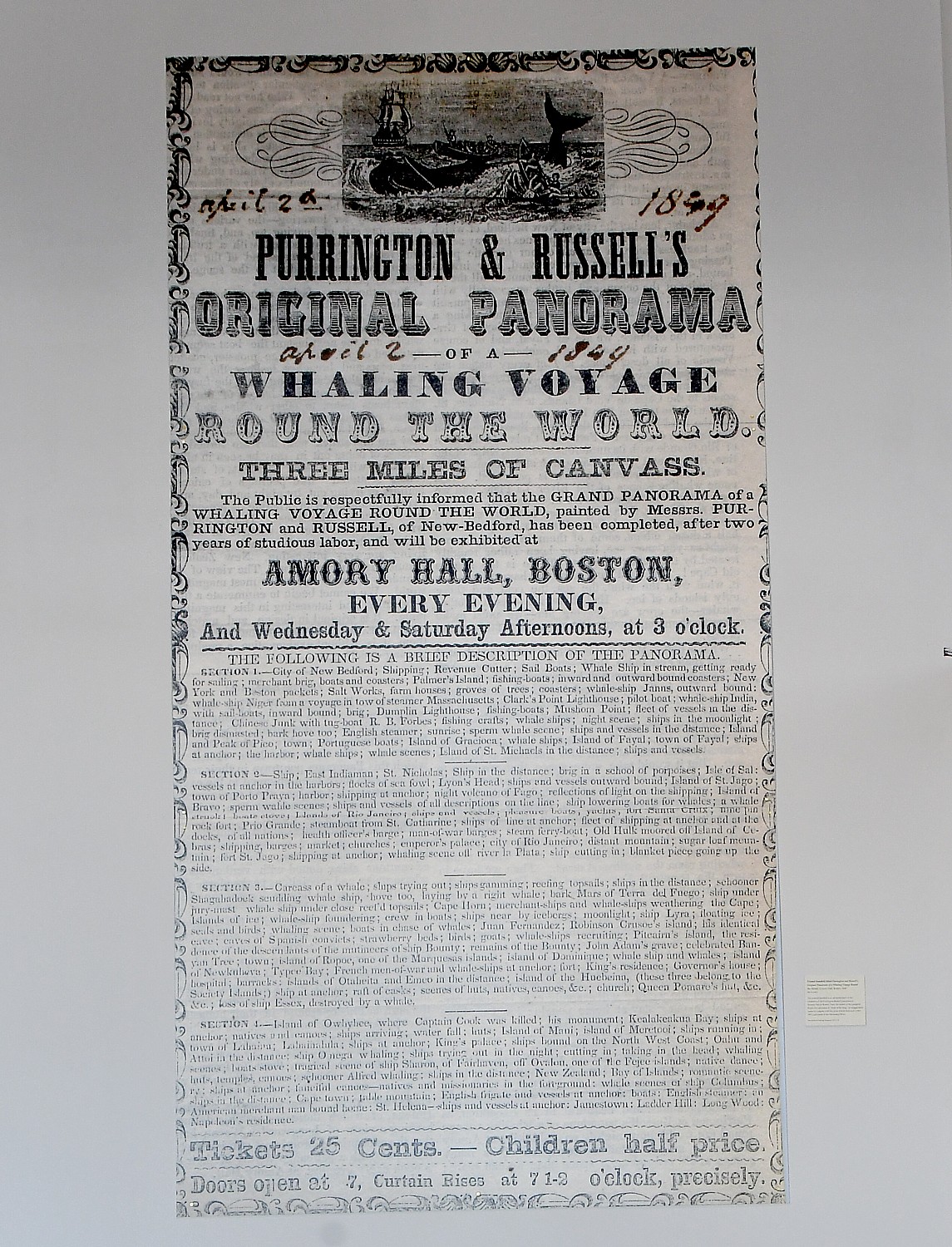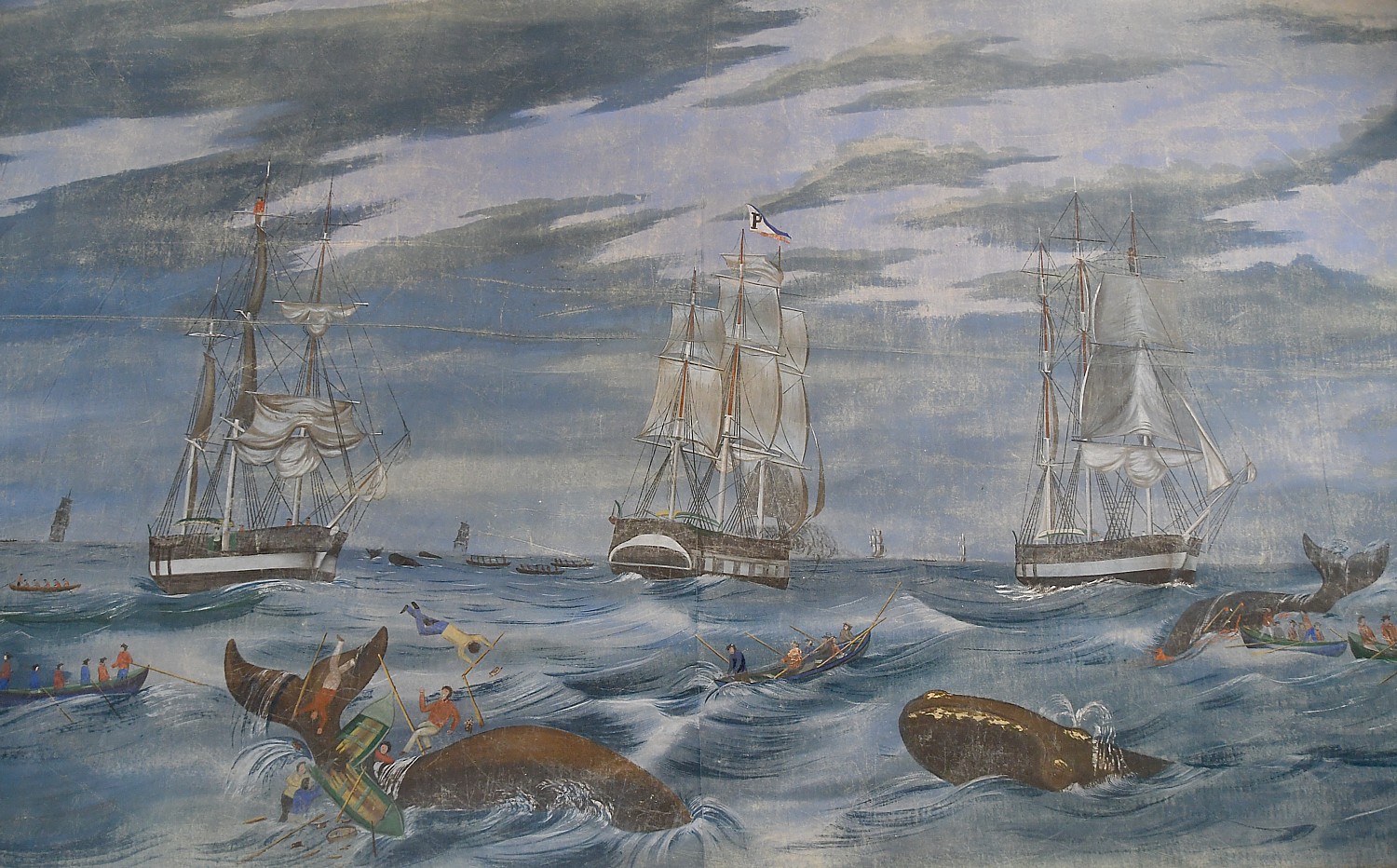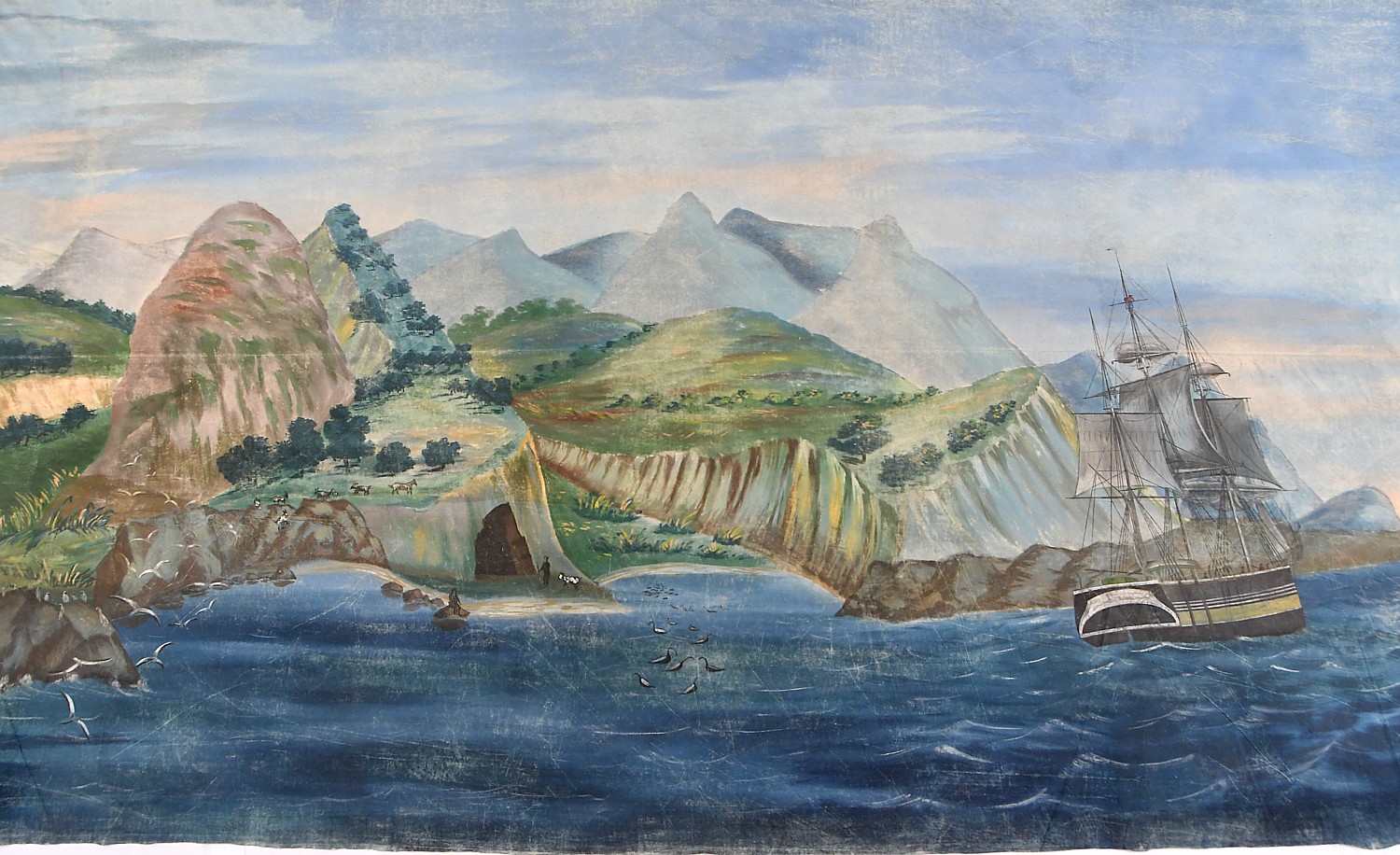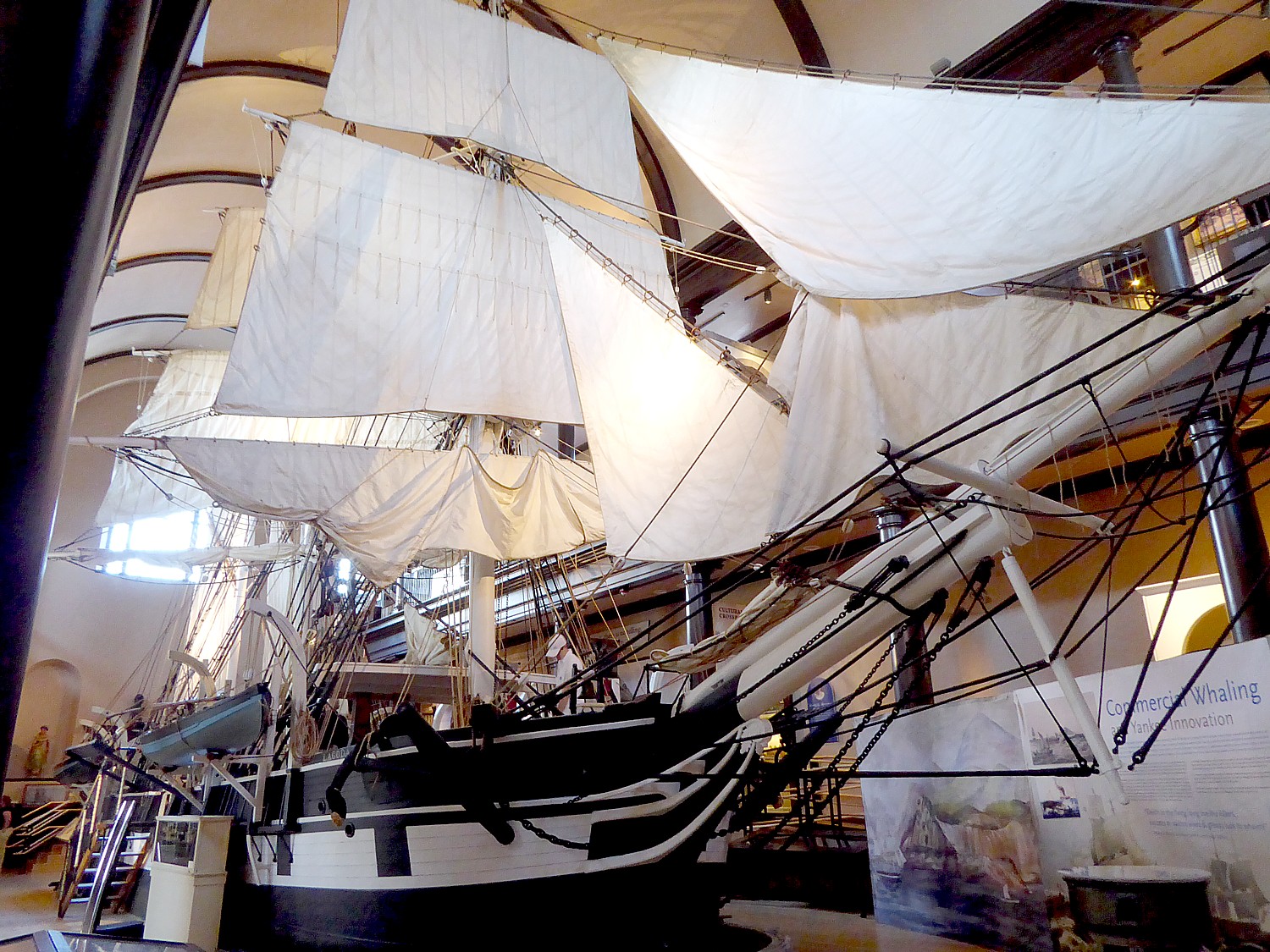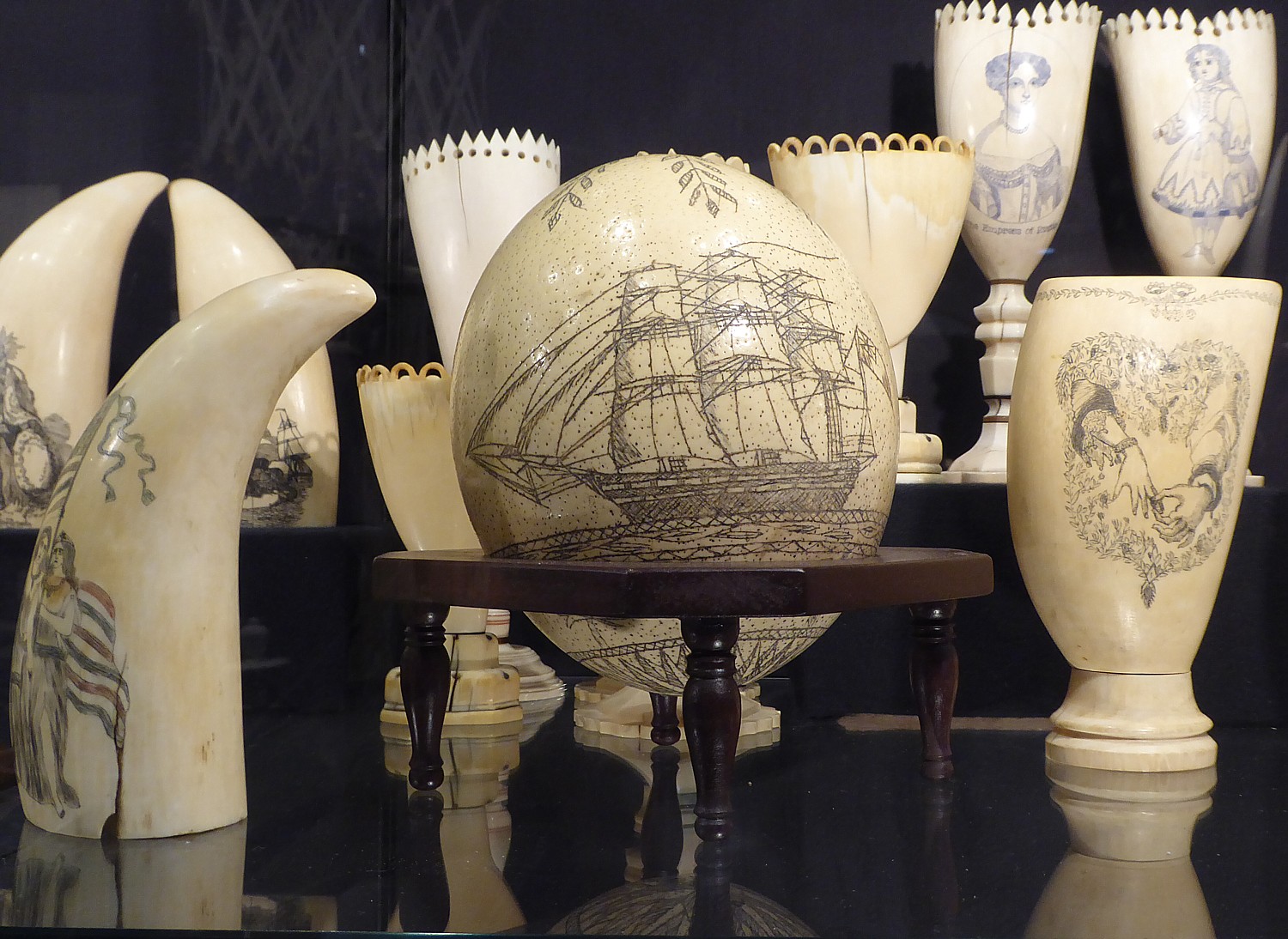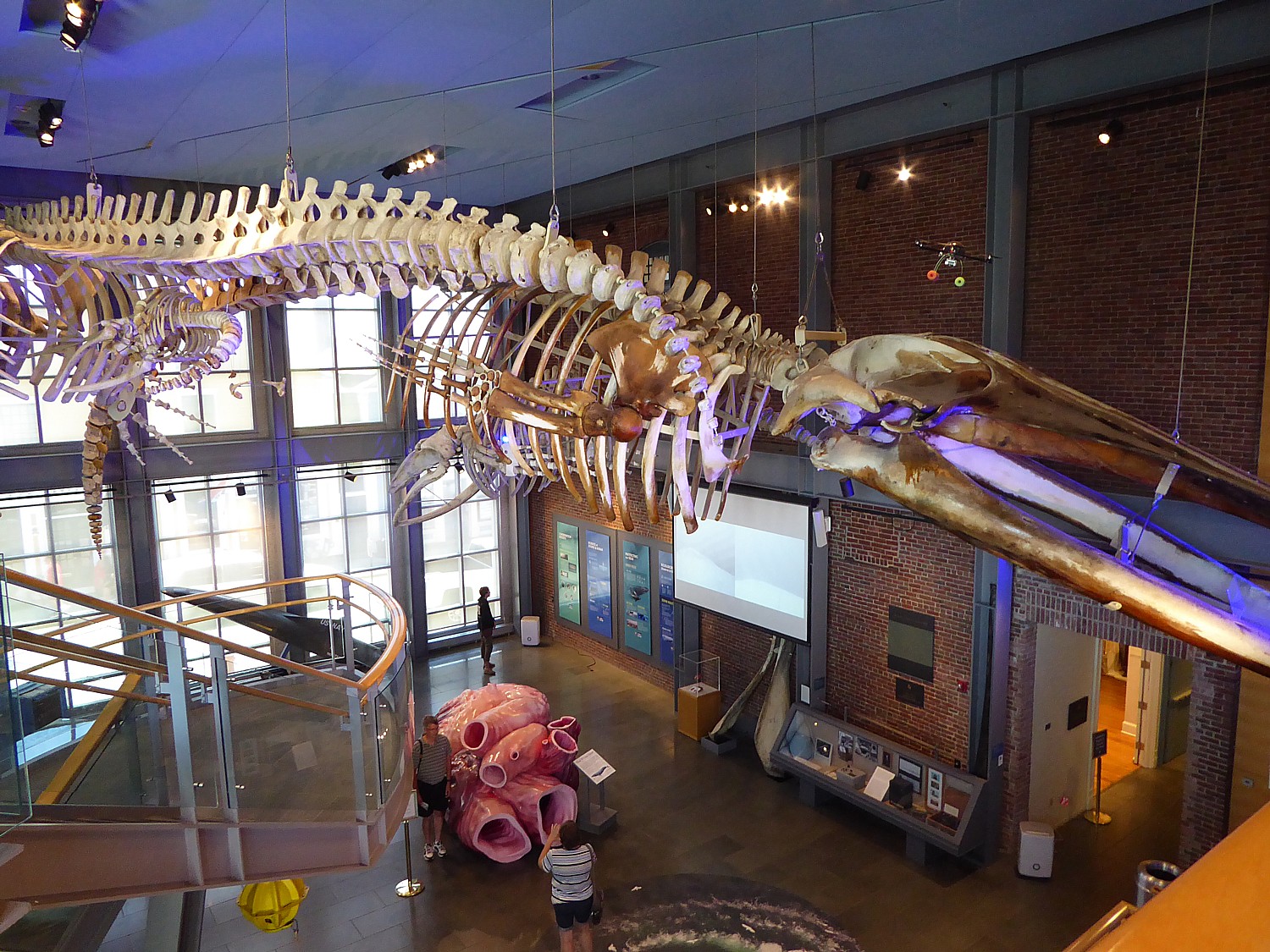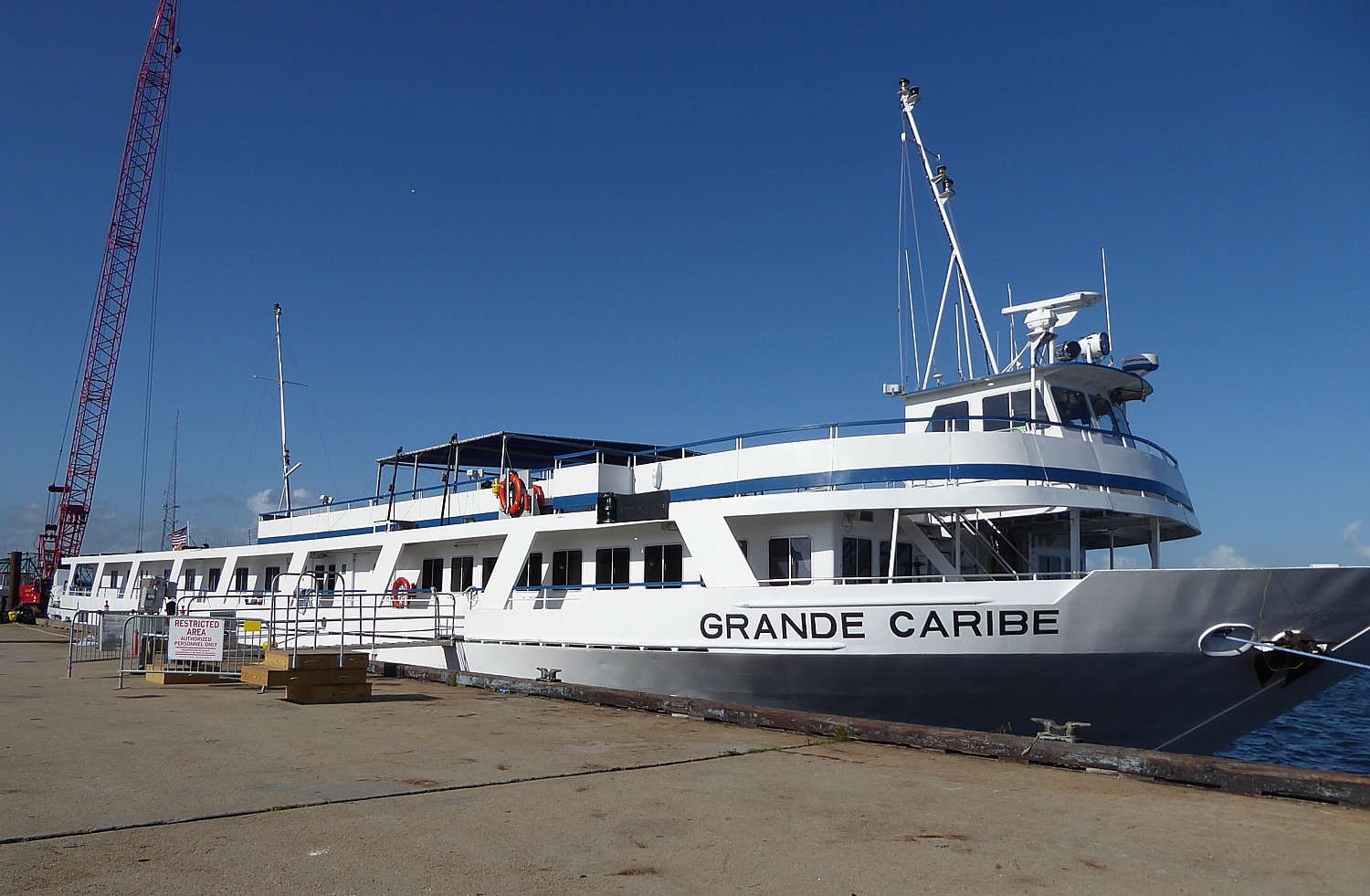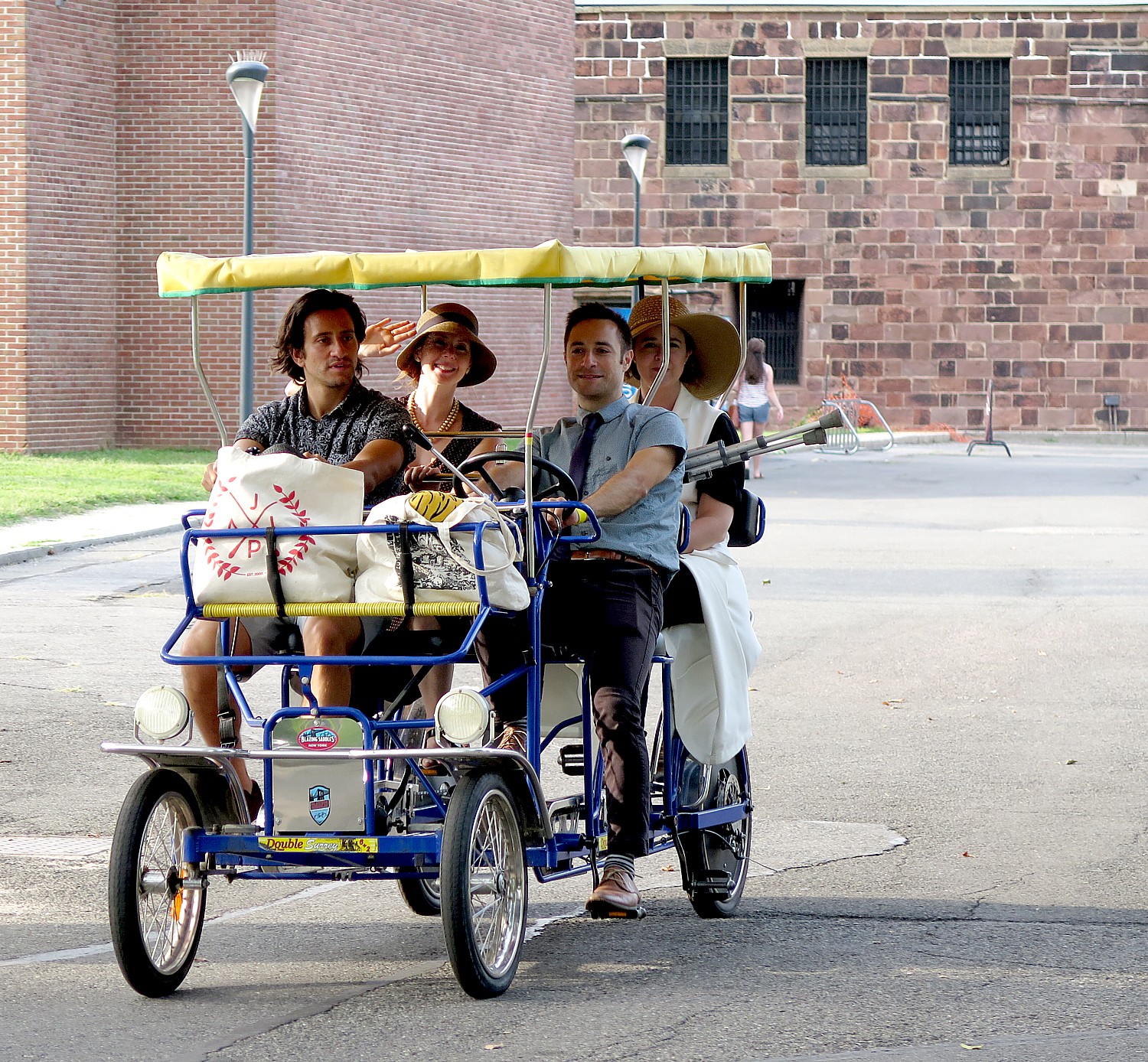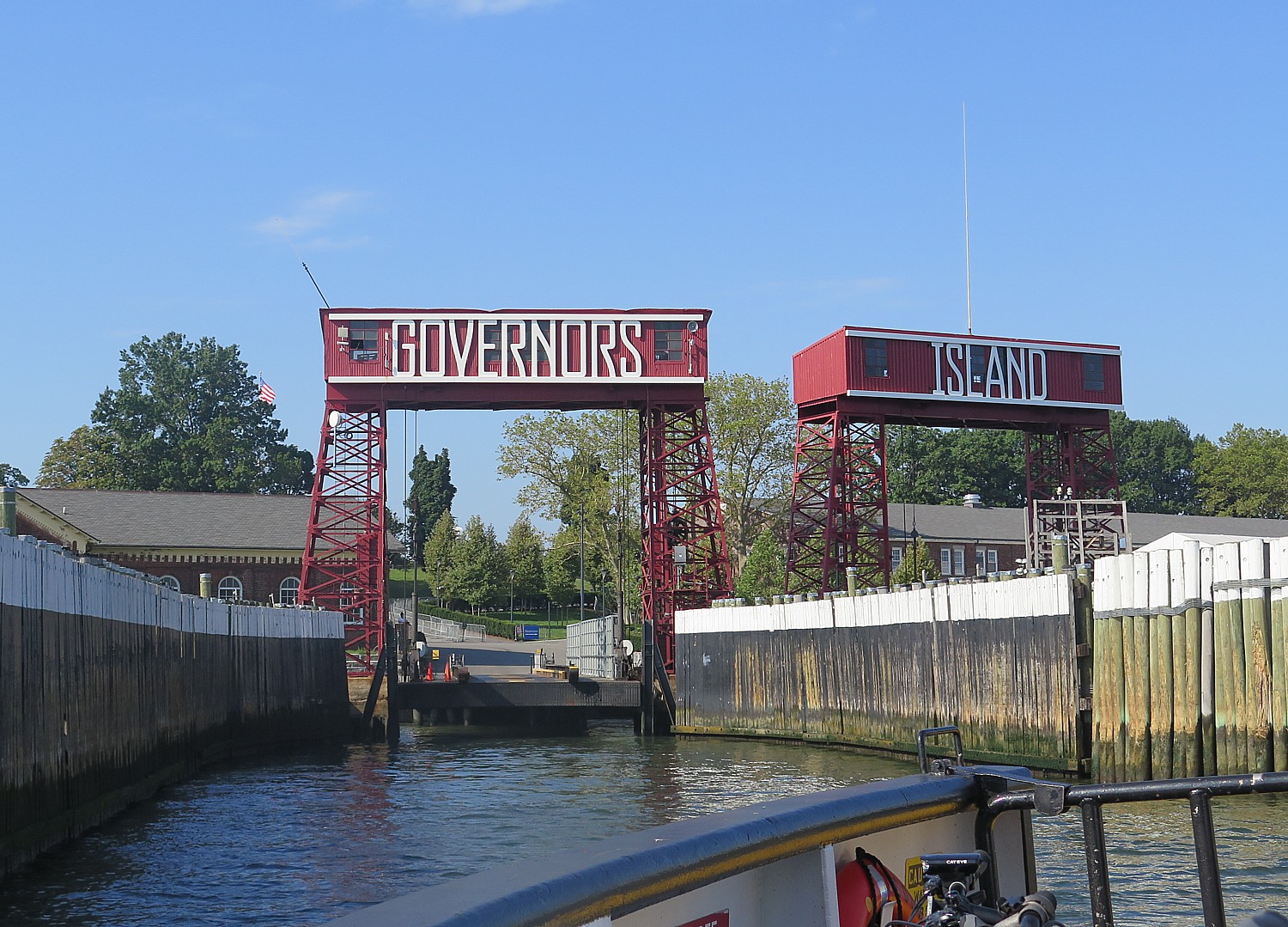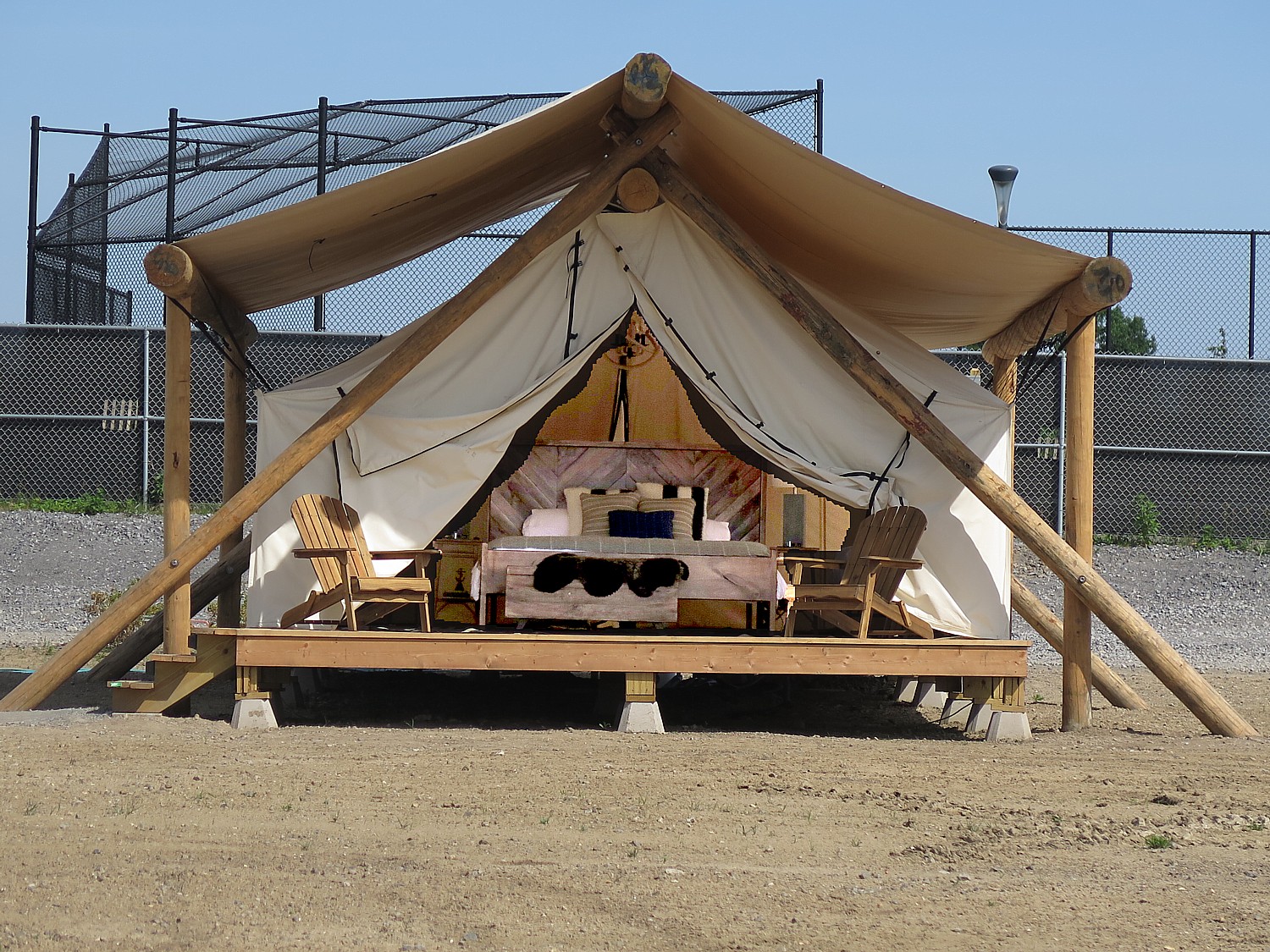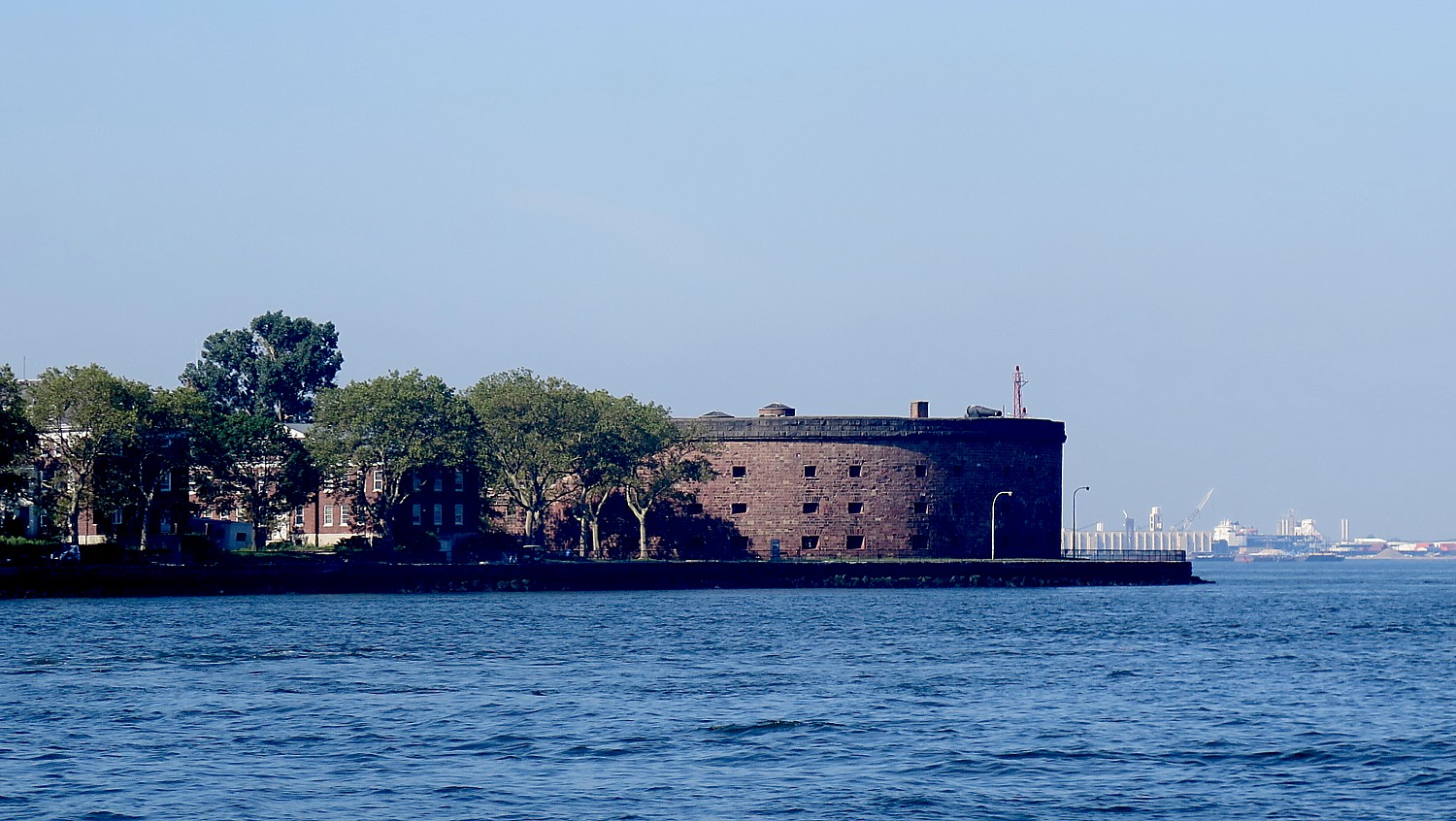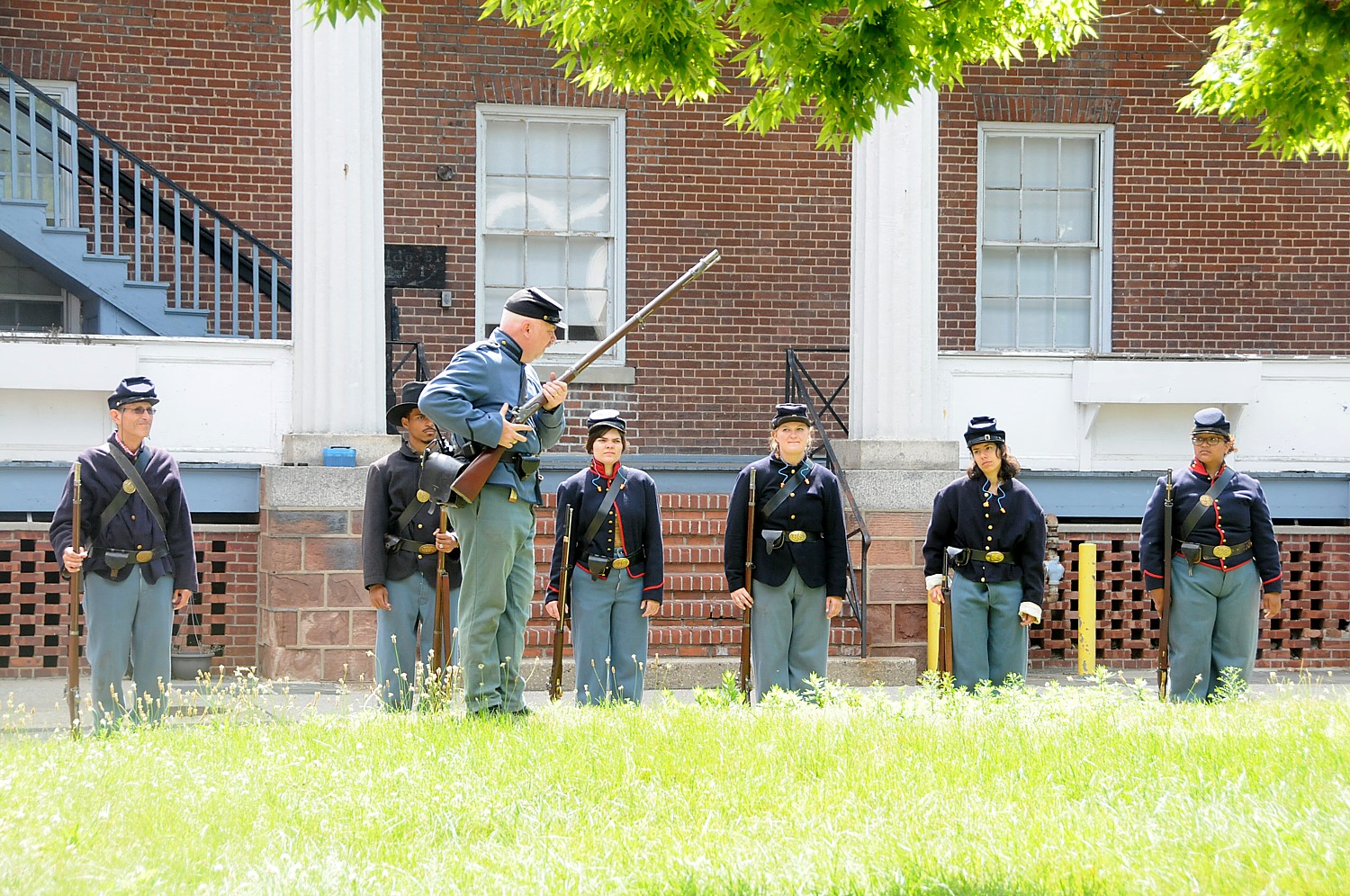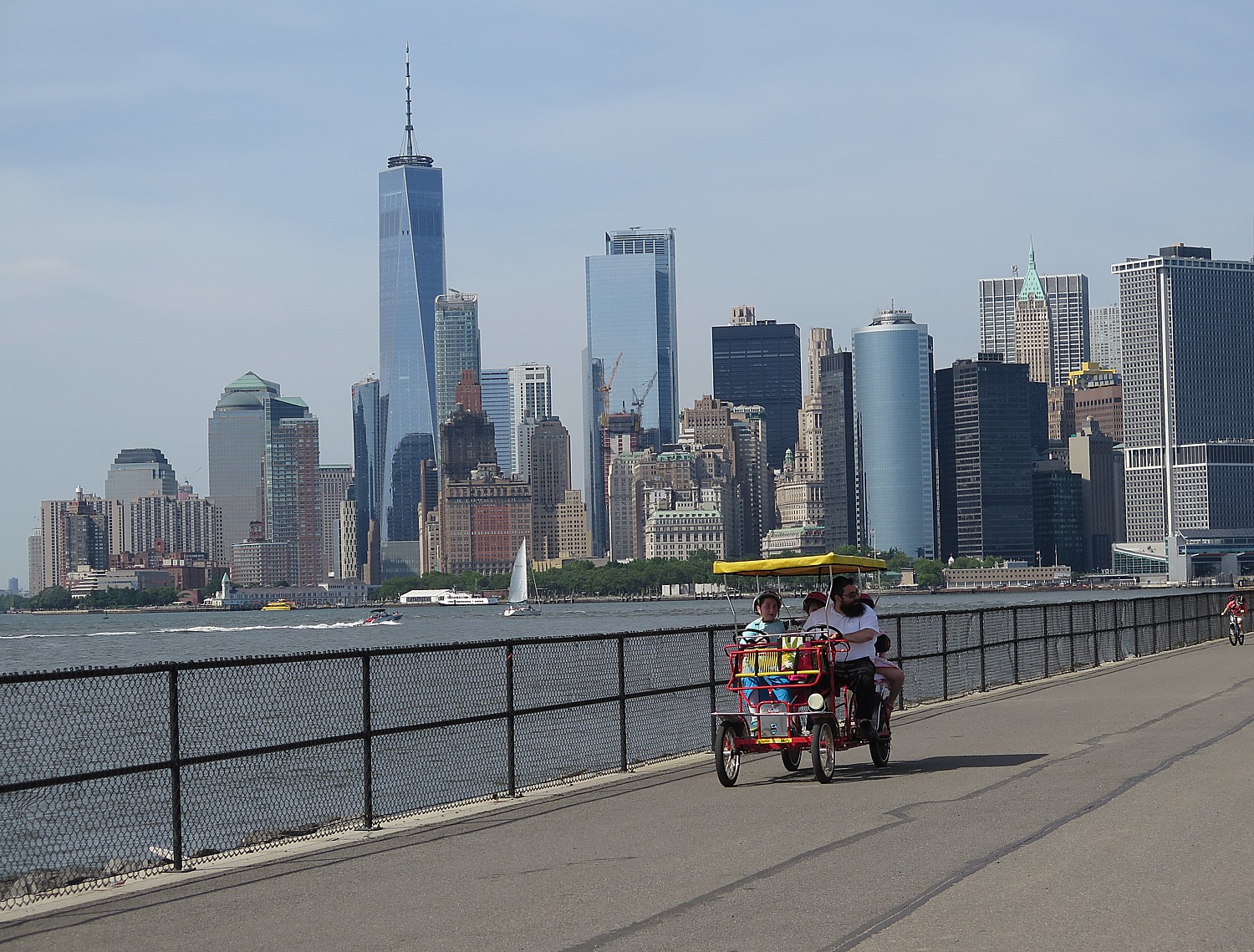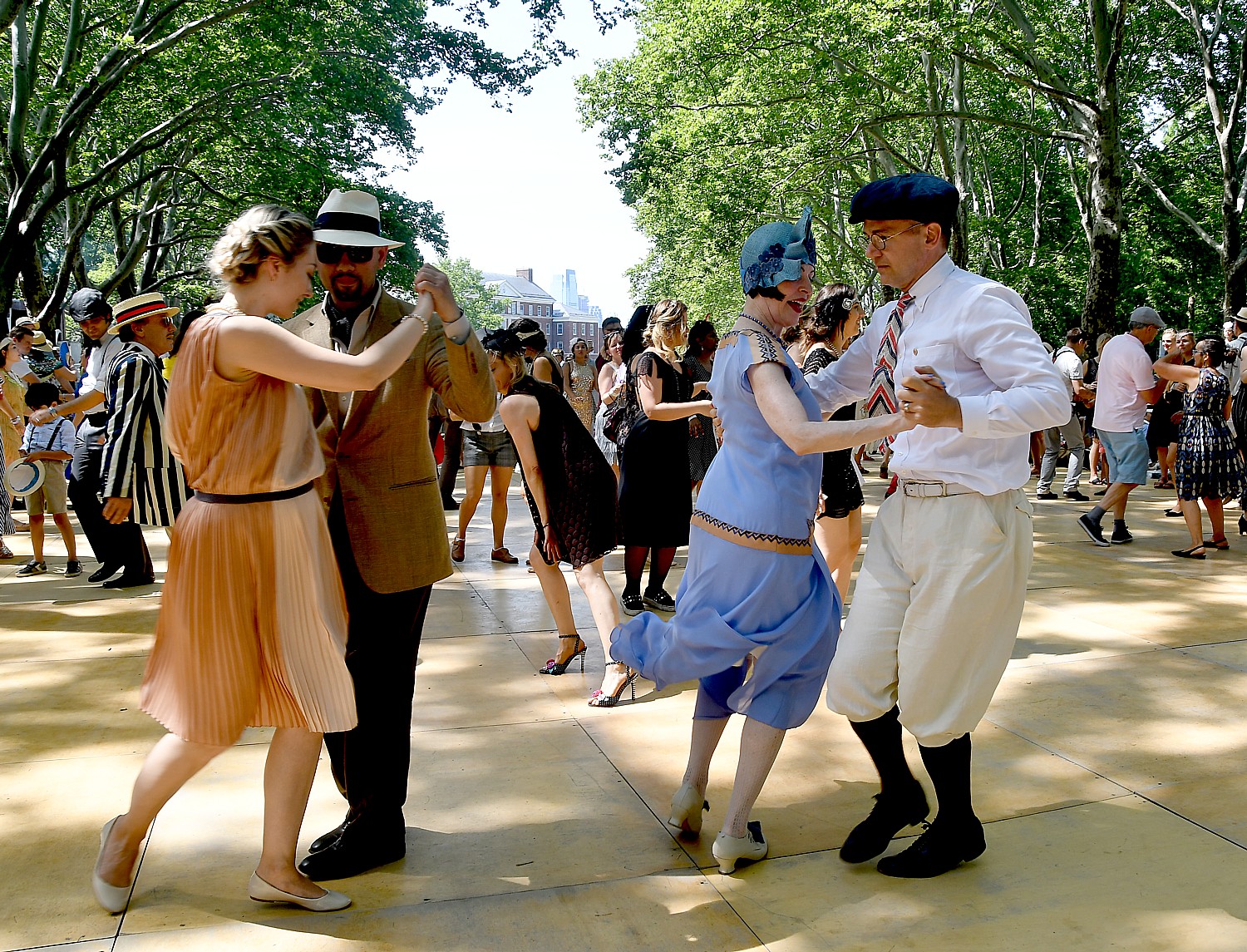
By Karen Rubin, Travel Features Syndicate, goingplacesfarandnear.com
This spring, the New-York Historical Society presents Hudson Rising, a unique exhibition that explores 200 years of ecological change and environmental activism along “the most interesting river in America” through artifacts, media, and celebrated Hudson River School paintings.
On view March 1 – August 4, Hudson Rising reflects on how human activity has impacted the river and, in turn, how the river environment has shaped industrial development, commerce, tourism, and environmental awareness. The exhibition also explores how experts in various fields are currently creating ways to restore and re-engineer areas of the river in response to climate change.
Indeed, we tend to think of the environmental movement as originating with Yellowstone and the national parks, but it is fascinating to realize that the beginning of environmental activism – and the techniques – began here. Citizens rallied to oppose the construction of a Con Ed plant on Storm King Mountain; one of the new organizations, Scenic Hudson, sued; the case, in 1965 set a precedent beyond the Hudson, establishing that citizens have standing to sue on behalf of conservation, even when they do not have a direct economic interest, that beauty and history also merit protection – the forerunner of the Environmental Protection Act. Later, a “viewshed,” modeled on the concept of a watershed, in connection with landscape painter Frederic Edwin Church’s Olana, also warranted preservation.

The Hudson River raised consciousness of the importance of environmental protection. the exhibit opens with paintings from Thomas Cole, the founder of the Hudson River School art movement (America’s first native-grown art movement), who worried even then about the encroachment of development. His paintings depict an idyllic landscape, but also the destruction of the forest to lumbering.
Much more than a body of water, the Hudson and its surroundings have been the home for humans and hundreds of species of fish, birds, and plants; offered an escape for city-dwellers; and witnessed battles over the uses of the river valley and its resources. For over 200 years, writers and artists have captured the river in paintings, drawings, literature, and photographs, and surveyors and scientists have mapped and measured its every parcel.
The Hudson has always encapsulated the tension between development and conservation. But it was more than about aesthetics, and the need for urbanites to be able to seek respite in the countryside: an early environmental scientist realized that logging in the Adirondacks, which was discovered to be the source of the Hudson, was jeopardizing the watershed supplying New York City.
Scientists at the same time discovered the critical link between forests and the health of rivers. They realized the Adirondack forest supported the Hudson River and aquatic animals. That begins the movement to save the Adirondacks, including the forests. Ultimately, it leads to New York State’s “Forever Wild” amendment to the state constitution, in 1894.
“This path-breaking exhibition explores ideas about the environment that developed in the context of the Hudson, examining how we became aware, as New Yorkers and as Americans, of the role that humans played in the river’s ecological degradation,” said Dr. Louise Mirrer, president and CEO of New-York Historical. “The exhibit also looks at the strategies we devised to address it. Spanning the entire industrial era, Hudson Rising presents a compelling account of how the Hudson has been an incubator for our ideas about the environment and our relationships to the natural world for two centuries-plus.”
Indeed, we learn that Theodore Roosevelt, before creating the first national park as president, innovated environmental protection as Governor of New York State, working with New Jersey, to protect the Palisades as a “park for the people” (hugely popular with immigrants who crammed into cities, the park had 2 million visitors in 1920, many who came by a free ferry); similarly Franklin Roosevelt, when he was New York State governor, created what would become the New Deal Civilian Conservation Corps when he was president.
Curated by Marci Reaven, New-York Historical’s vice president of history exhibitions, and Jeanne Haffner, associate curator, Hudson Rising begins with a prelude featuring artist Thomas Cole’s panoramic five-part Course of Empire series (1834-36), a treasure of New-York Historical’s collection that depicts the transformation of a pristine landscape into a thriving city, then its dramatic decline, and the fall of civilization.

Cole railed against “human hubris” and the exploitation of nature. “The ranges of the ax are daily and increasing,” Cole said. “Nature has spread for us a rich and delightful banquet. Shall we turn from it?” he wrote in his “Essay on American Scenery” (1836). Cole’s poetic questioning of the social costs of what was seen in his time as progress, serves as a prelude to the exhibition narrative, which begins with the industrial age and continues into the present day. The Hudson River, we learn, was the incubator for the environmental movement.
The exhibition is organized chronologically and geographically into five sections that highlight significant places and events in the environmental history of the river: Journeys Upriver: The 1800s, The Adirondacks: 1870s-1890s, The Palisades: 1890s-1950s, The Hudson Highlands: 1960s-1980s, and A Rising Tide: Today.
The exhibit is designed to meander, like the river itself, and uses actual artifacts – there is even the smell of freshly cut wood from the Adirondacks – that bring you, as much as possible to the Hudson: bricks from Haberstraw; rocks from the Palisades; iron from Cold Spring Foundry across from West Point; wood from Catskills; hemlock (used for tanning), even a fish tank with striped bath (blue eels will be added later). “The layout is a metaphor for the river,” said Ken Nintzel, the designer.

There are historical maps – one of the most impressive is a panorama map from 1847 that stretches the length of a wall, that tourists would use, “one of the great maps of American history”- photos, paintings, news clips that trace the battle to reclaim the Hudson from industrial pollution. A map from 1890s shows how the Hudson was “redesigned” to make it more navigable for shipping, changing the way the river ran, but in the process, did away with the shallows that hosted aquatic life and mitigated flooding. Another map documents how plentiful oysters used to be – New York city used to be the primary exporter of oysters and clams – until sewage in the Hudson killed off the oysters.
The painting by Thomas Cole of the Catskill Mountain House reminds that American tourism began here in the Hudson – today, you can hike up to where the hotel used to be and gaze out over the Hudson.
The exhibits surround you, and there are various interactive elements.

Journeys Upriver: The 1800s starts with a steamboat journey up the Hudson River from the New York City harbor to Albany, inspired by one of the great tourist guides of Hudson River history, the Panorama of the Hudson (1847). The detailed rendering of the river landscape led steamboat and armchair travelers from New York City to the last navigable point of the river near Troy, pointing out natural wonders, Hudson Valley industries, notable individuals, and Revolutionary War sites along the way. Also on view are paintings, industrial objects, and an important Army Corps of Engineers map that shows how the Corps engineered the river to be a more navigable and predictable shipping channel. Hudson River School art on display include Robert Havell Jr.’s View of Hudson River from near Sing Sing, New York (ca. 1850) and George Henry Boughton’s Hudson River Valley from Fort Putnam, West Point (1855), both depicting tourists enjoying the landscape.
The Adirondacks: 1870s-1890s examines the creation of Adirondack Park, established to save the source of the river and combat deforestation in order to protect the viability of the entire Hudson watershed. Advocates for the area included surveyor Verplanck Colvin, who mapped the area’s peaks and lakes as superintendent of the State Adirondack Survey and identified the source of the river at Lake Tear of the Clouds, and Seneca Ray Stoddard, a photographer whose images of deforestation made a case for forest conservation. On view in this section is one of Asher B. Durand’s majestic depictions of the Adirondack wilderness, Adirondack Mountains, New York (ca. 1870).
The Palisades: 1890s-1950s traces the protection of the forests and cliffs of the Palisades to maintain the health of the river and preserve a place for beauty and nature. In the late 1800s, the Palisades cliffs were being blasted to bits by road builders who prized their rock. Citizen activists, such as the New Jersey chapter of the General Federation of Women’s Clubs and the American Scenic and Historic Preservation Society, fought back and helped create Palisades Park in 1909. Residents of New York and New Jersey thronged to the park, arriving by foot, ferry, train, and car, with over two million people visiting in 1920 alone, most of them from Manhattan. The exhibition features a selection of tourist brochures from that era, including one with a trio of women posed on the cliff edge, above the river.
The Hudson Highlands: 1960s-1980s explores how activism along the river helped spark the modern American environmental movement. By the early 1960s, untreated sewage and industrial pollutants were poisoning the river. Increasing numbers of power plants were also rising along the Hudson, whose operations were killing millions of fish, and whose monumental structures were intruding upon the most treasured vistas. When Con Edison announced plans to build a plant on Storm King Mountain, citizen activists fought back and prevented its construction. By the 1980s, citizens could legally intervene to stop development that put treasured natural resources at risk. On view is an aquarium featuring striped bass and other fish native to the Hudson River, which now thrive due to activists’ efforts to save them. Displays of artifacts, images, and media from the environmental campaigns of the era include a 1983 photograph featuring John Cronin, river patroller for the Hudson River Fisherman’s Association (now called Riverkeeper) on his first day on the job, confronting an Exxon tanker discharging polluted water into the river.
The final section, A Rising Tide: Today, discusses the process of reimagining and reclaiming the Hudson River in the 21st century, as experts in many fields explore ways to restore and re-engineer areas of the river in response to climate change. The exhibition showcases innovative projects addressing these concerns, such as a system of “living breakwaters,” reef-like structures designed to restore diverse aquatic habitats, lessen wave impacts, and restore the shoreline, implemented by the New York Governor’s Office of Storm Recovery and landscape architecture firm SCAPE.
“We hope Hudson Rising will inspire visitors to see the river differently, and how movements like environmental activism get born,” Dr. Mirrer said.
“It’s not a new story, but this is the first exhibit that presents such a comprehensive look at the Hudson River as an incubator of the environmental movement.”
Programming
As part of New-York Historical’s What the History programs, a suite of interactive talks, history classes, art-making workshops, and social evenings for a young professional audience illuminates the environmental history of New York, the lasting impact of the Hudson River School painters on the American imagination, and how contemporary design and ideas are engaging with the threats climate change pose to the city.
Visiting families can enjoy a special guide featuring suggested exhibition highlights to view as a family, discussion questions, and gallery-based activities. During the April School Vacation Week (April 19-28), Museum’s family programs explore environmental activism, including art making using recycled materials in Museum galleries. On the weekends (April 20-21 and April 27-28) visiting families can interact with Living Historians portraying famous and unsung activists of American history.
On April 16, architectural historian Barry Lewis discusses how the Victorians “greened” their homes and cities, bringing nature into city greenbelts and private home design. On May 22, Douglas Brinkley, New-York Historical’s presidential historian, explores how presidents like Theodore Roosevelt and Franklin Delano Roosevelt championed the protection of the nation’s natural treasures and established a sprawling network of state parks and scenic roadways, respectively. On June 9, author Leslie Day leads a tour along the Hudson River exploring its rich geological and human history and its diverse ecosystems.
Present Day Relevance
The exhibit is particularly timely: years of exploitation and pollution have resulted in the entire Hudson River, from the Battery to Hudson Falls, some 200 miles, designated a superfund site by EPA. Mandated clean-up by industrial polluters including General Electric, have significantly improved conditions. But the Trump Administration’s EPA is moving to issue a Certificate of Completion which would end GE’s responsibility for cleaning up the Superfund site, despite the state’s research that shows high levels of PCBs remaining in the river.
Governor Cuomo issued a statement ahead of Administrator Wheeler’s visit to New York:
“In New York, we are leading the fight to protect our environment with the most ambitious environmental agenda in the nation. Administrator Wheeler, while you are in New York, I urge you to visit the Hudson River, one of this country’s natural treasures that is also one of the most pressing Superfund sites in the country. New York has fought to restore this vital resource but the ball is now in the EPA’s court. The EPA can either do the right thing and continue to hold GE accountable for continued clean up, or they can side with big polluters and let GE off the hook for its responsibility to clean up PCBs in the river.
“We refused to allow PCB contamination to continue to jeopardize the health and safety of our communities for generations to come. We hope and expect that the EPA will join us in ensuring the full completion of the cleanup.”
I suggested Wheeler visit “Hudson Rising”.
The New-York Historical Society, one of America’s preeminent cultural institutions, is dedicated to fostering research and presenting history and art exhibitions and public programs that reveal the dynamism of history and its influence on the world of today. Founded in 1804, New-York Historical’s mission is to explore the richly layered history of New York City and State and the country, and to serve as a national forum for the discussion of issues surrounding the making and meaning of history. New-York Historical is also home to the Patricia D. Klingenstein Library, one of the oldest, most distinguished libraries in the nation—and one of only 20 in the United States qualified to be a member of the Independent Research Libraries Association—which contains more than three million books, pamphlets, maps, newspapers, manuscripts, prints, photographs, and architectural drawings.
New-York Historical Society, 170 Central Park West (at 77th Street), www.nyhistory.org.
See for Yourself: Hike the Hudson River School Art Trail
Walk in the footsteps of the Hudson River School artists Thomas Cole, Frederic Church, Asher B. Durand, Jasper Cropsey, Sanford Gifford and other pioneering American landscape artists, literally walking into their paintings, and appreciating their work in an entirely new way.

See what inspired Thomas Cole, his art and his passion to save the Hudson Valley environment, when you visit his home and art studio. Visit Frederic Edwin Church’s magnificent Olana, walk the gorgeous trails and see the very first protected “viewshed” (Olana State Historic Site, 5720 State Route 9G, Hudson, NY 12534, 518-828-0135, olana.org.) Hike the trails that take you up to where the Catskill Mountain House would have stood, to Sunset Rock, to Kaaterskill Falls, North-South Lake, just as the Hudson River School painters did, often with markers that show the paintings that were created from that very same vantage point.

“The Hudson River School painters believed art to be an agent of moral and spiritual transformation. In large-scale canvases of dramatic vistas with atmospheric lighting, they sought to capture a sense of the divine, envisioning the pristine American landscape as a new Garden of Eden. Their work created not only an American art genre but also a deeper appreciation for the nation’s natural wonders, laying the groundwork for the environmental conservation movement and National Park System.”
Most of the stops on the trail are within 15 miles of the Thomas Cole National Historic Site, in Catskill. (Thomas Cole National Historic Site, 218 Spring Street, Catskill, NY 12414, 518-943-7465, thomascole.org)
_____________________________
© 2019 Travel Features Syndicate, a division of Workstyles, Inc. All rights reserved. Visit goingplacesfarandnear.com, www.huffingtonpost.com/author/karen-rubin, and travelwritersmagazine.com/TravelFeaturesSyndicate/. Blogging at goingplacesnearandfar.wordpress.com and moralcompasstravel.info. Send comments or questions to [email protected]. Tweet @TravelFeatures. ‘Like’ us at facebook.com/NewsPhotoFeatures
